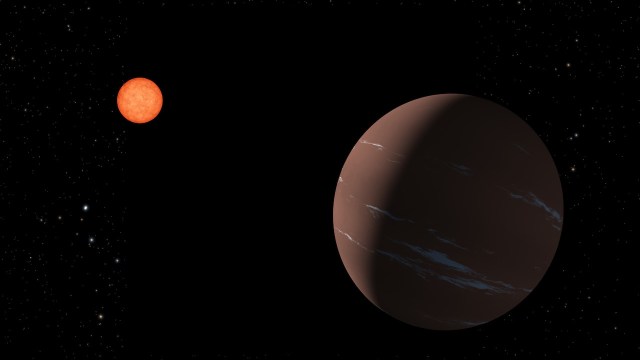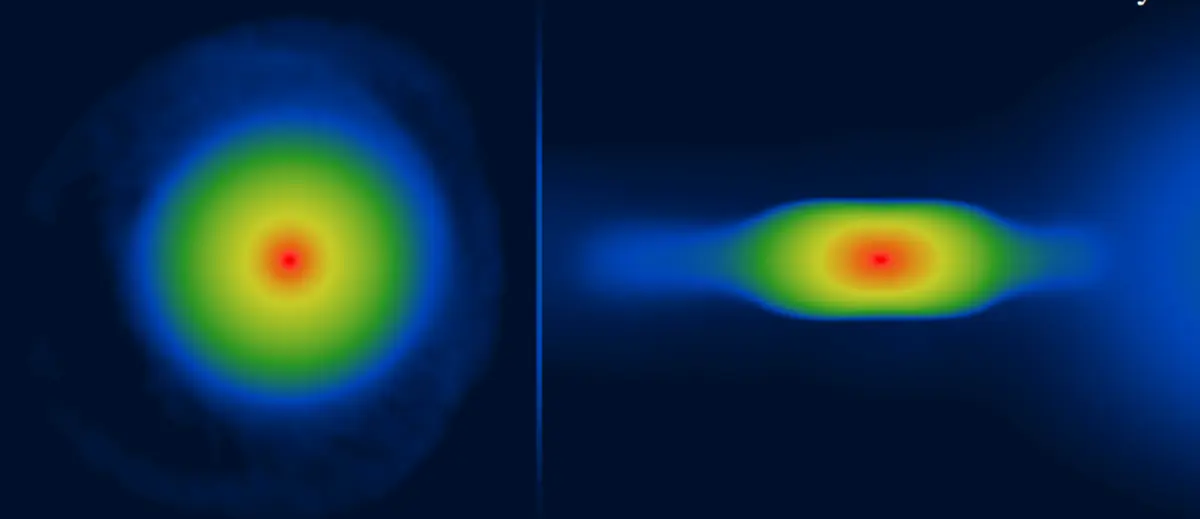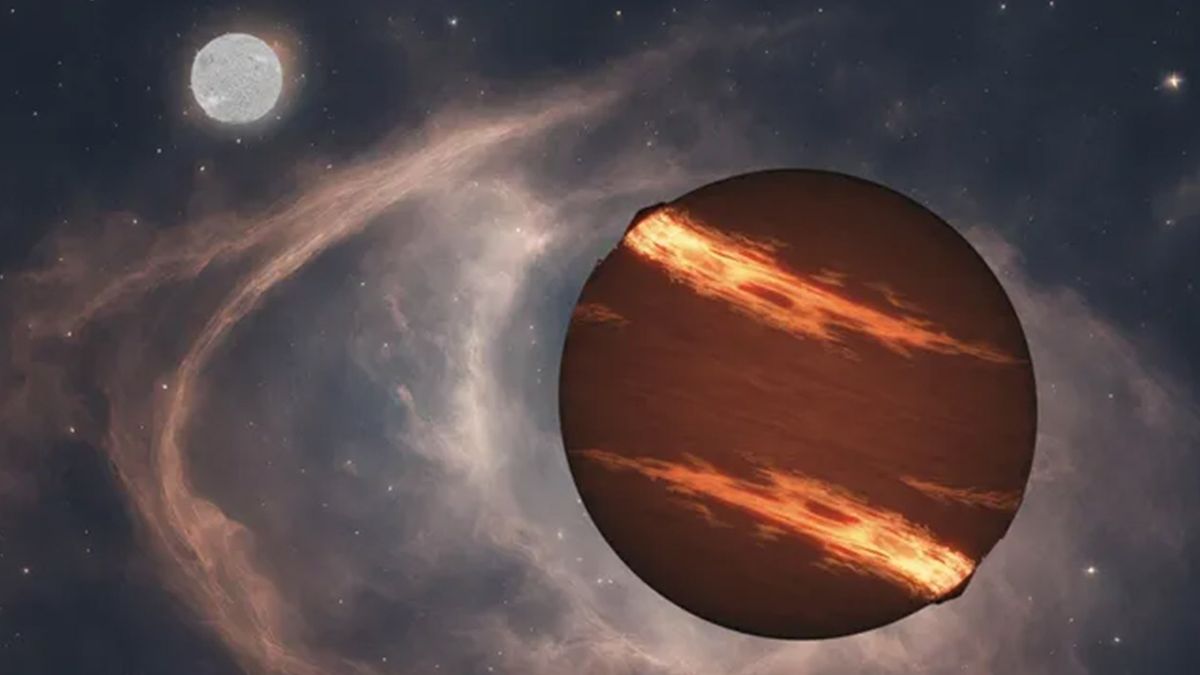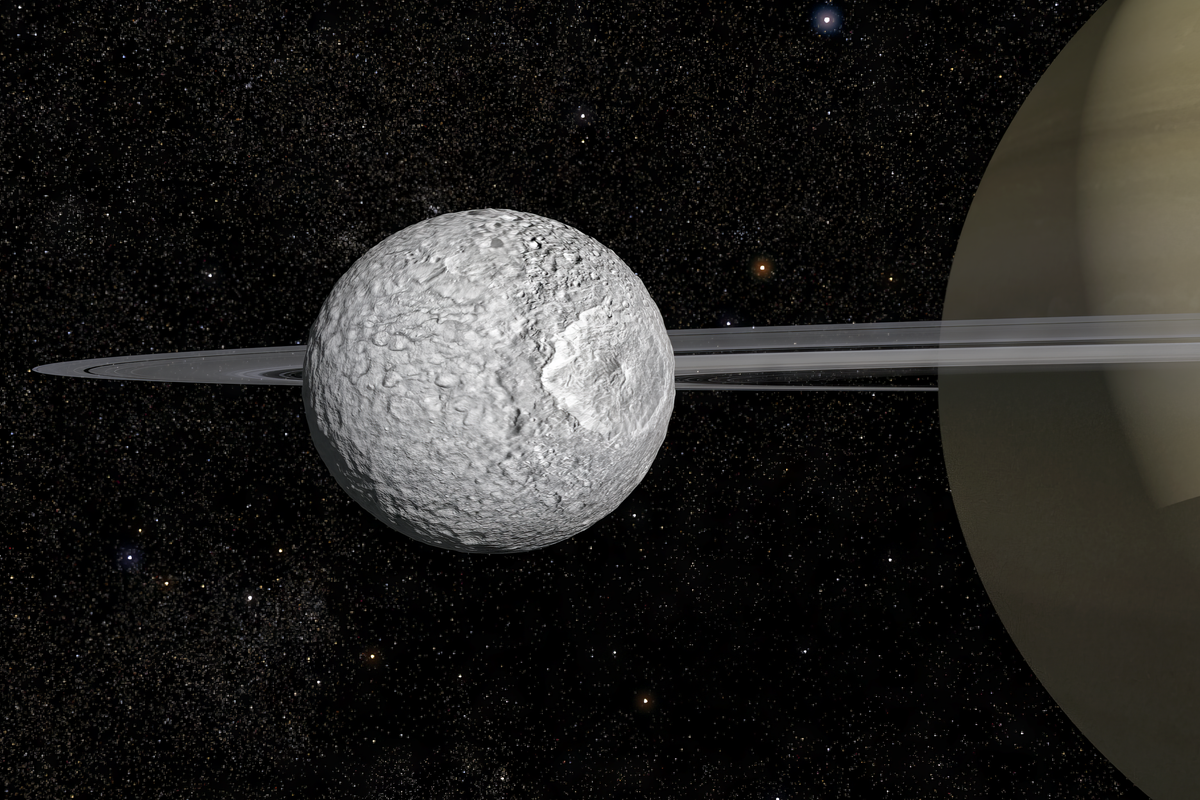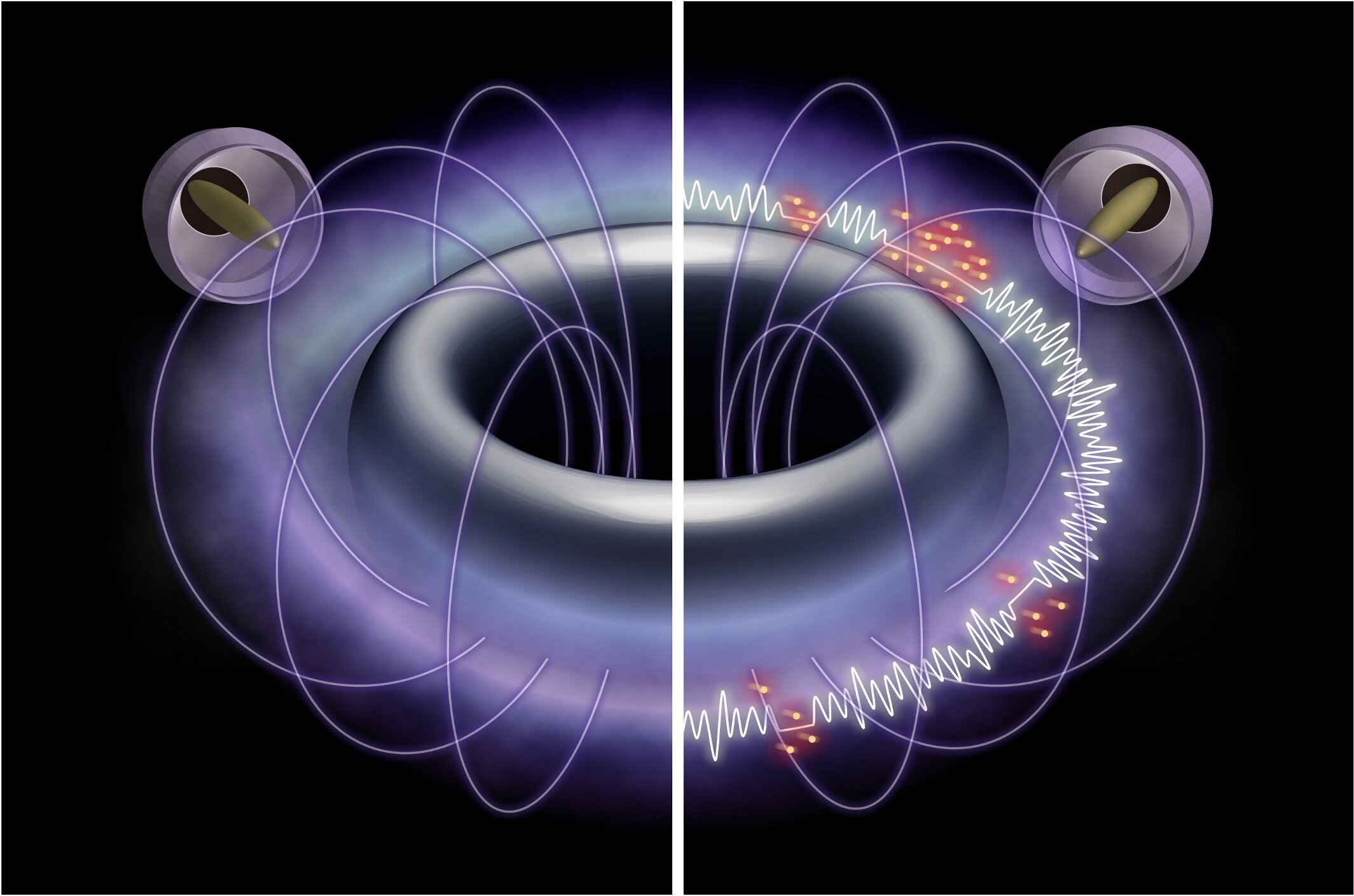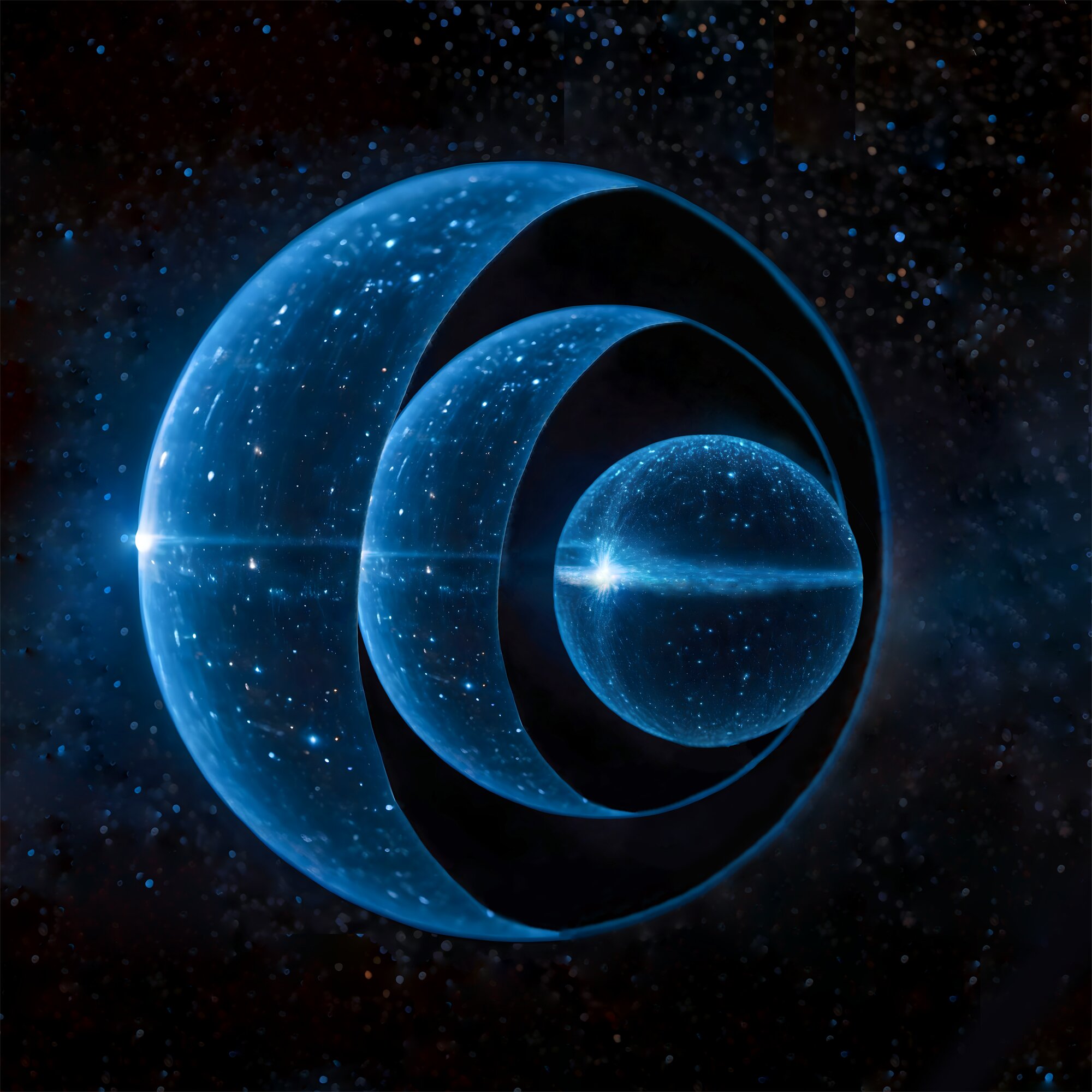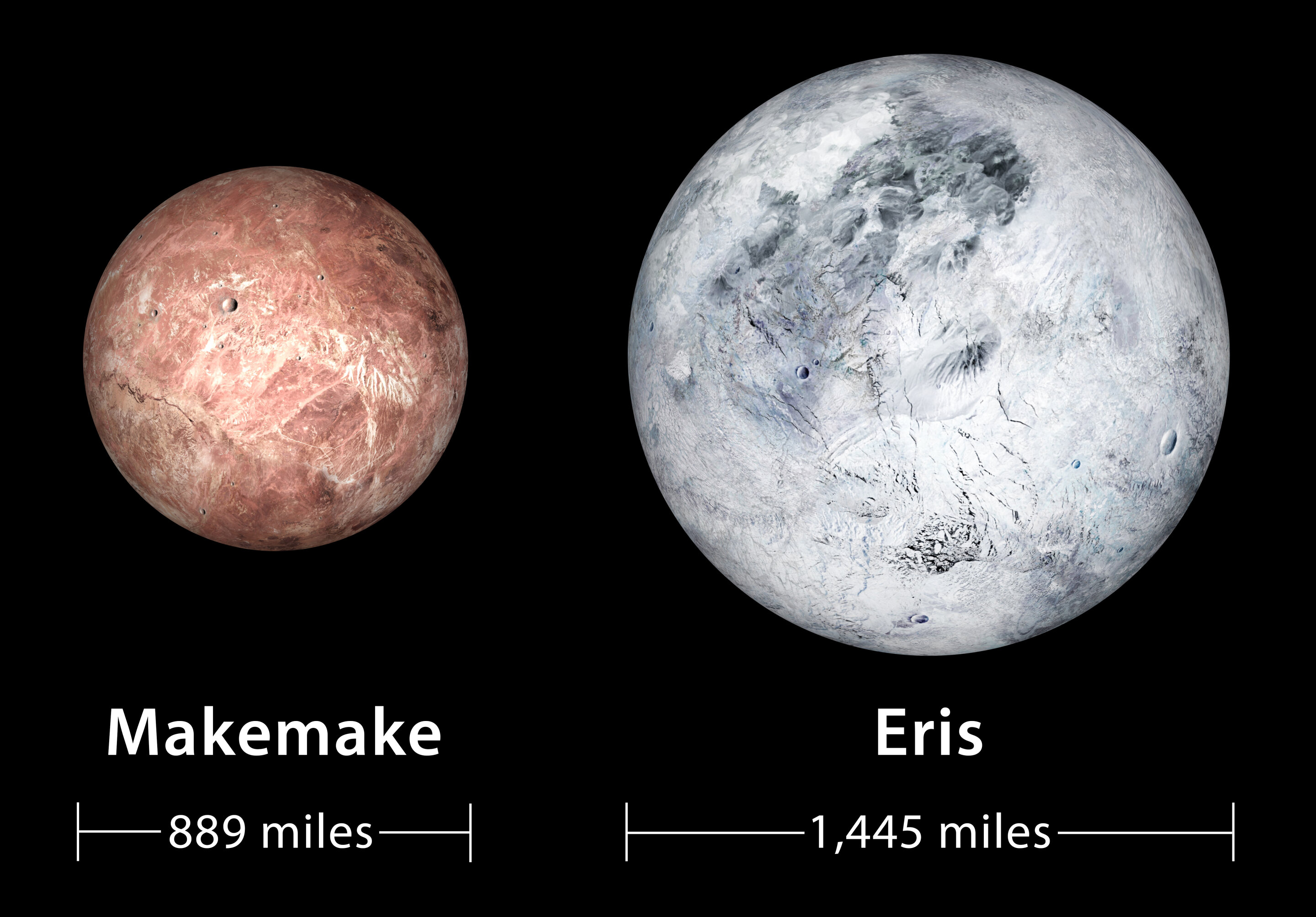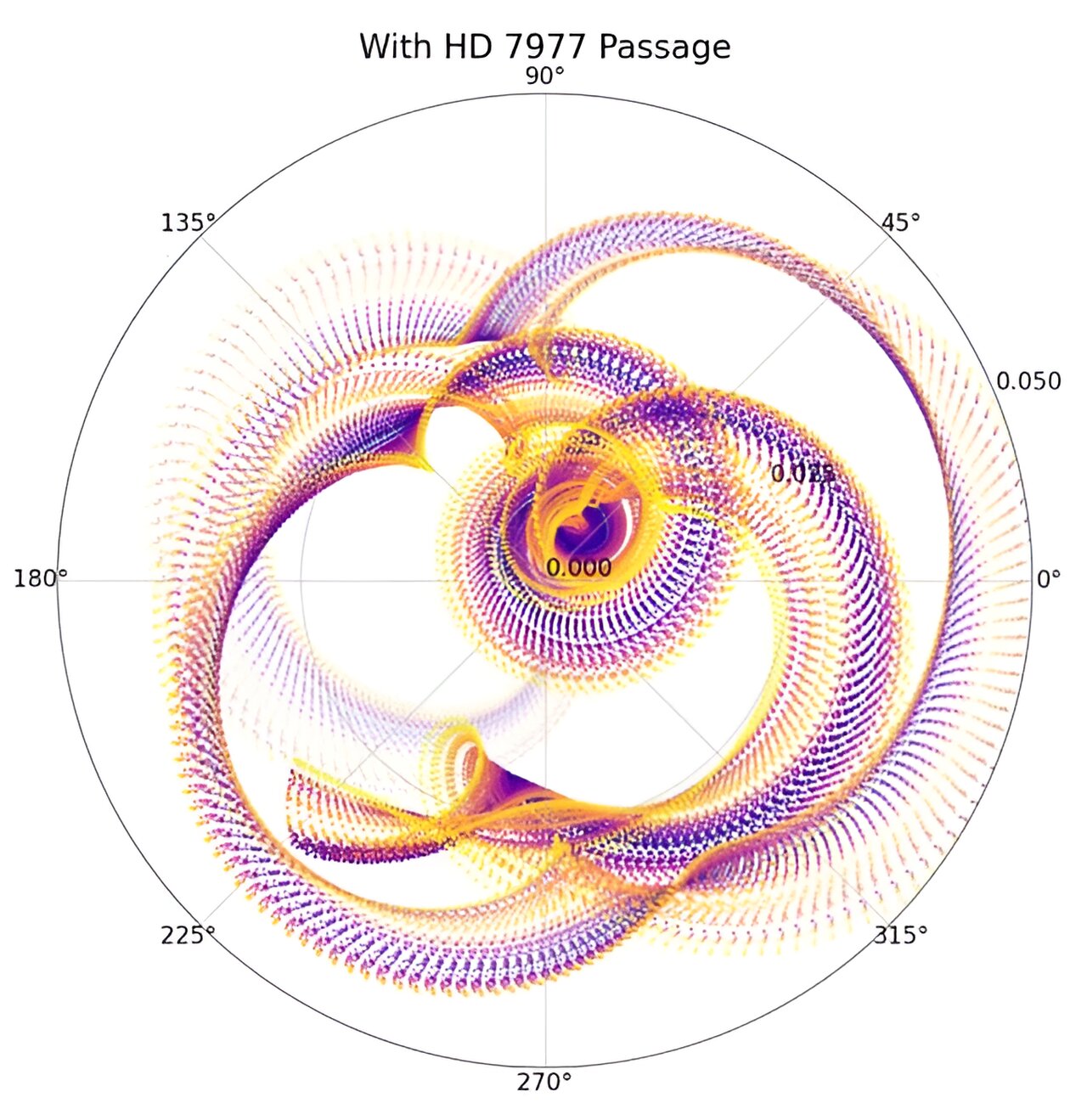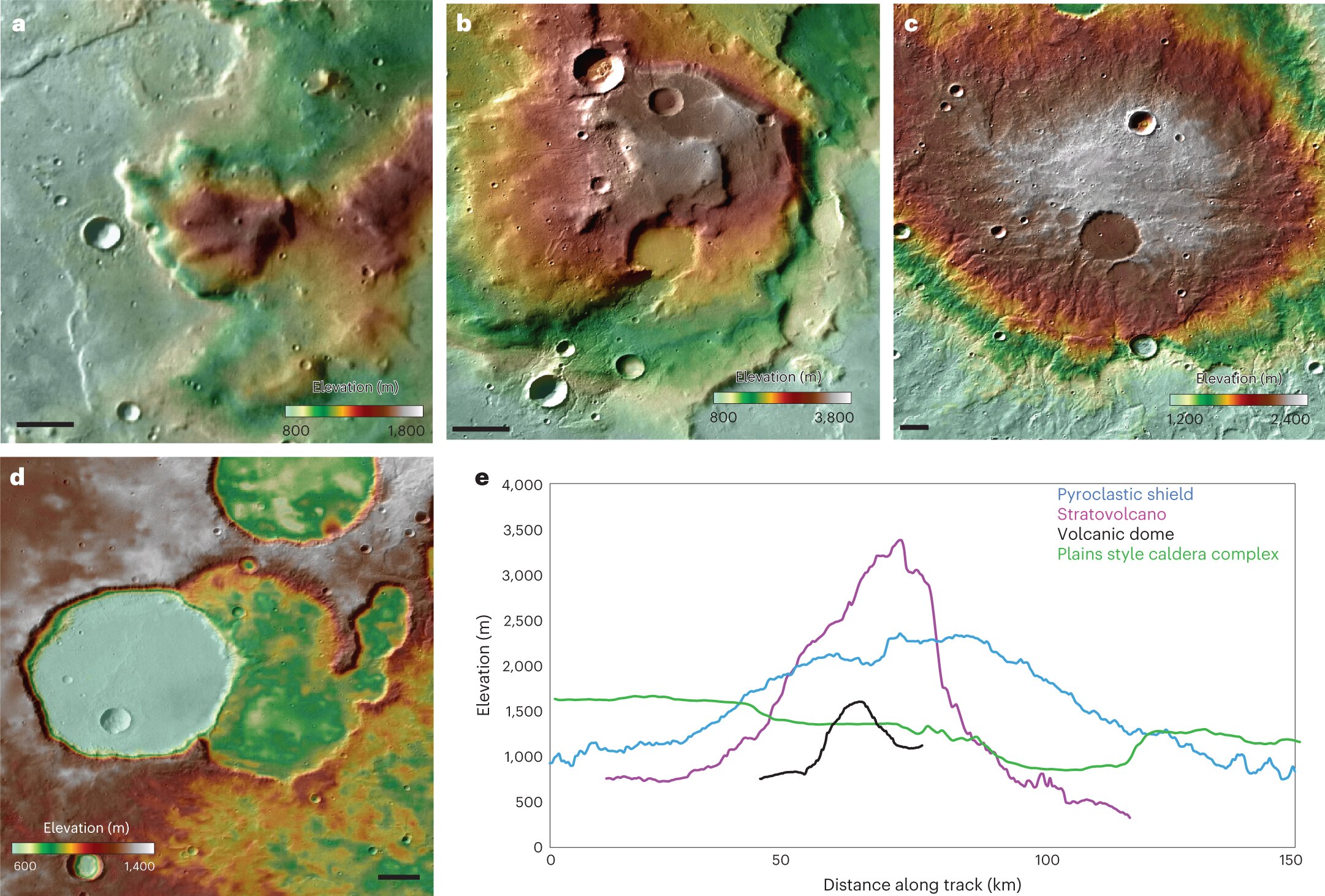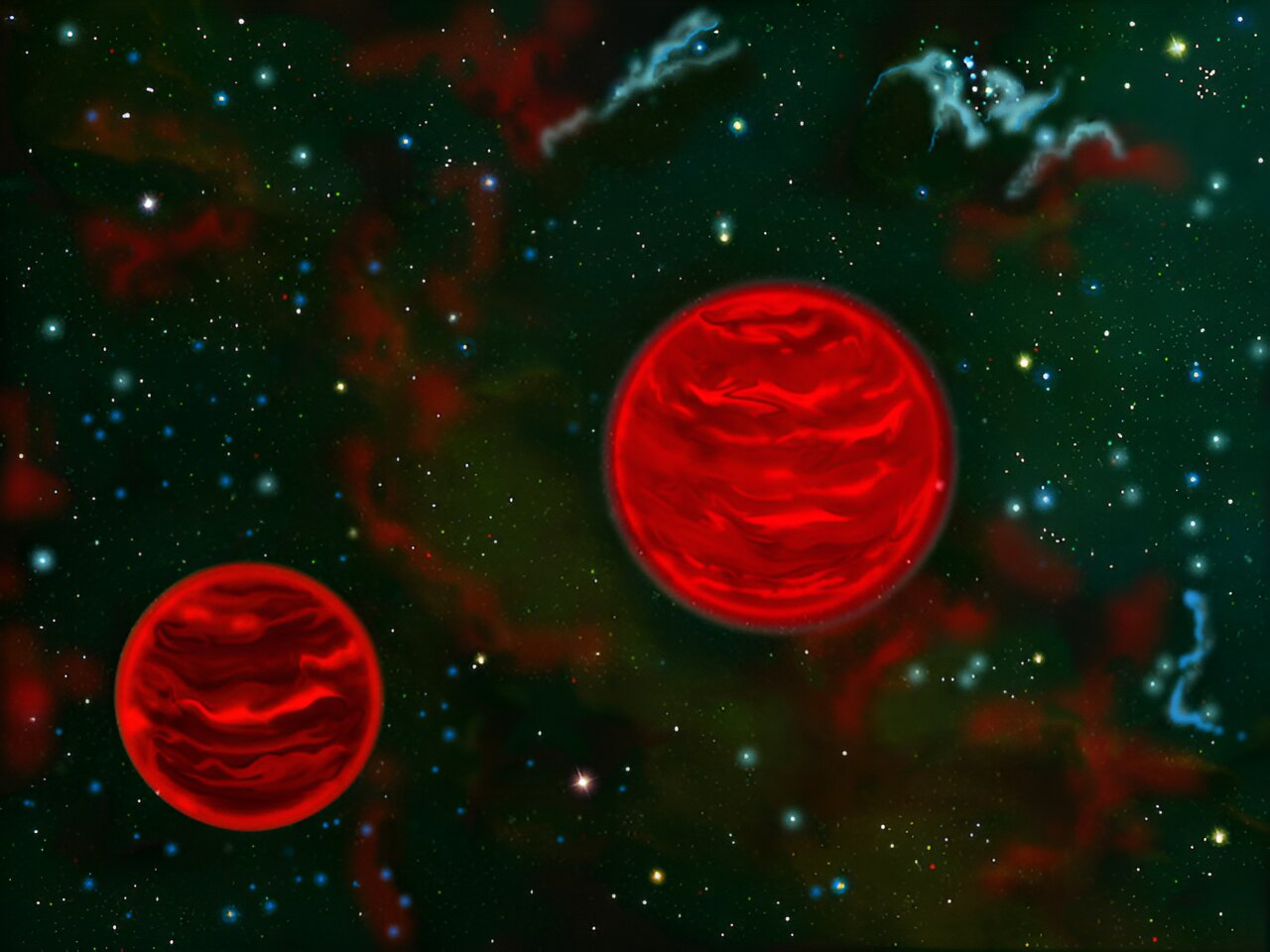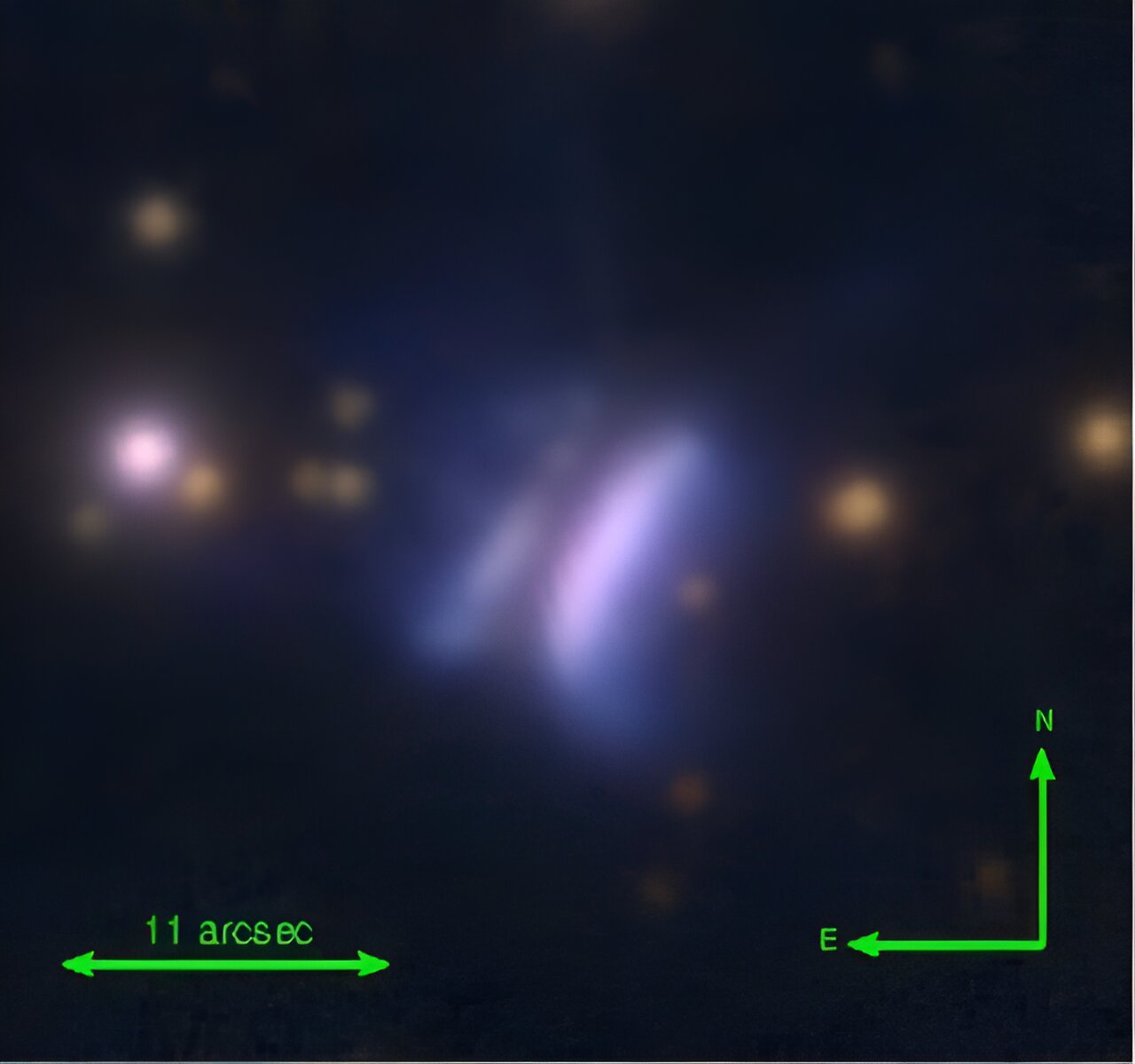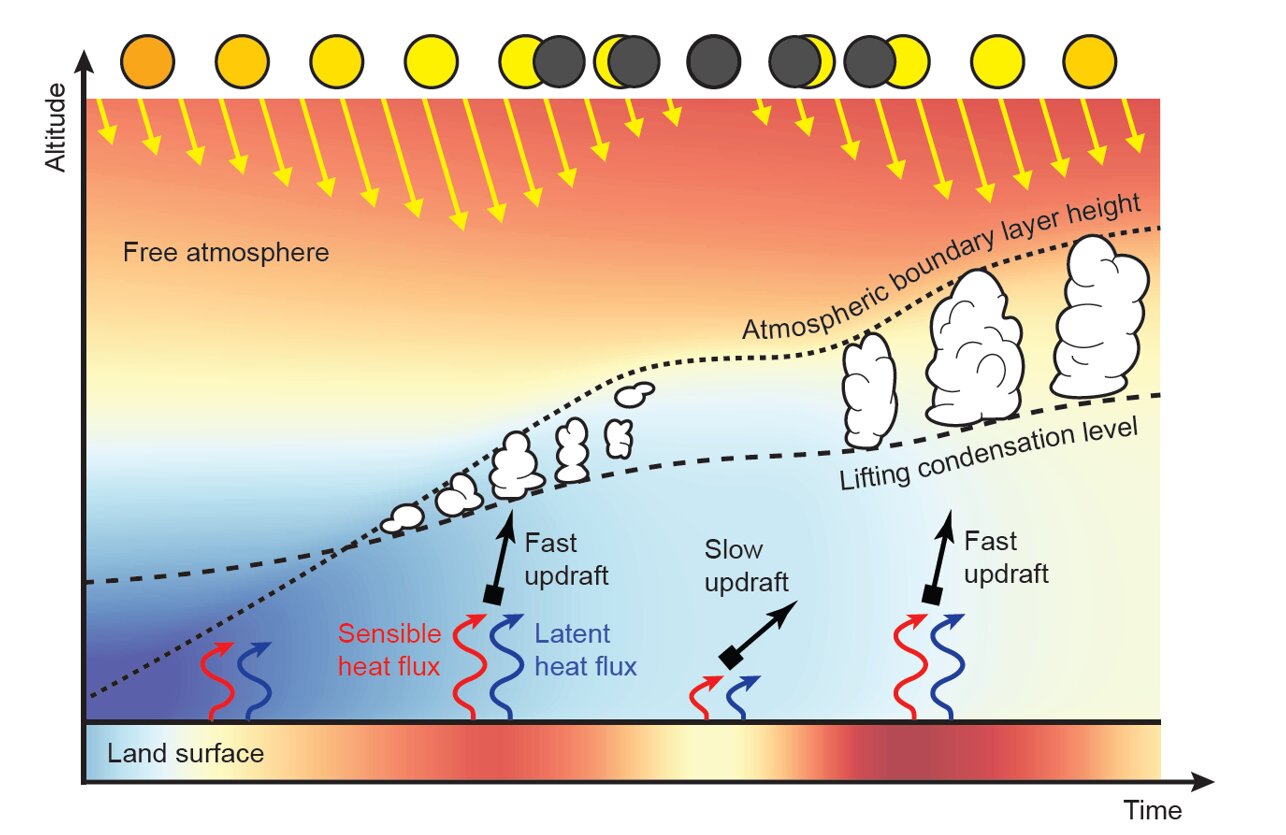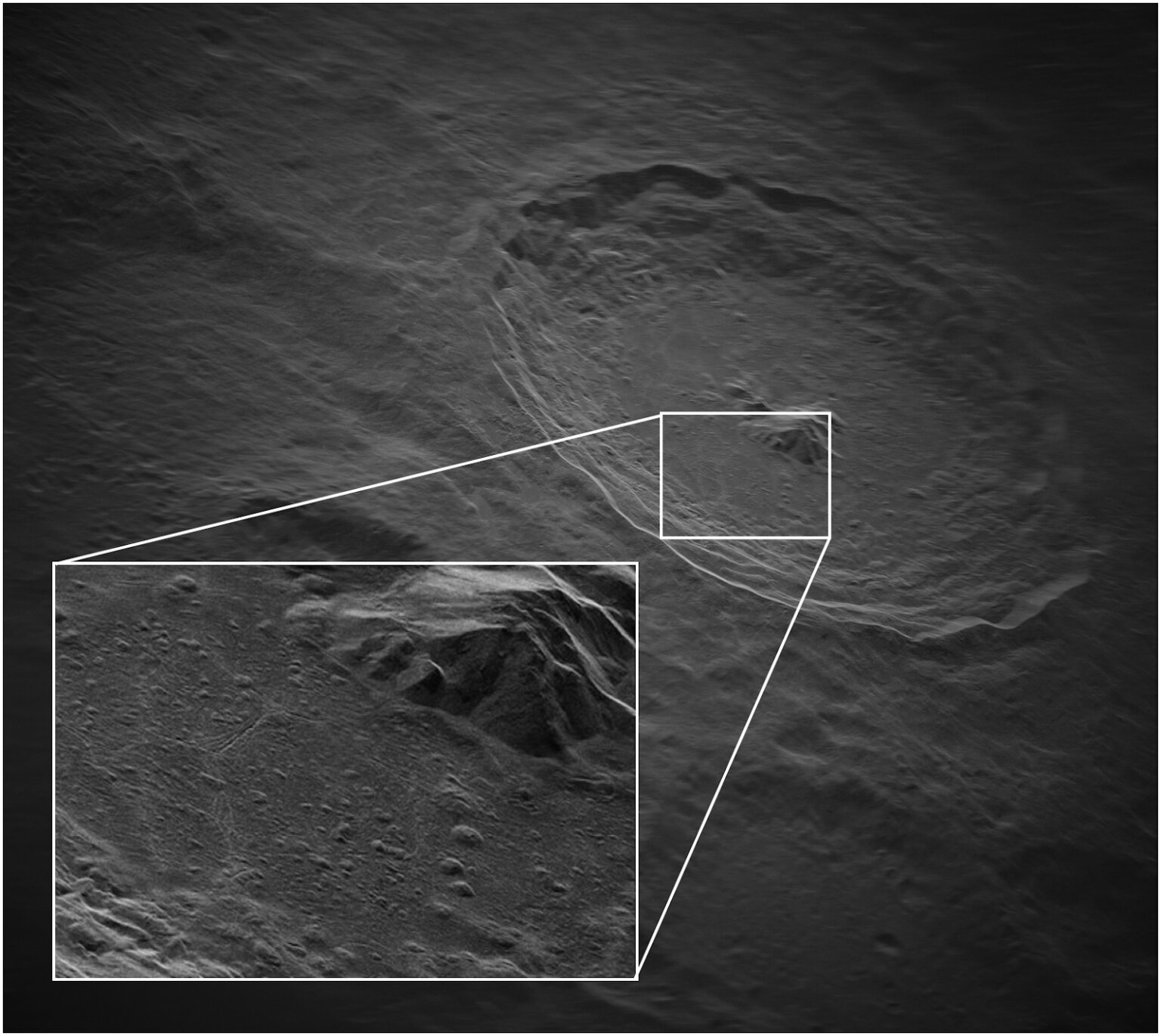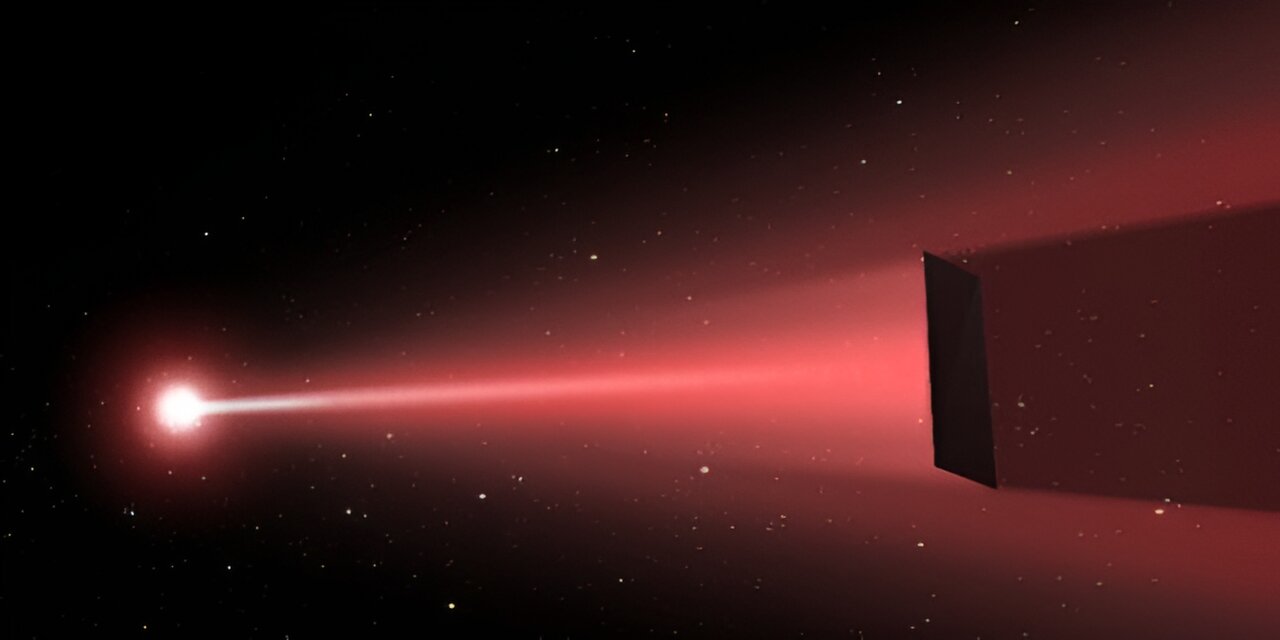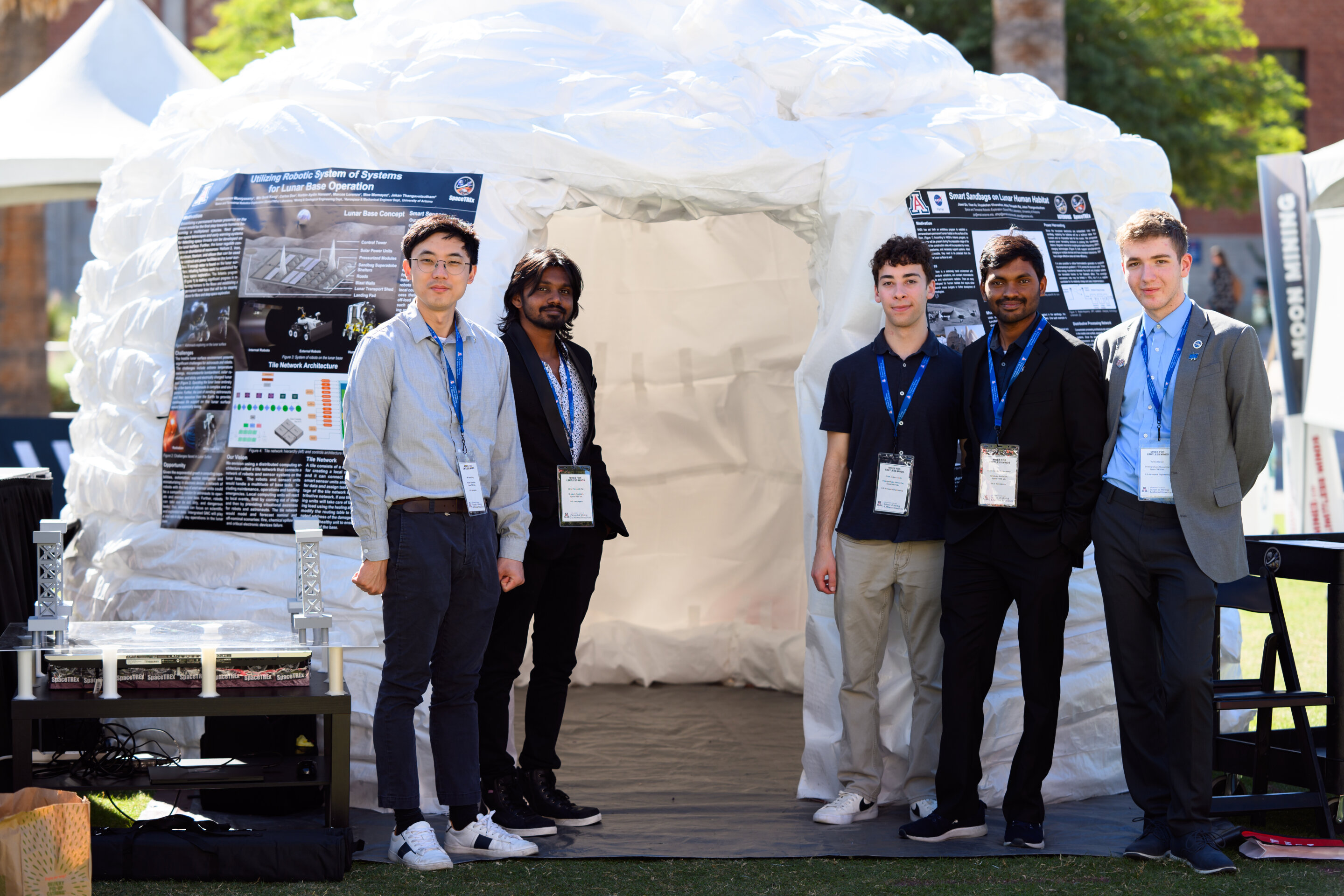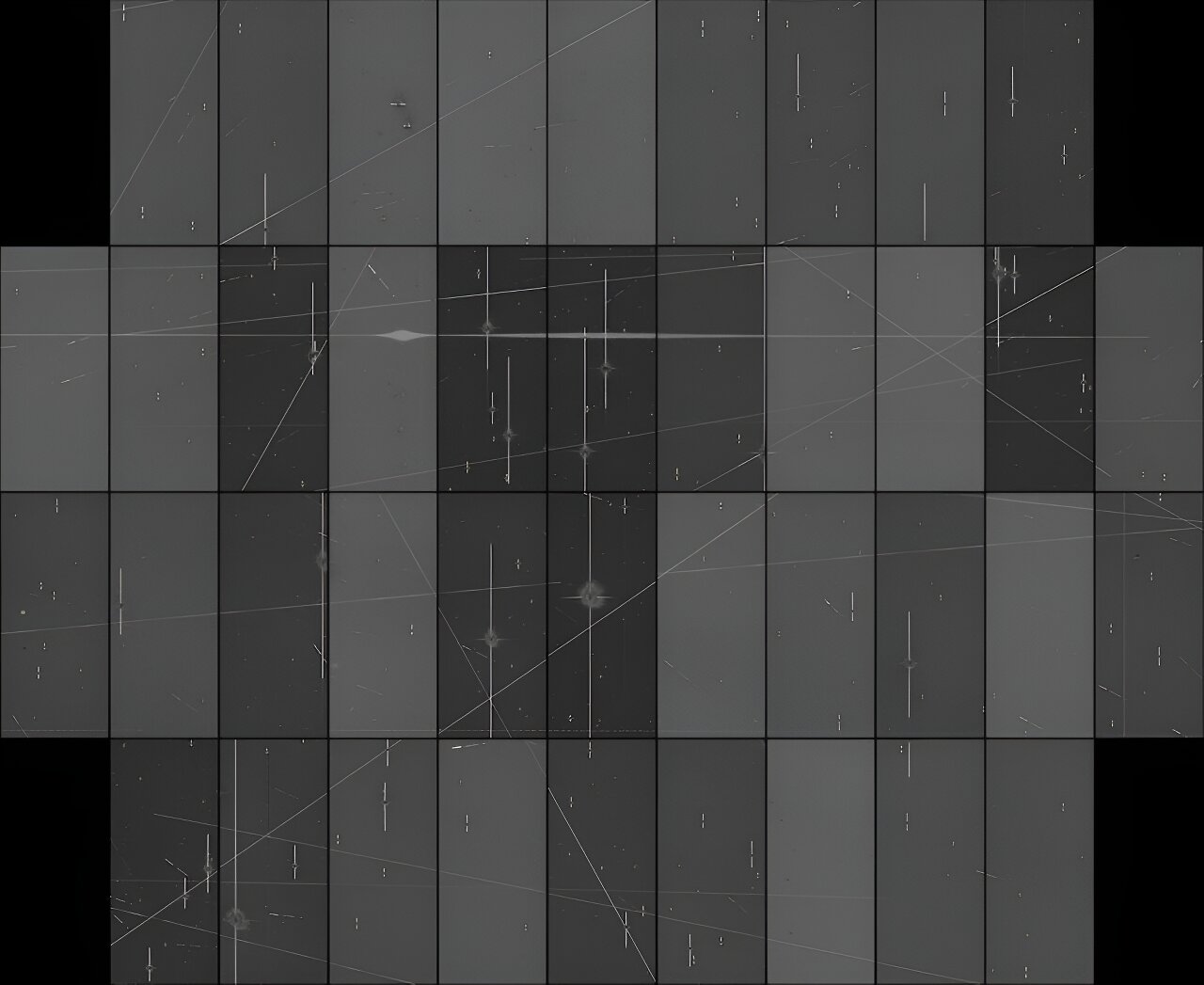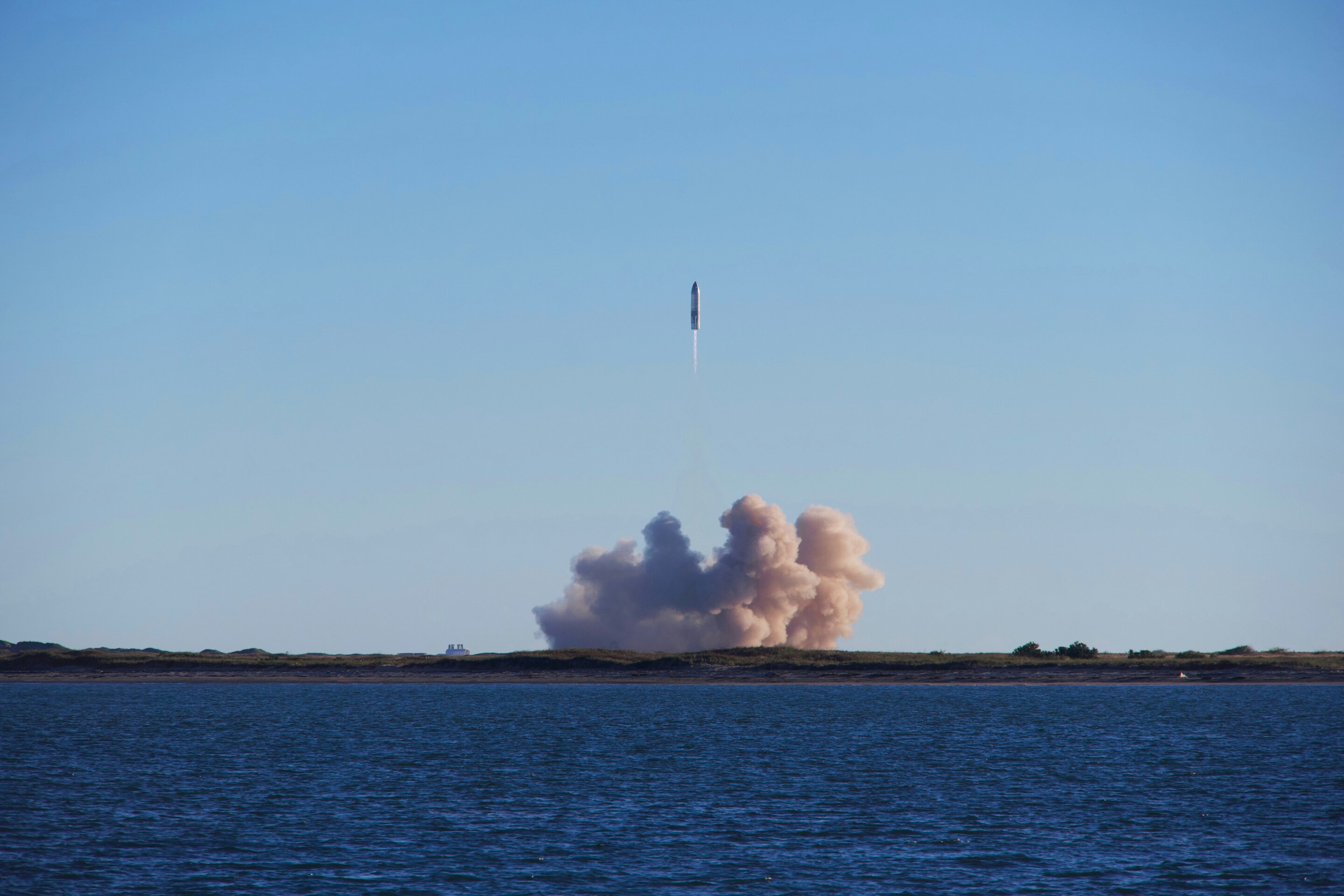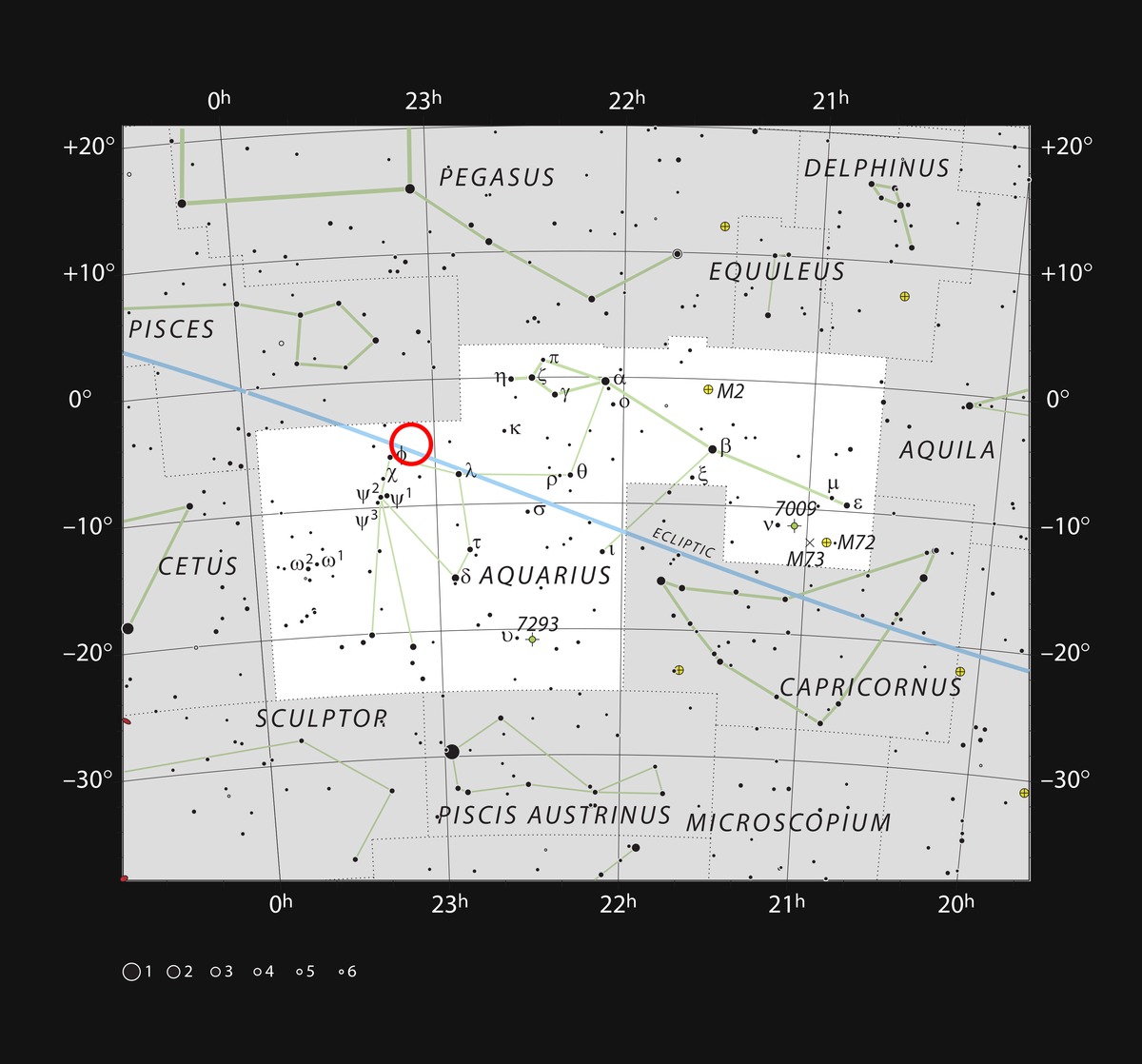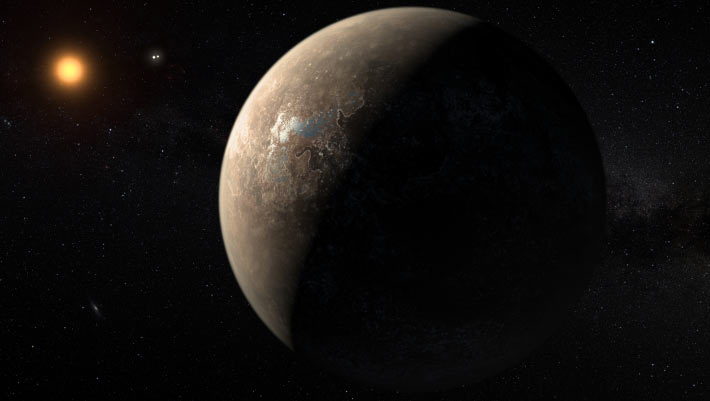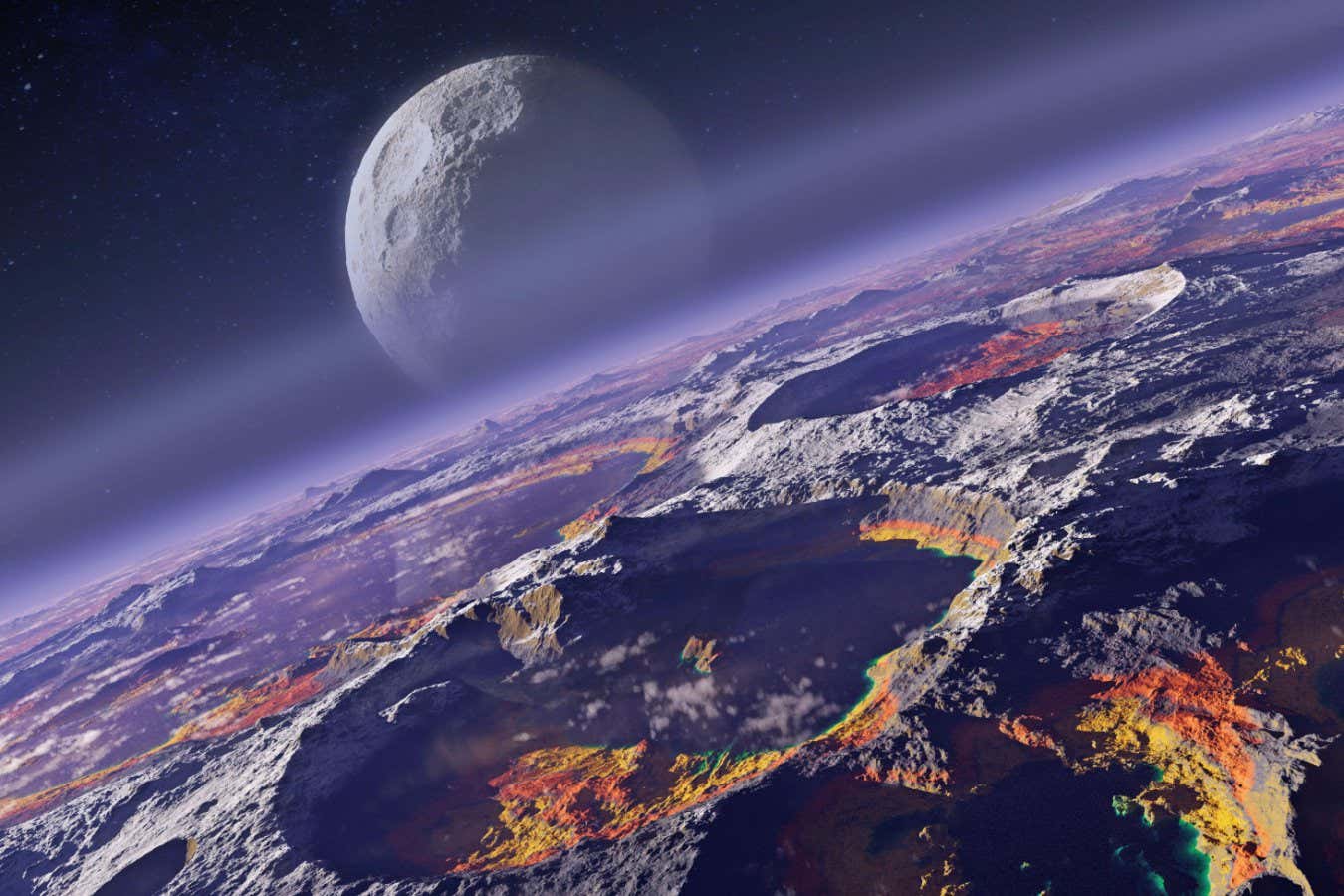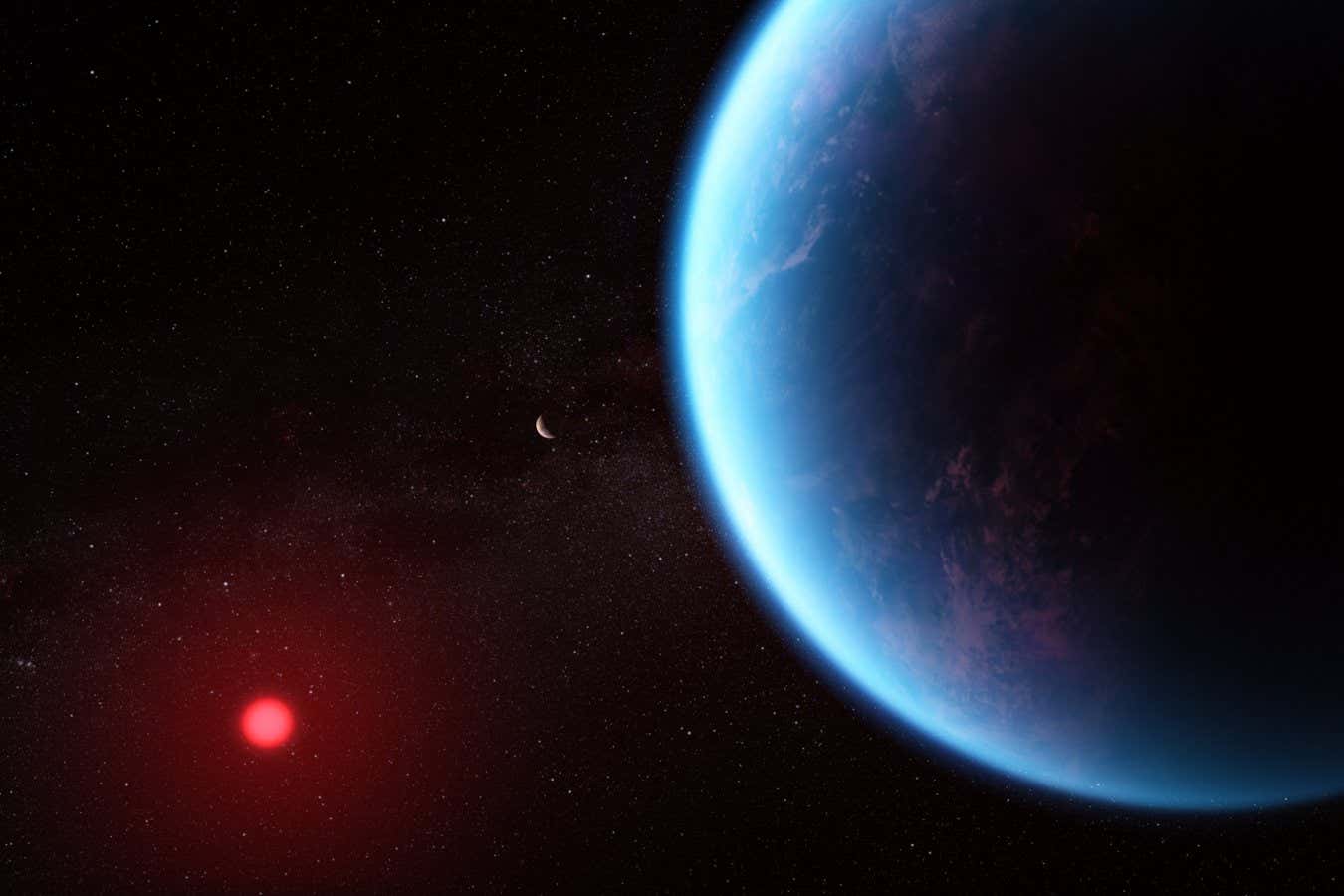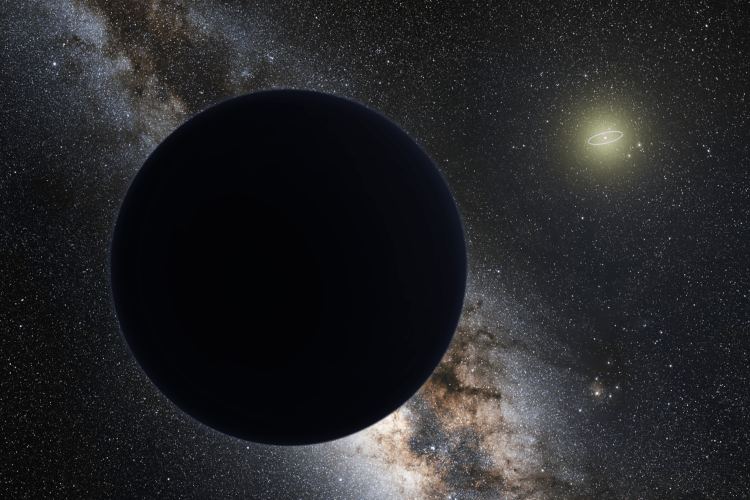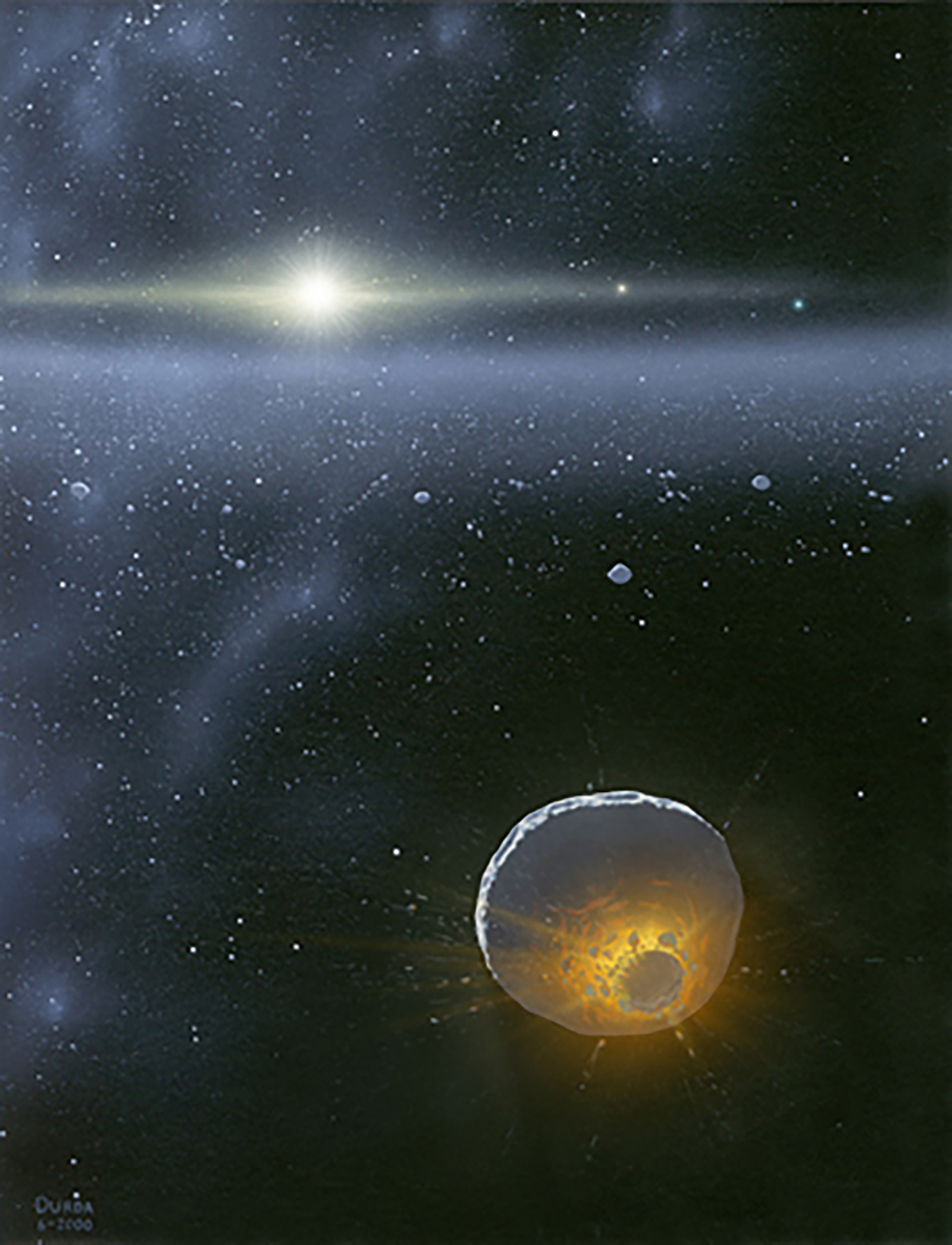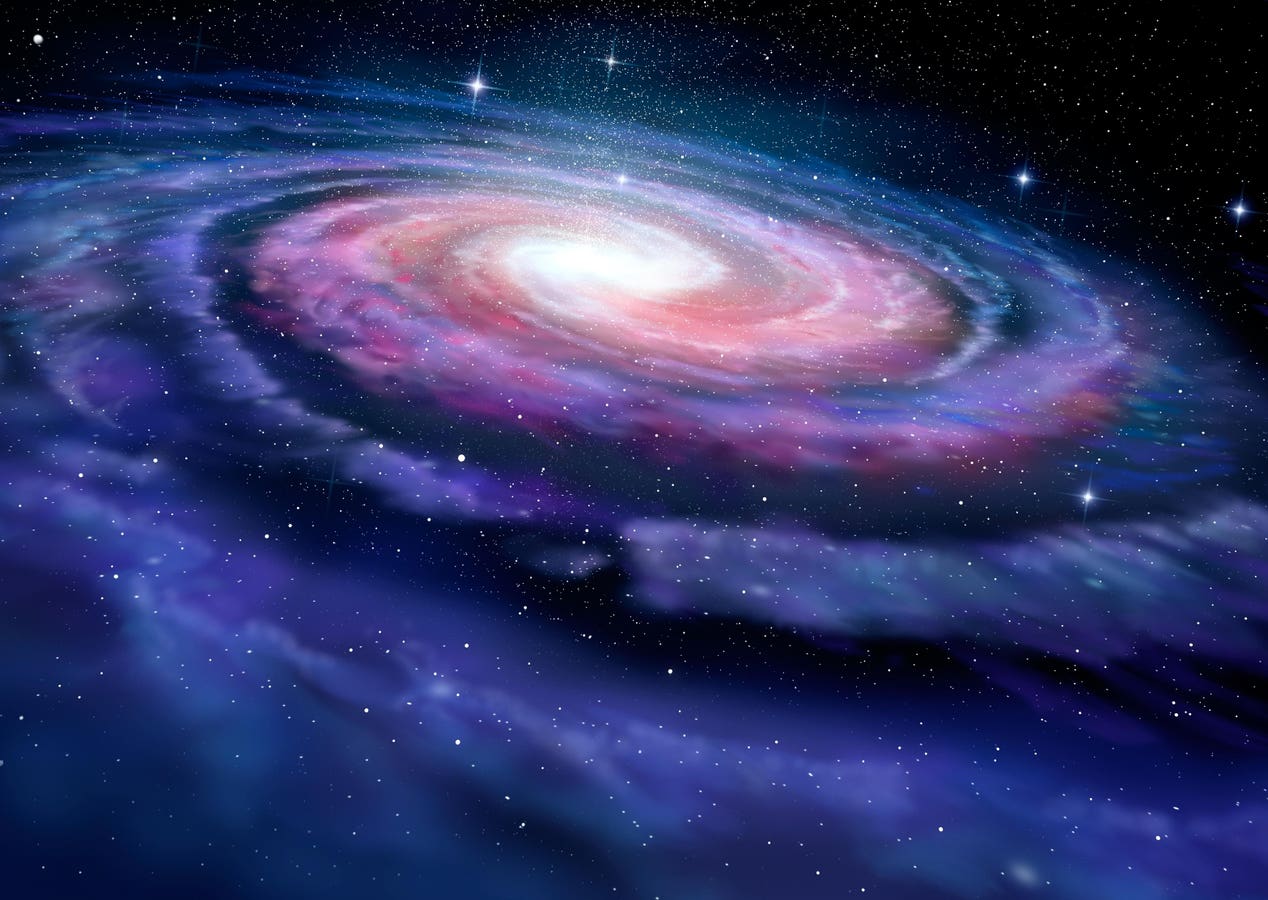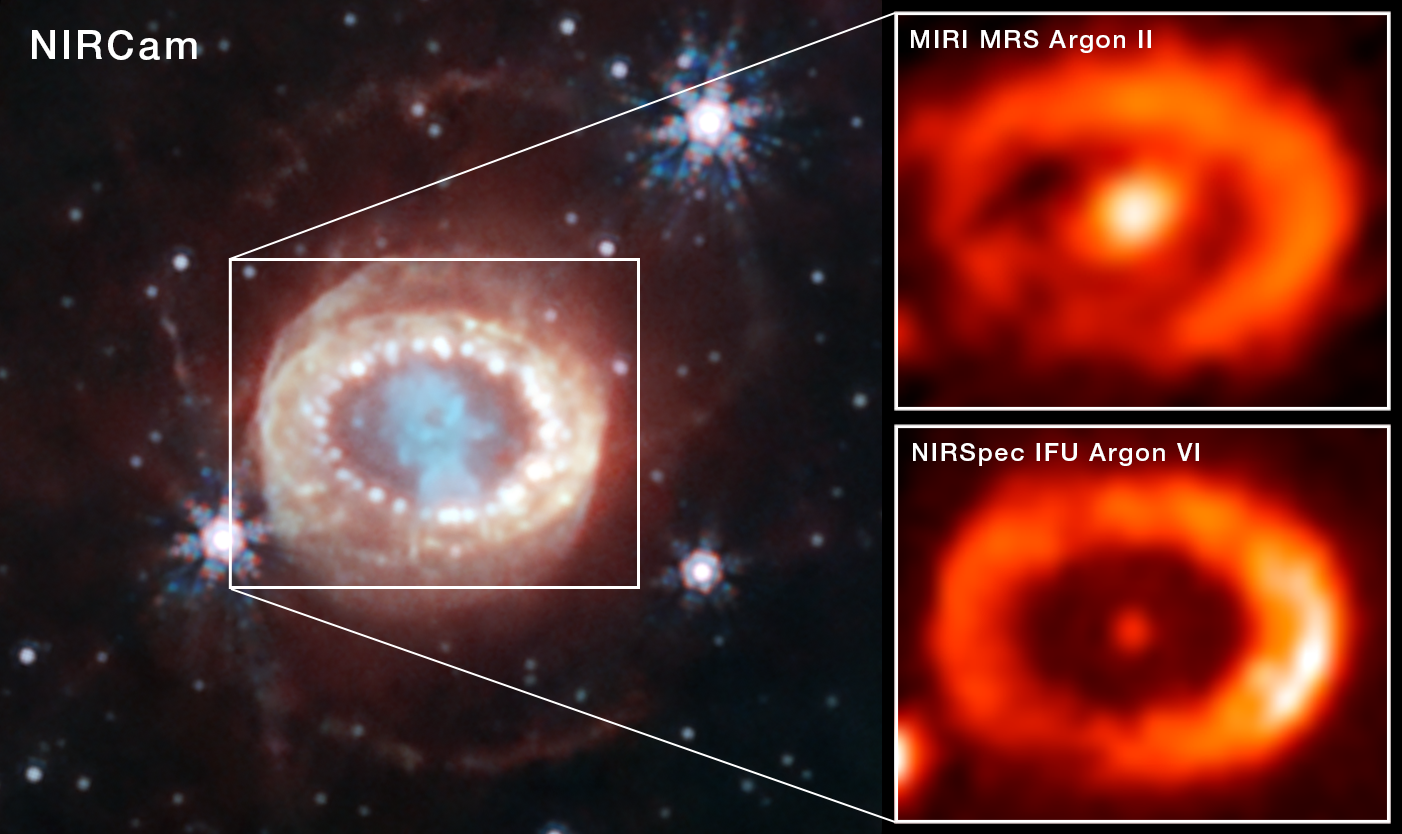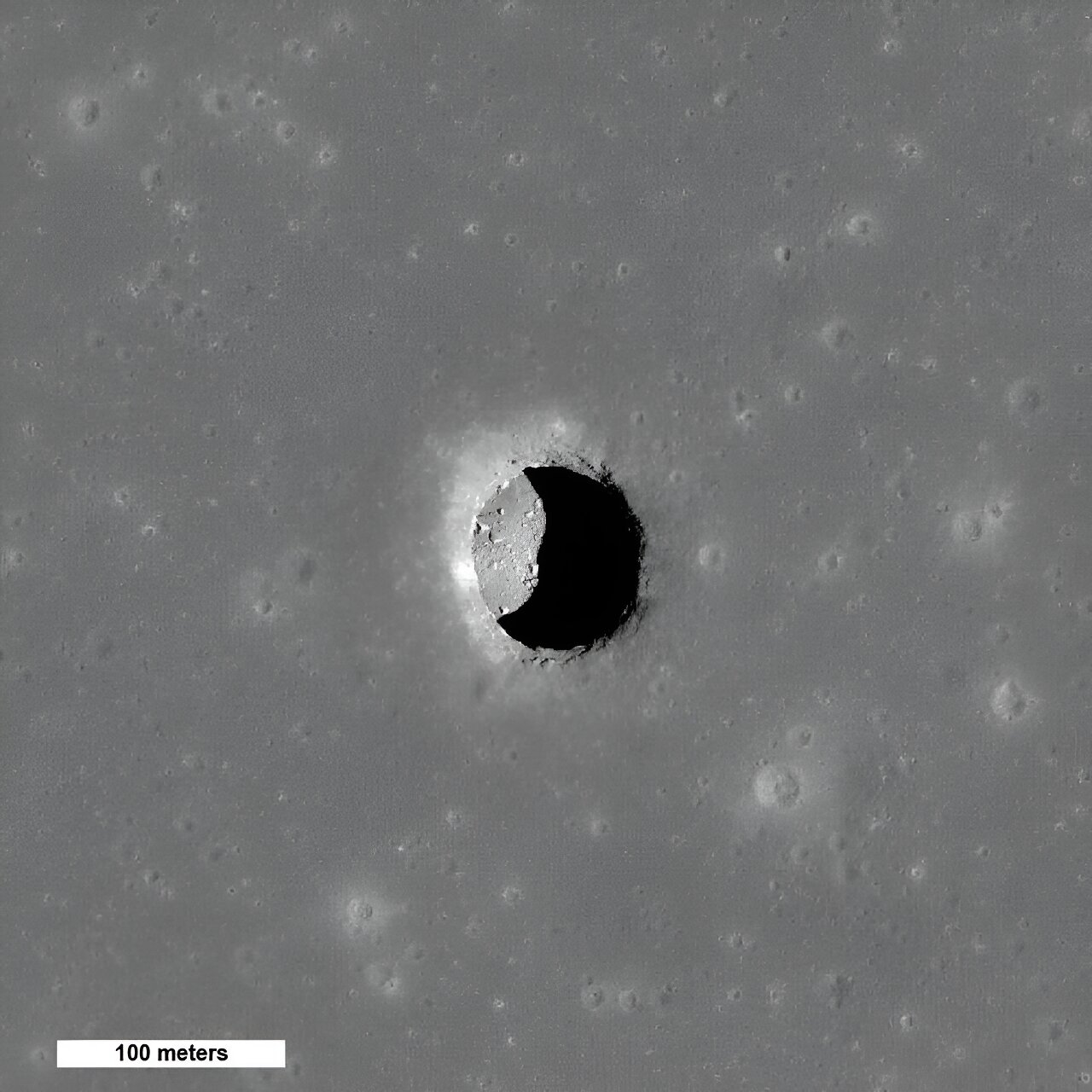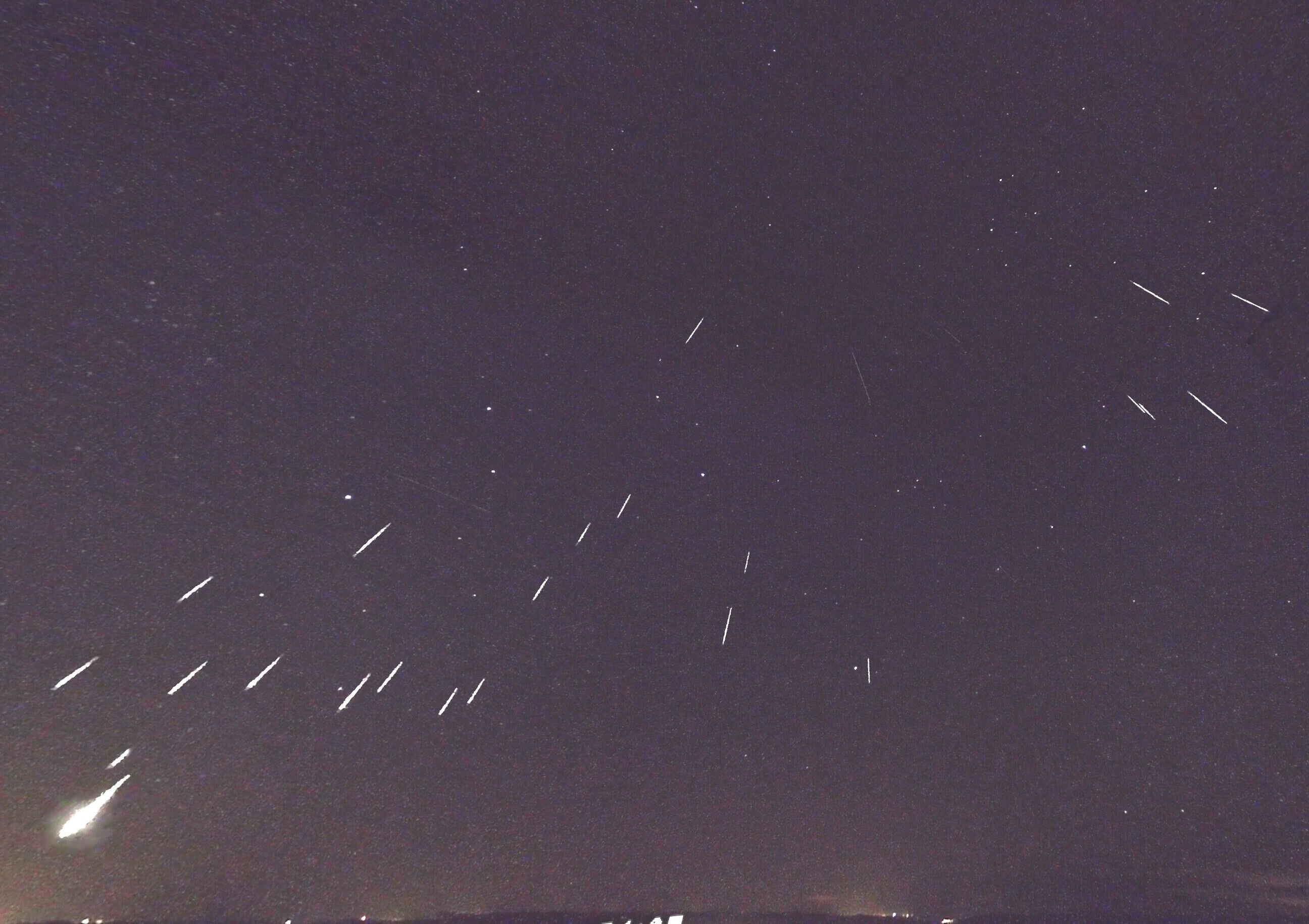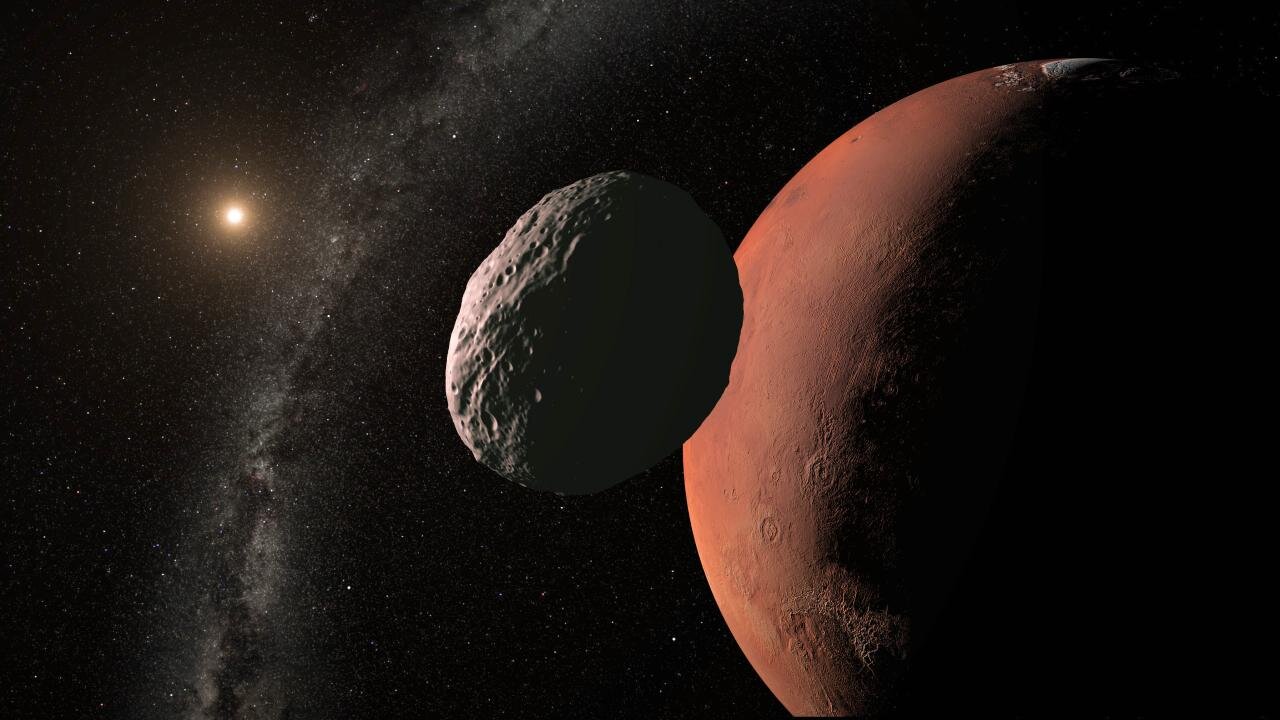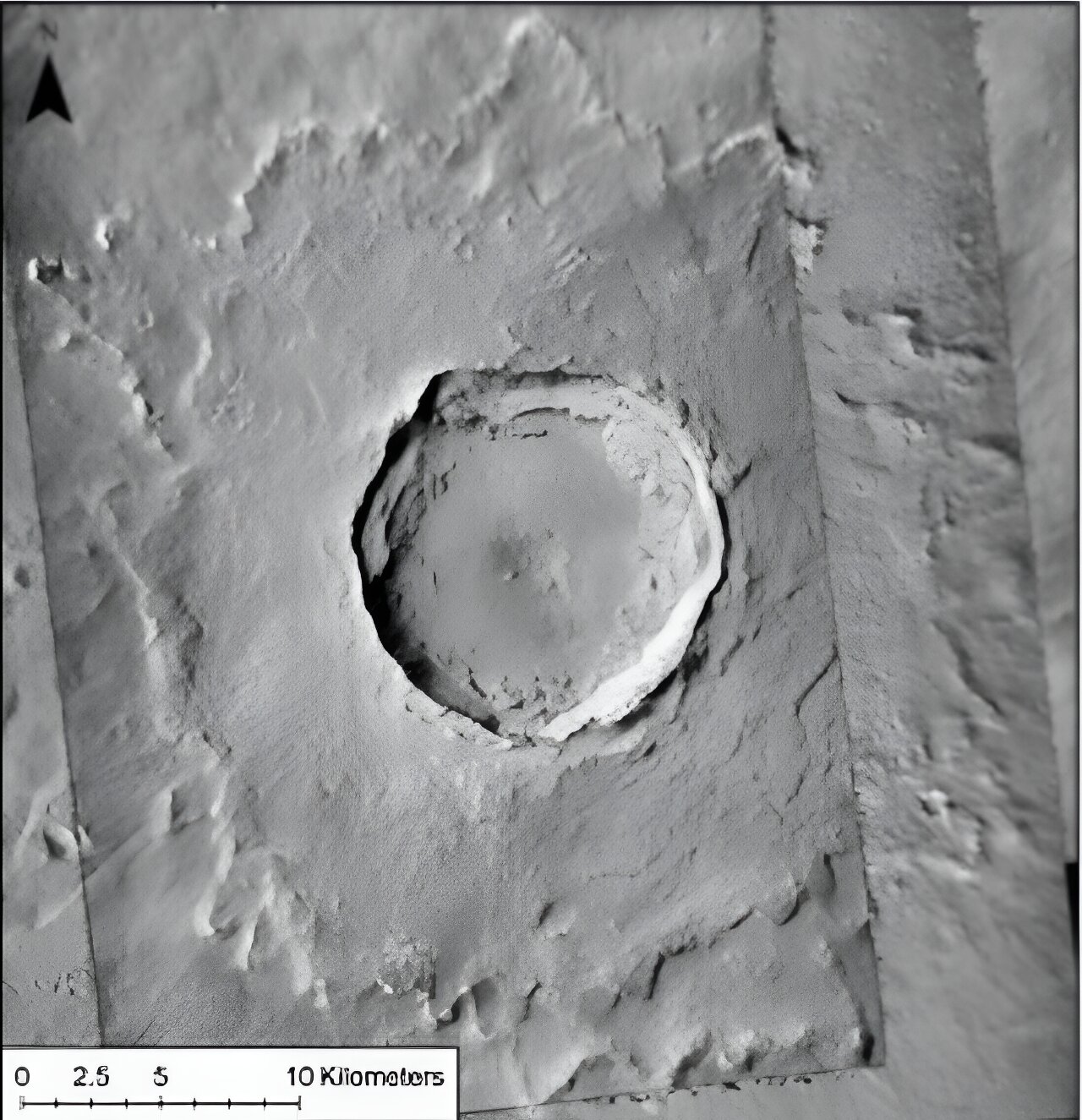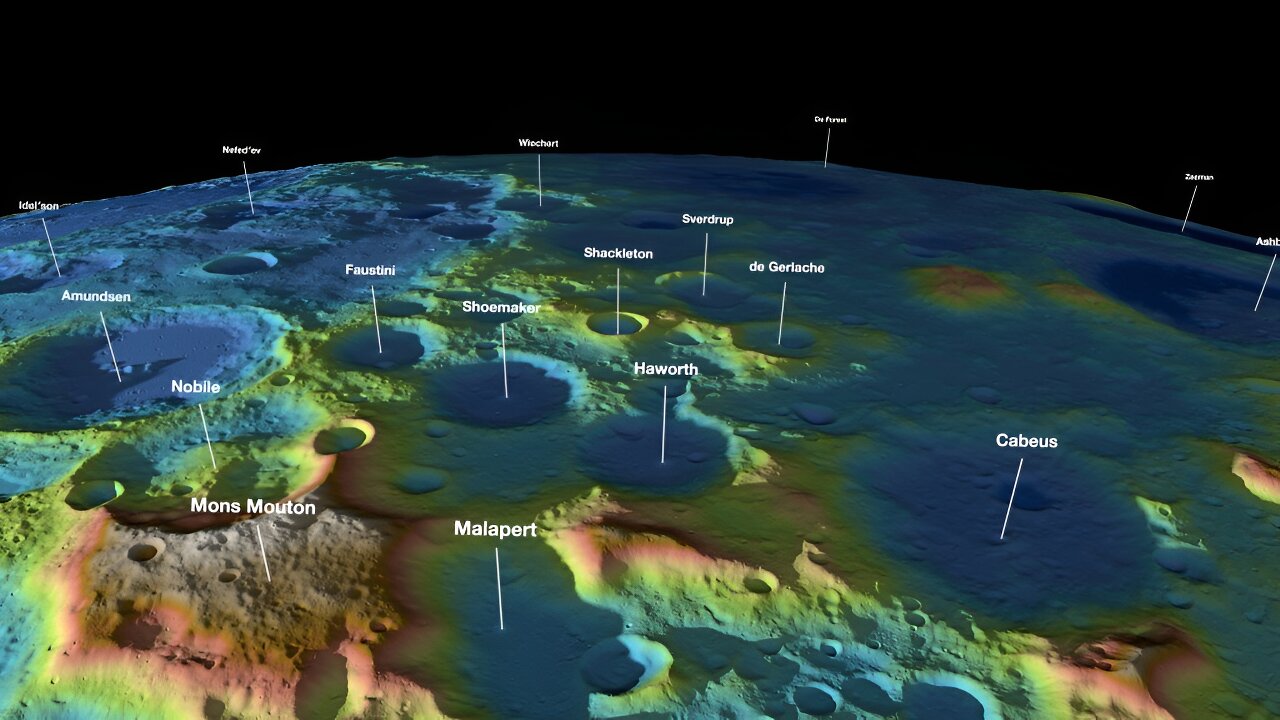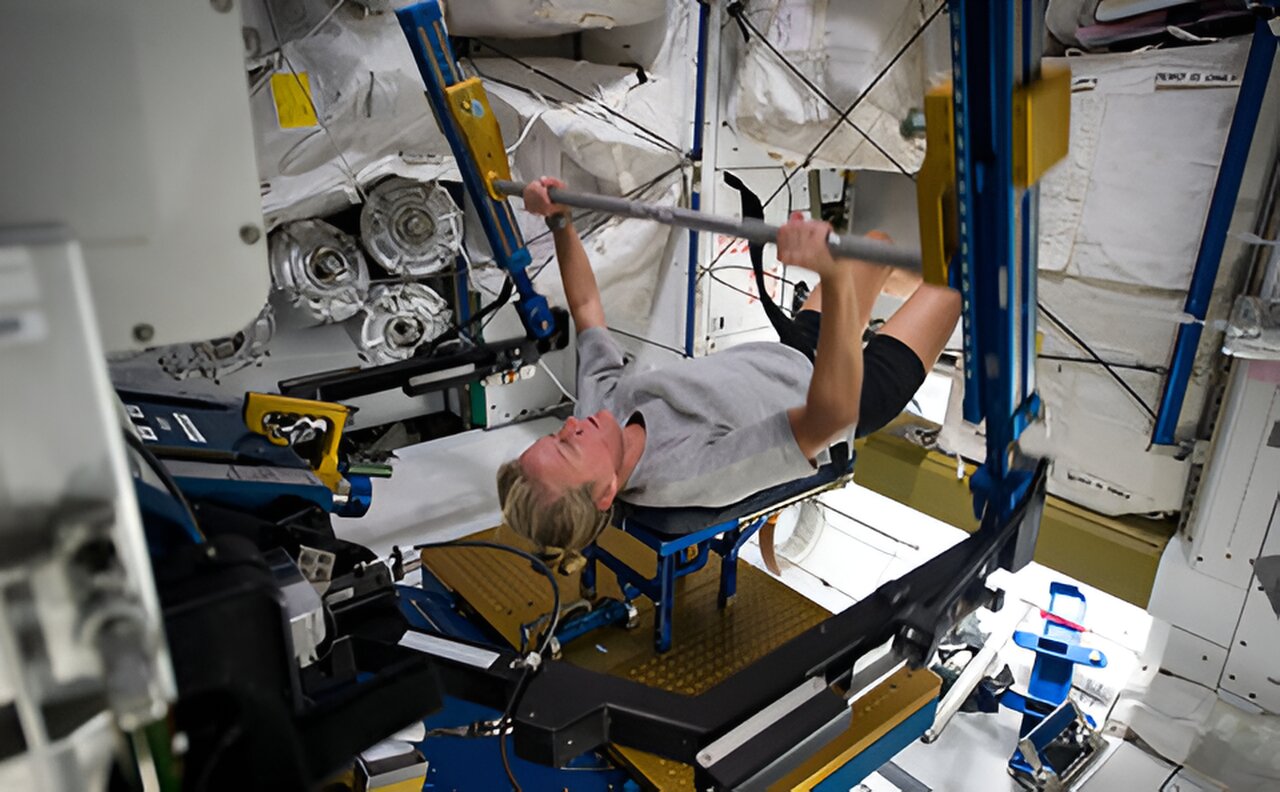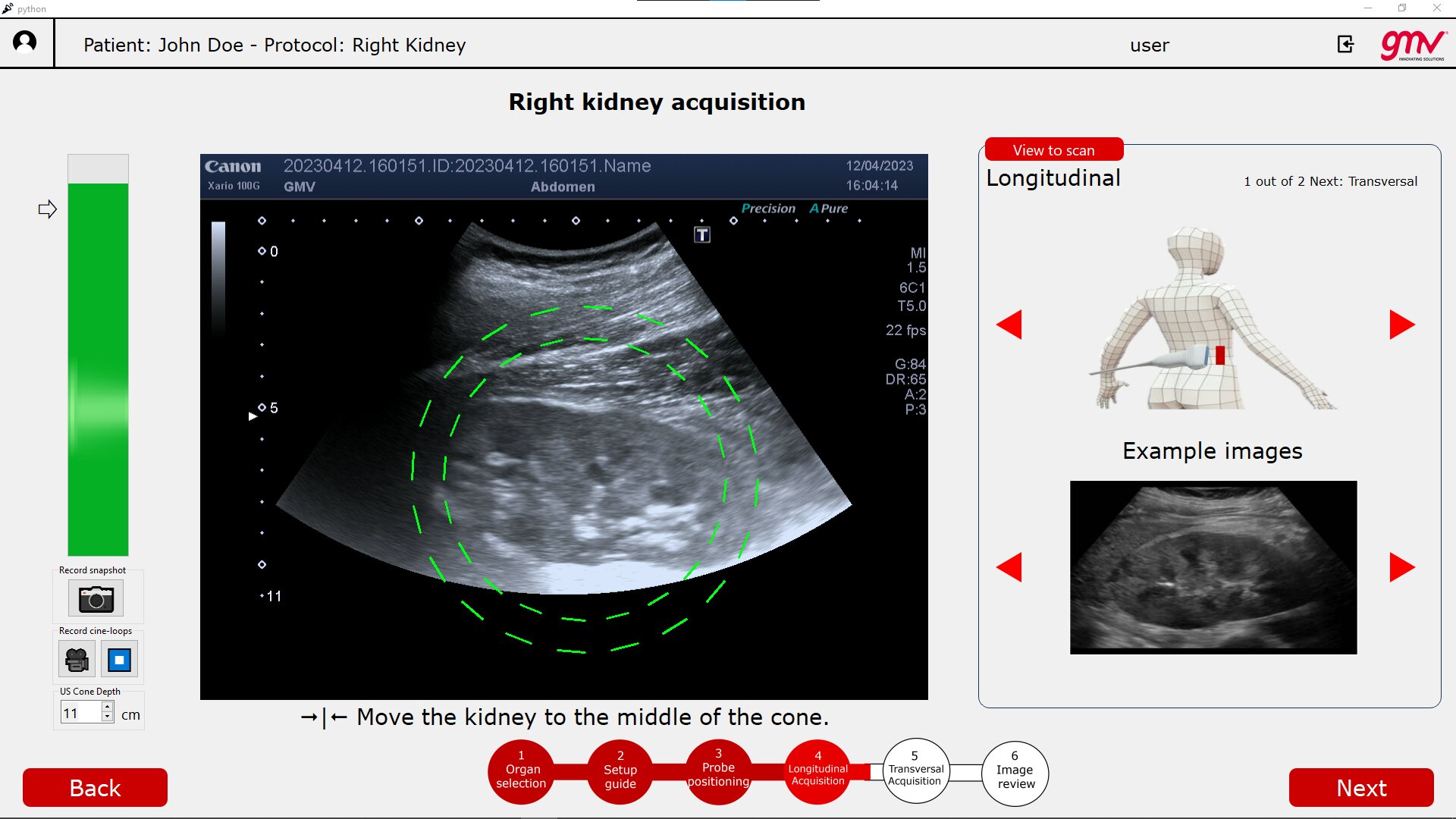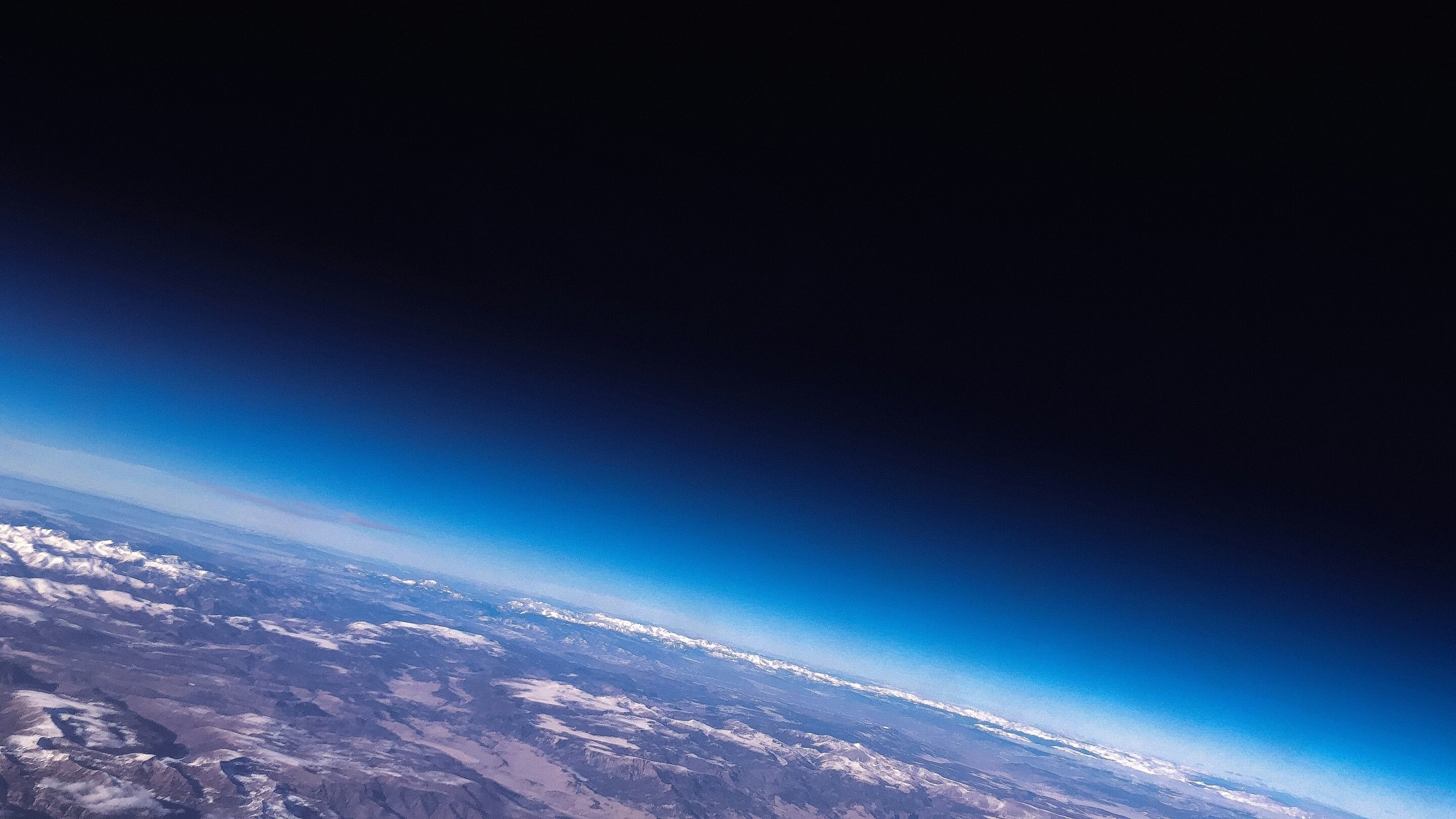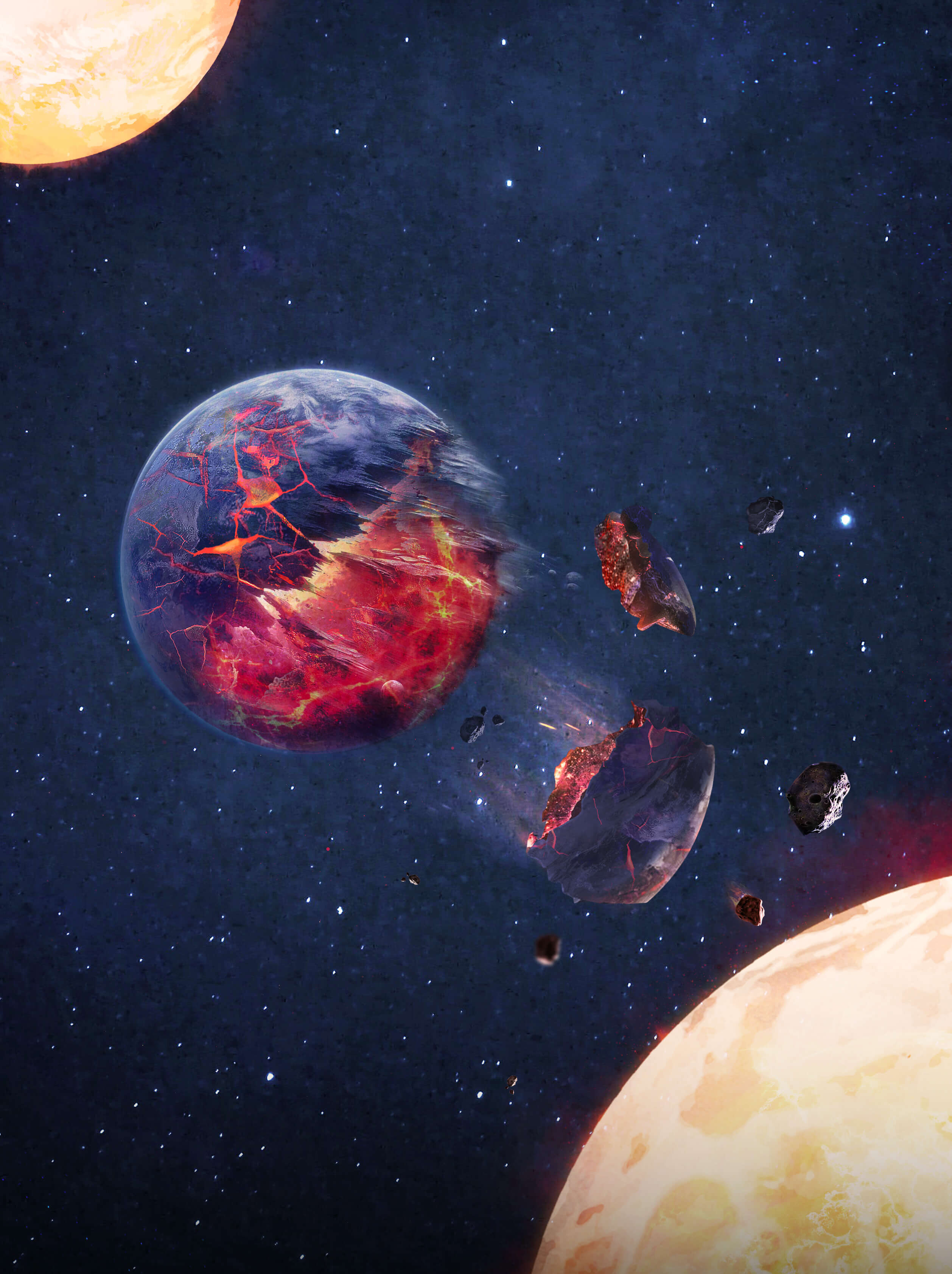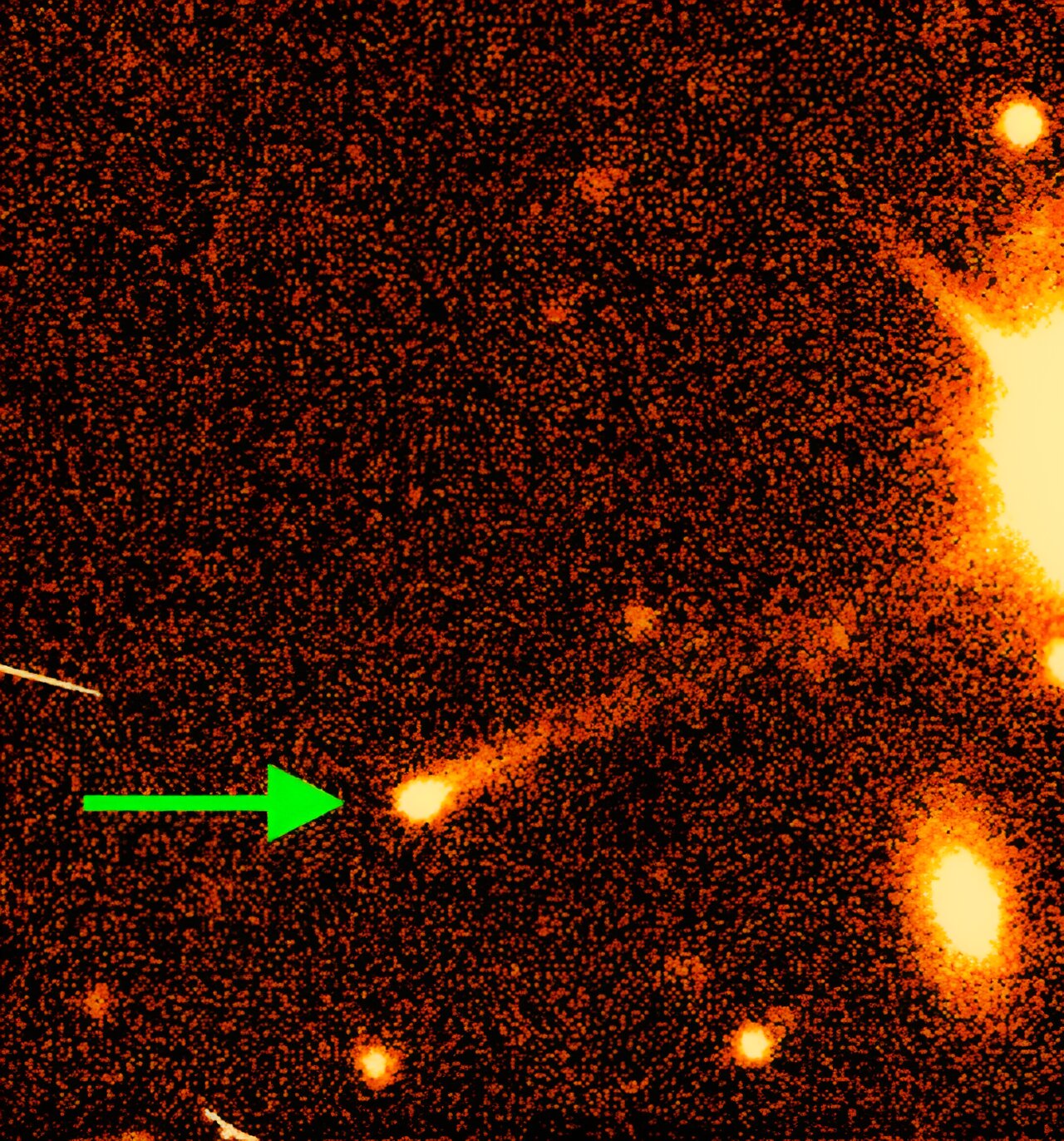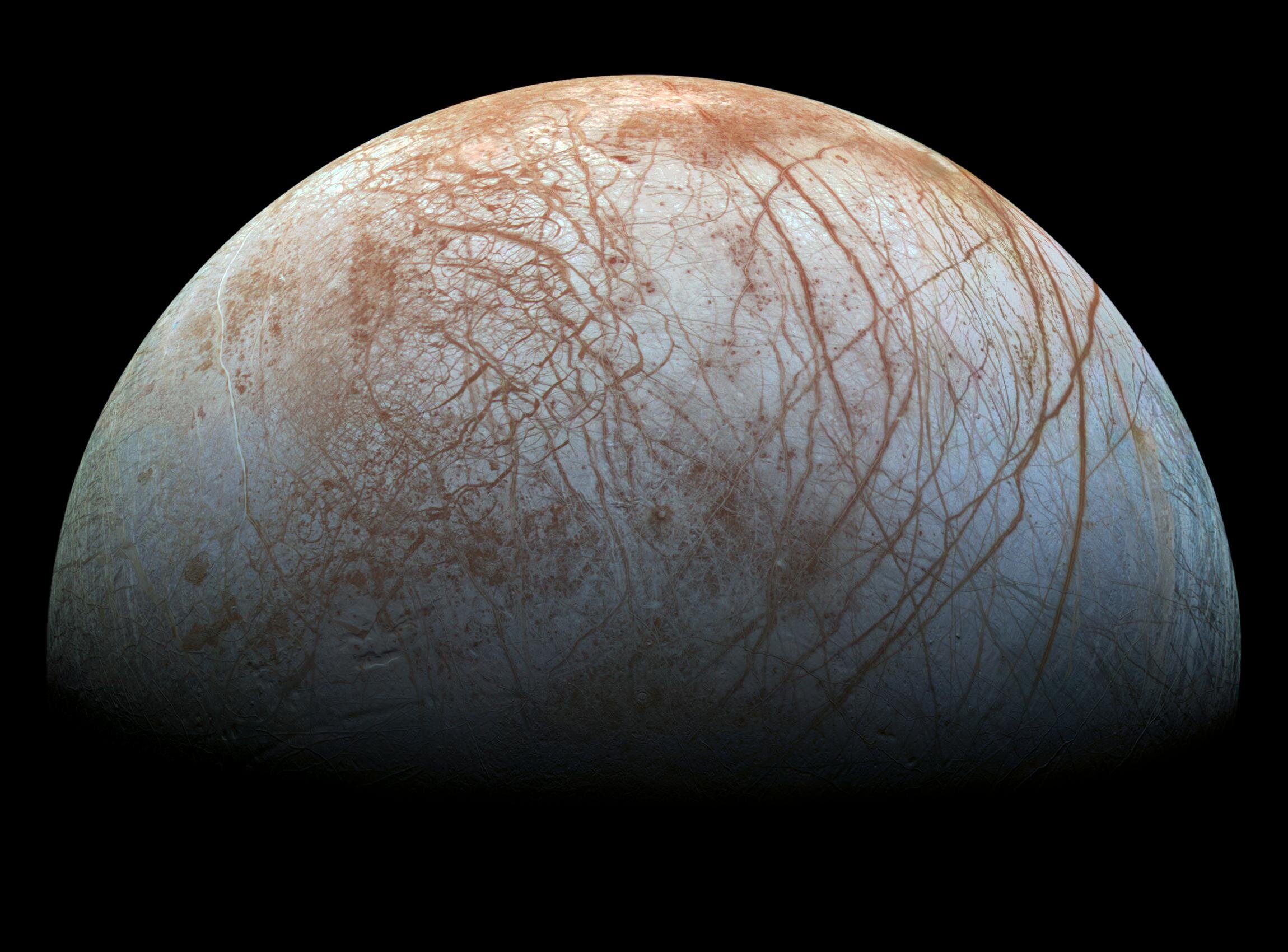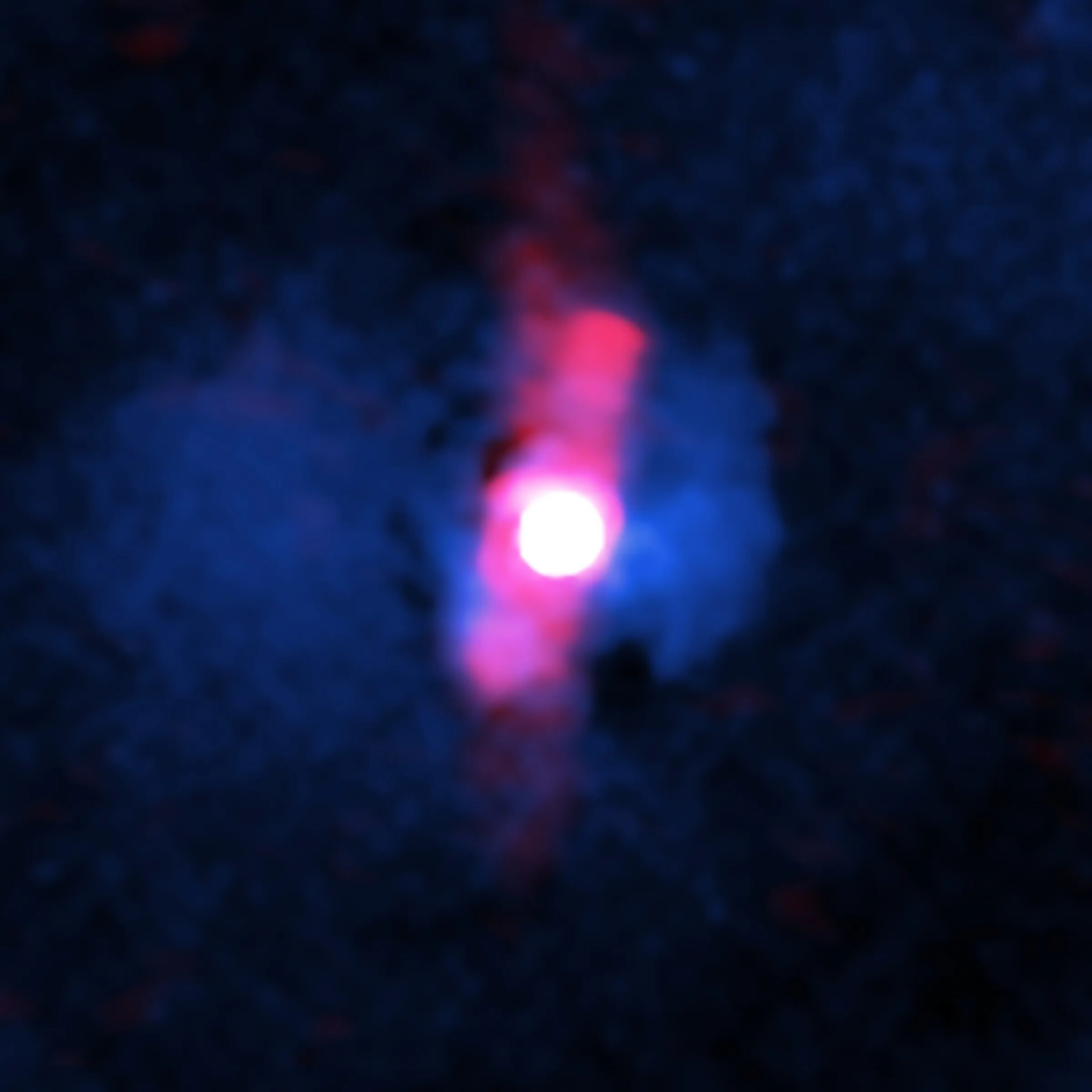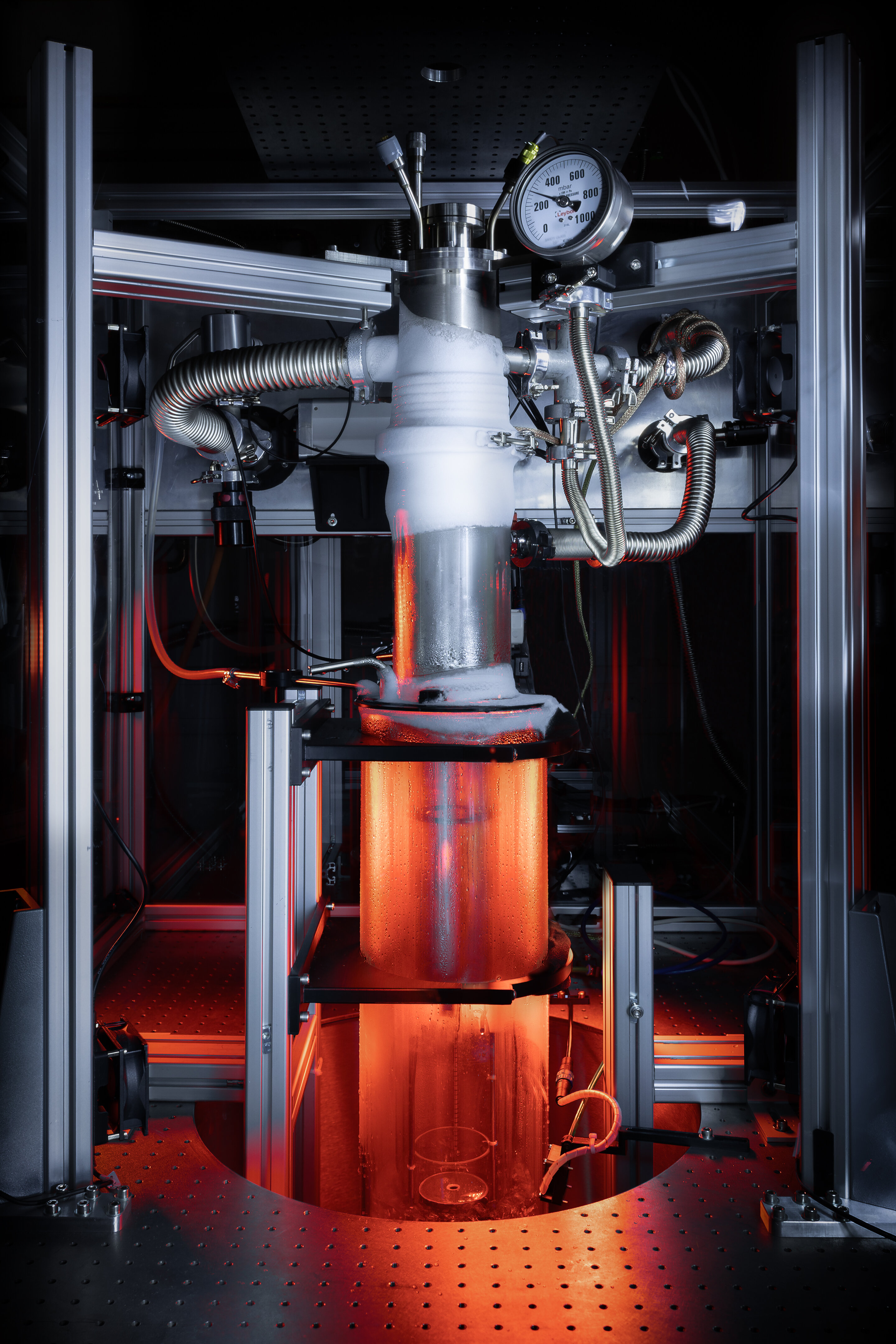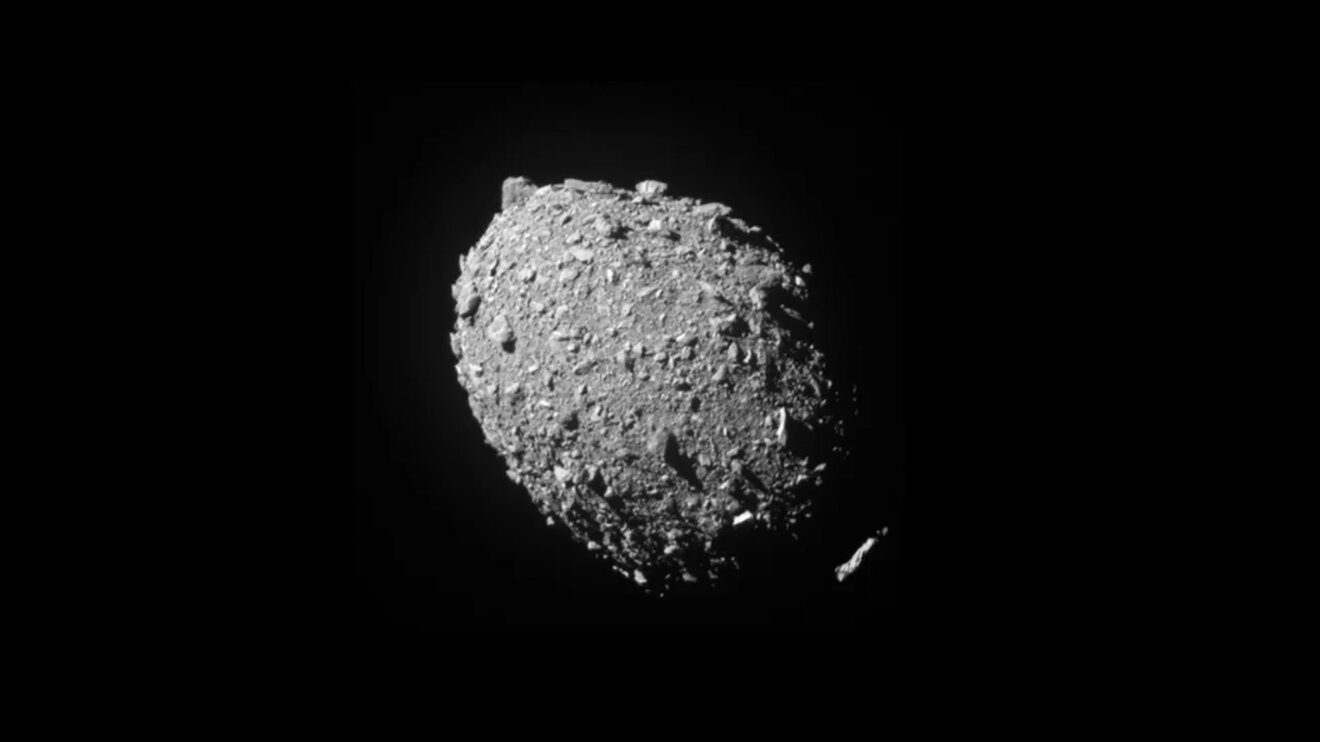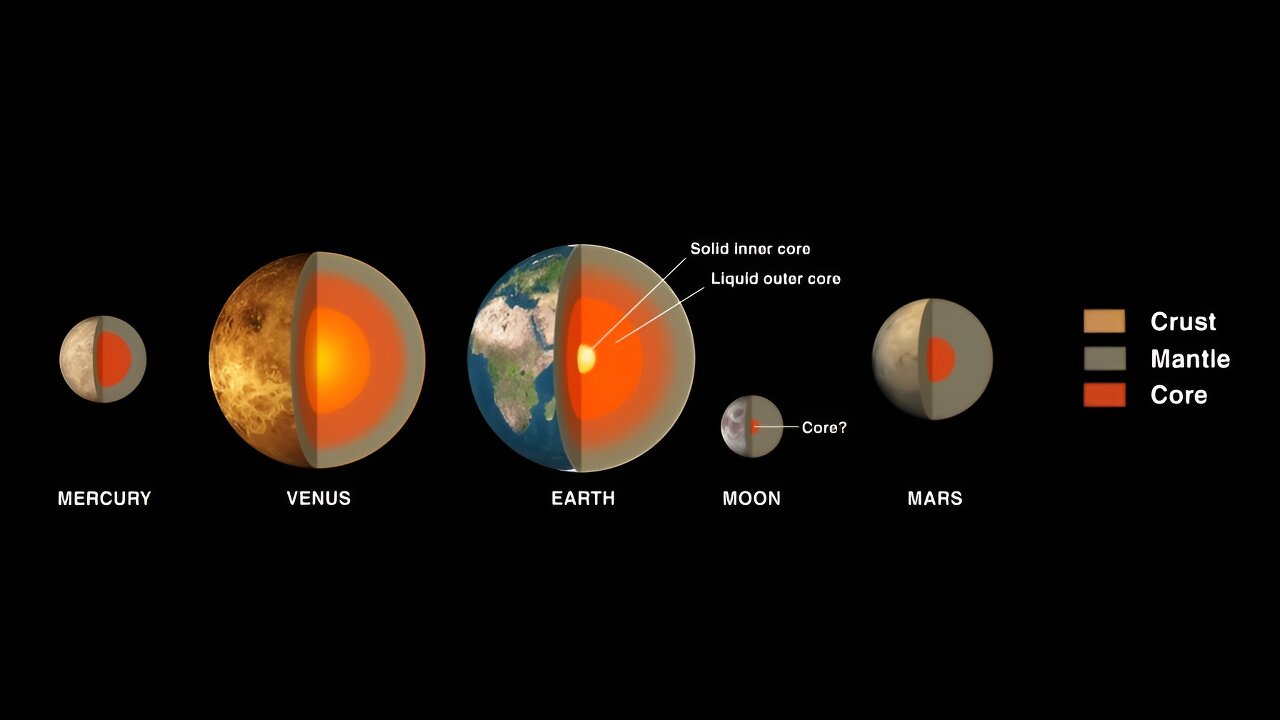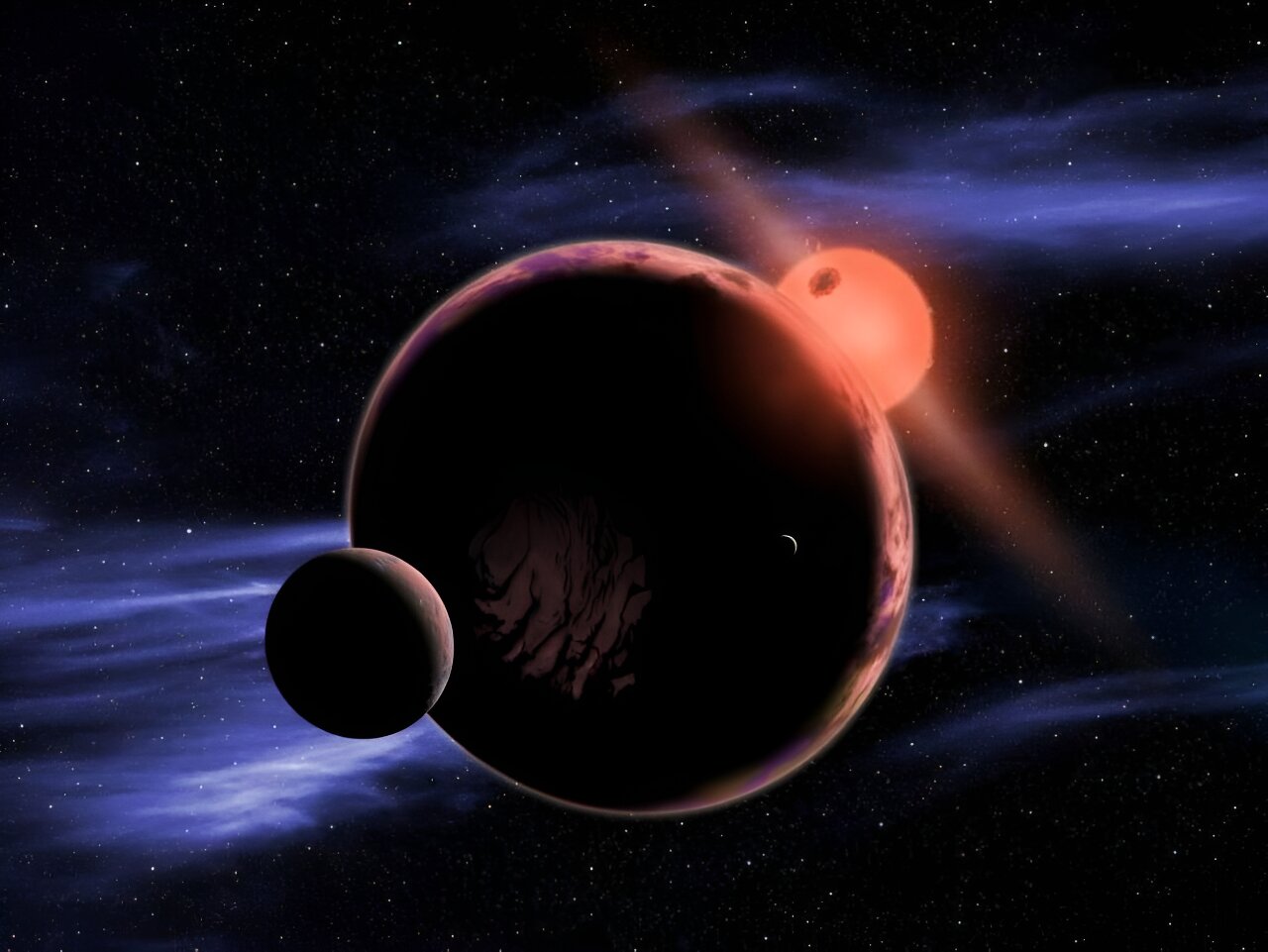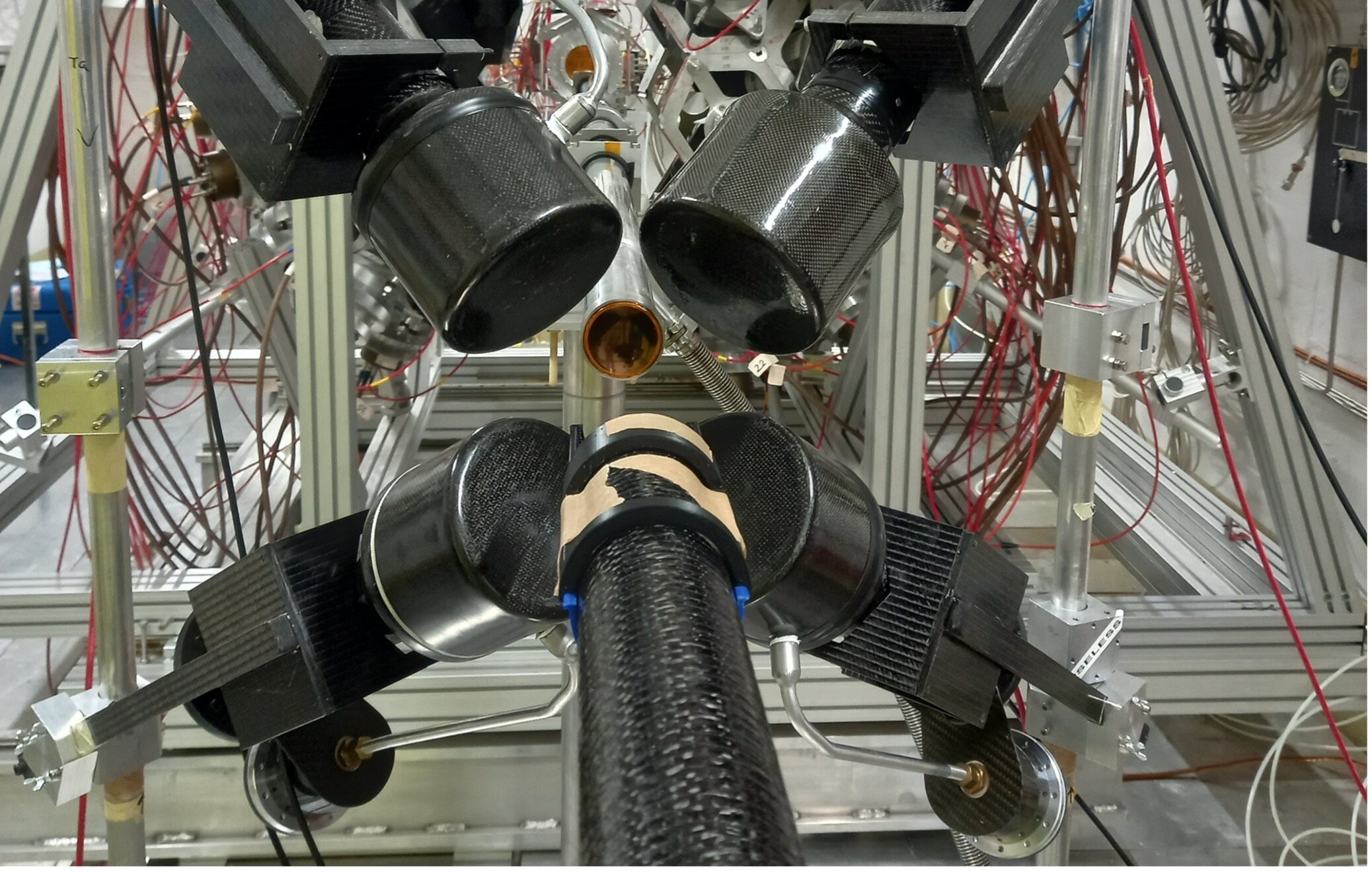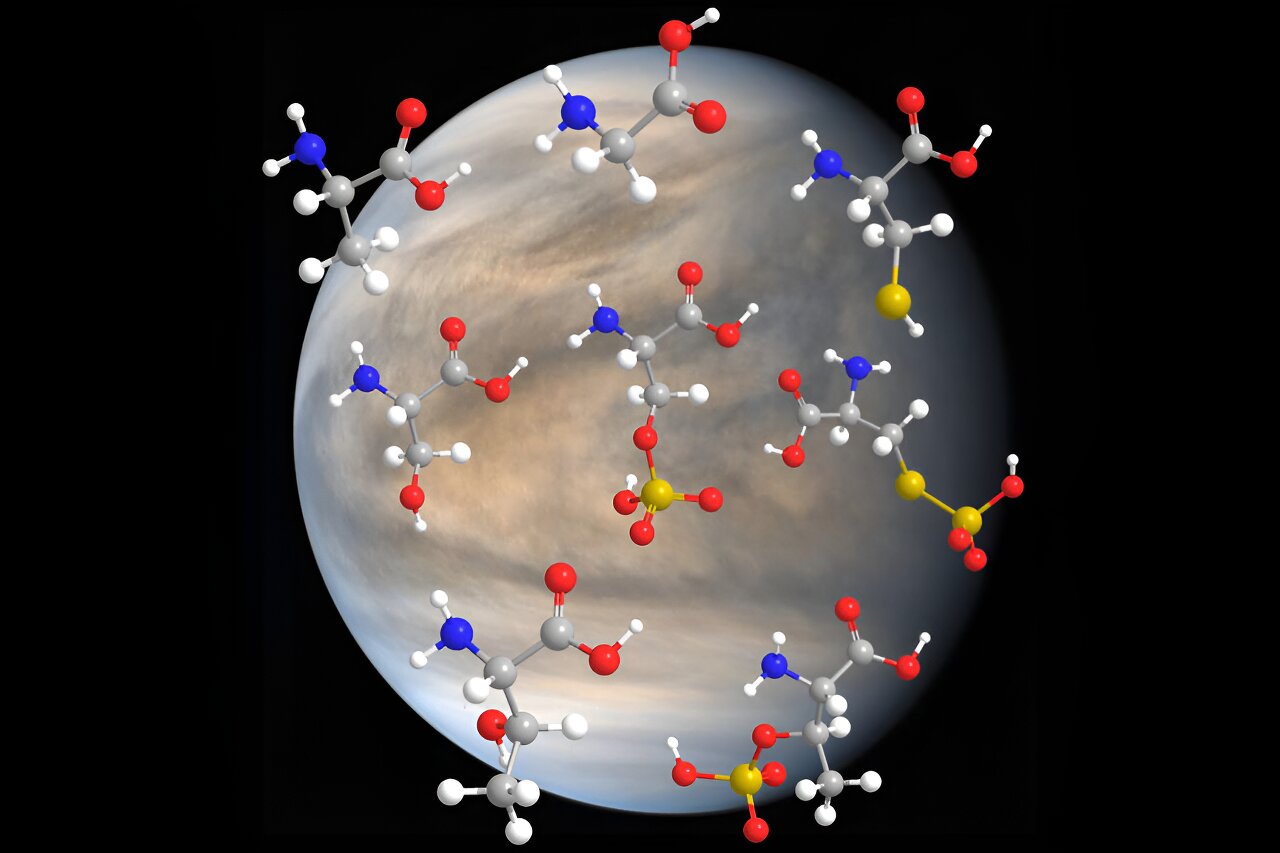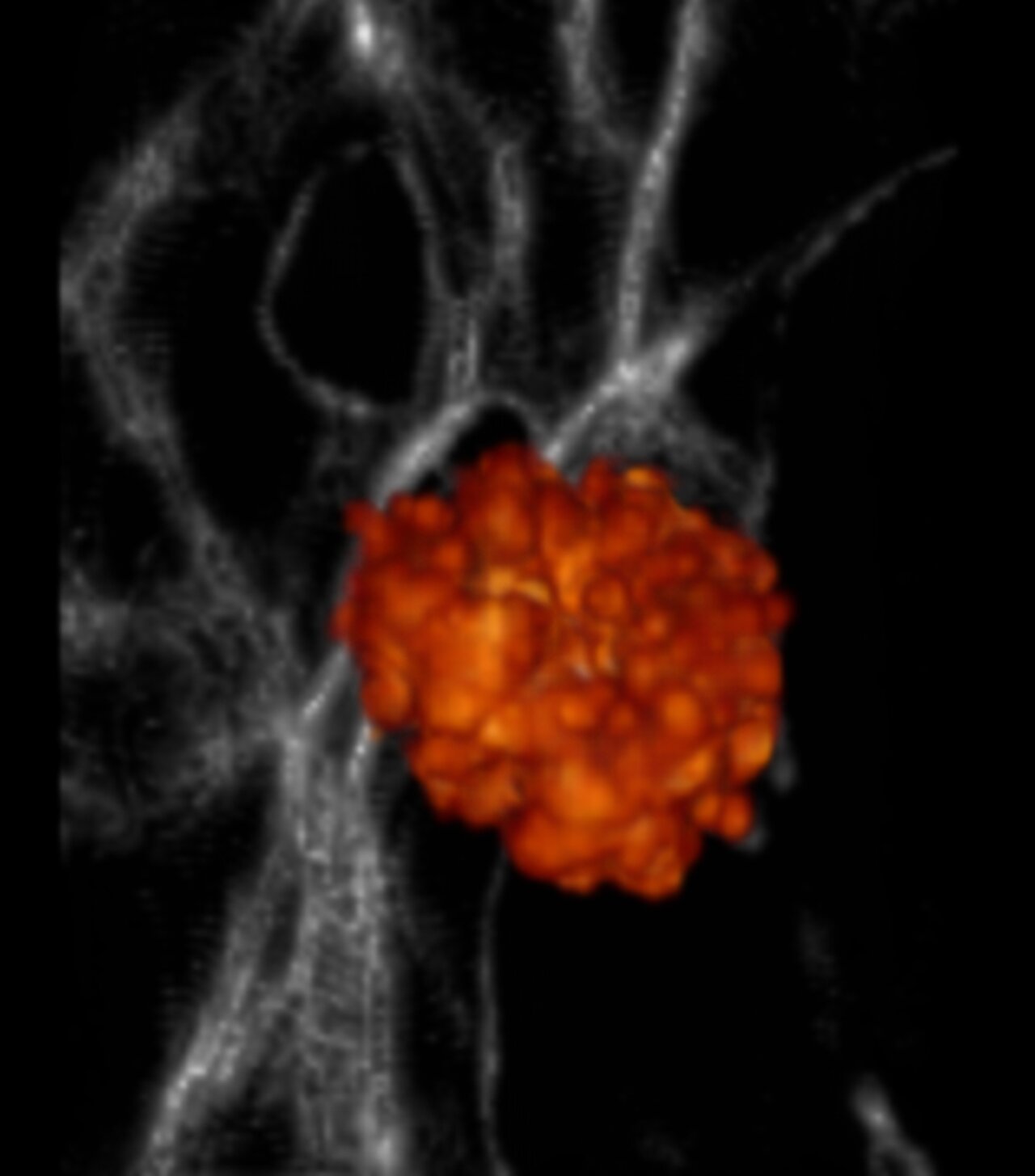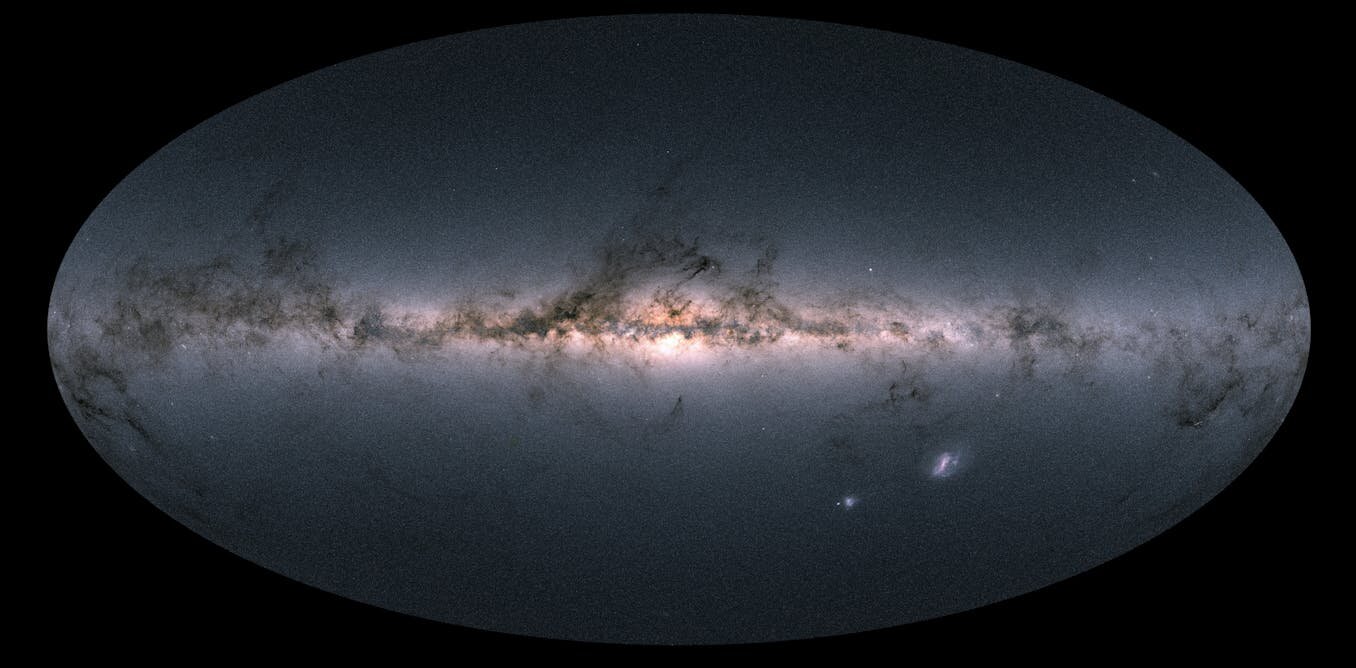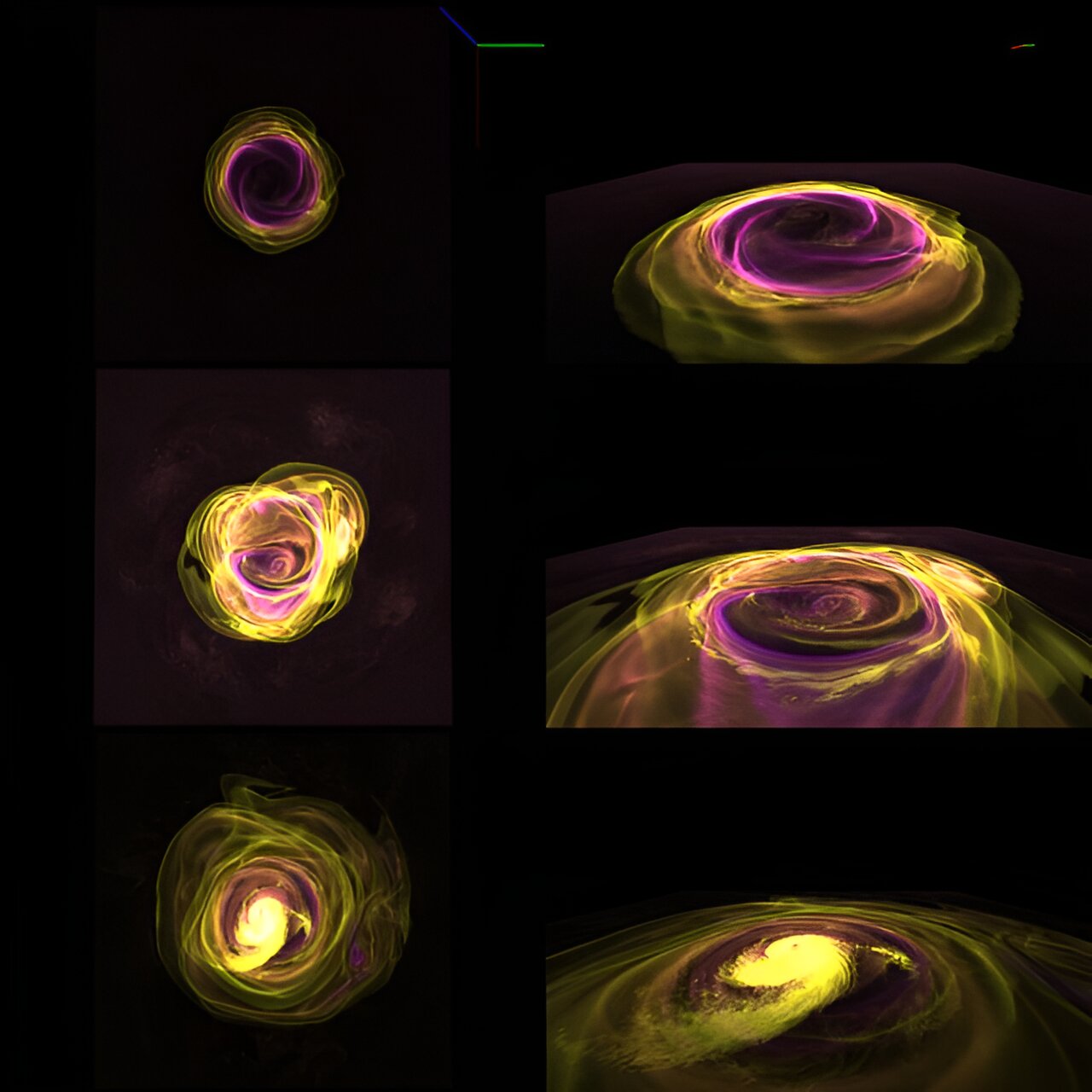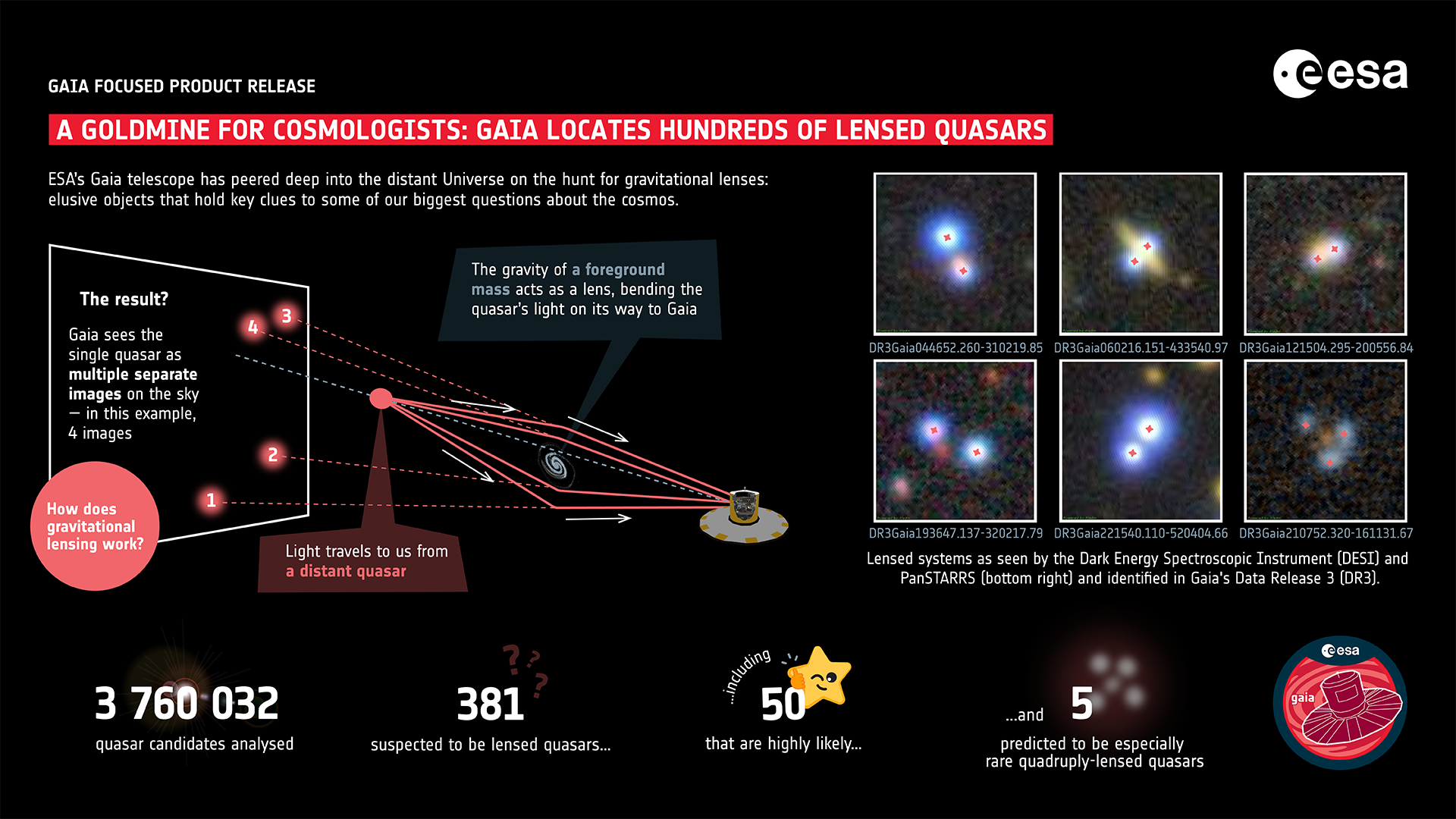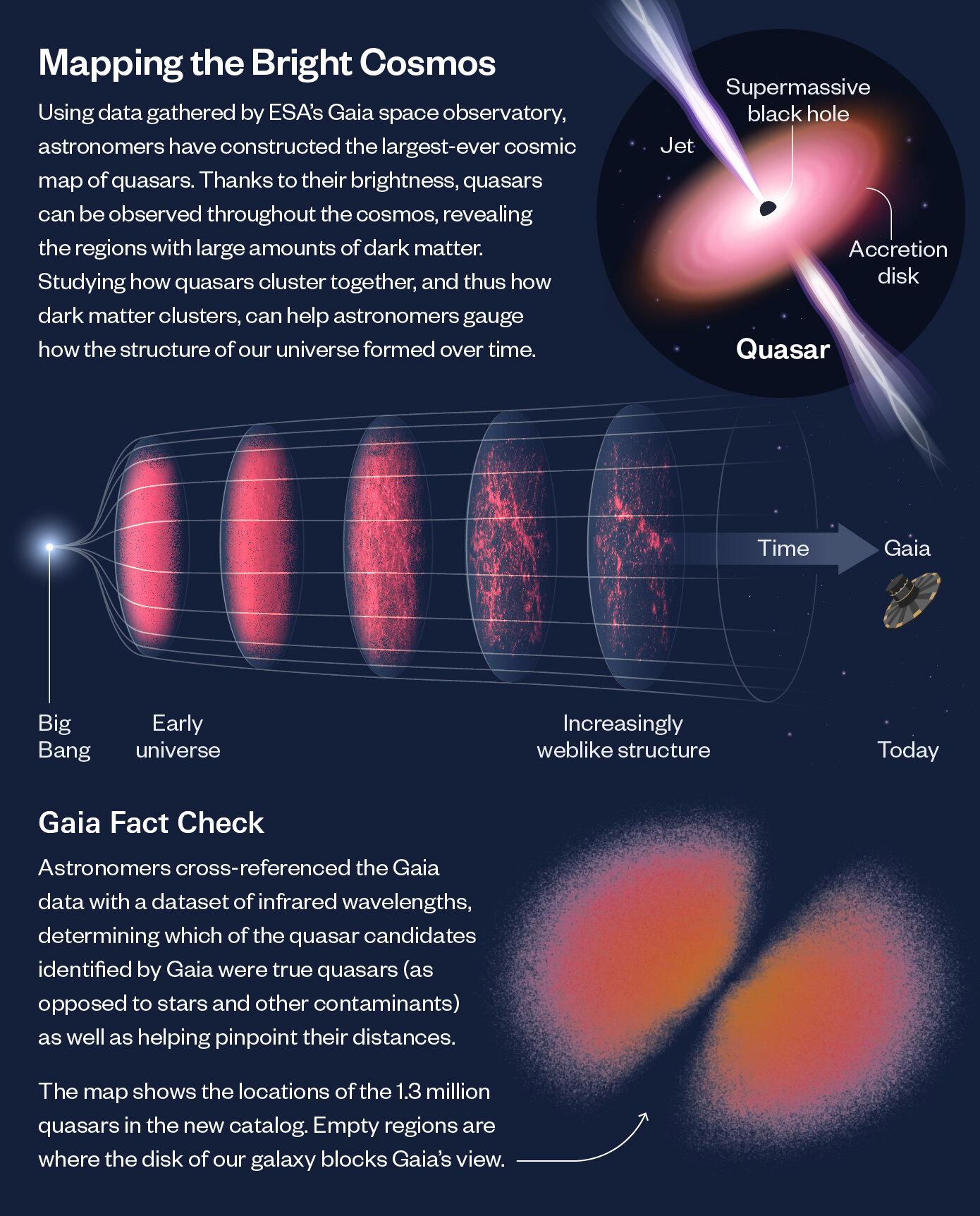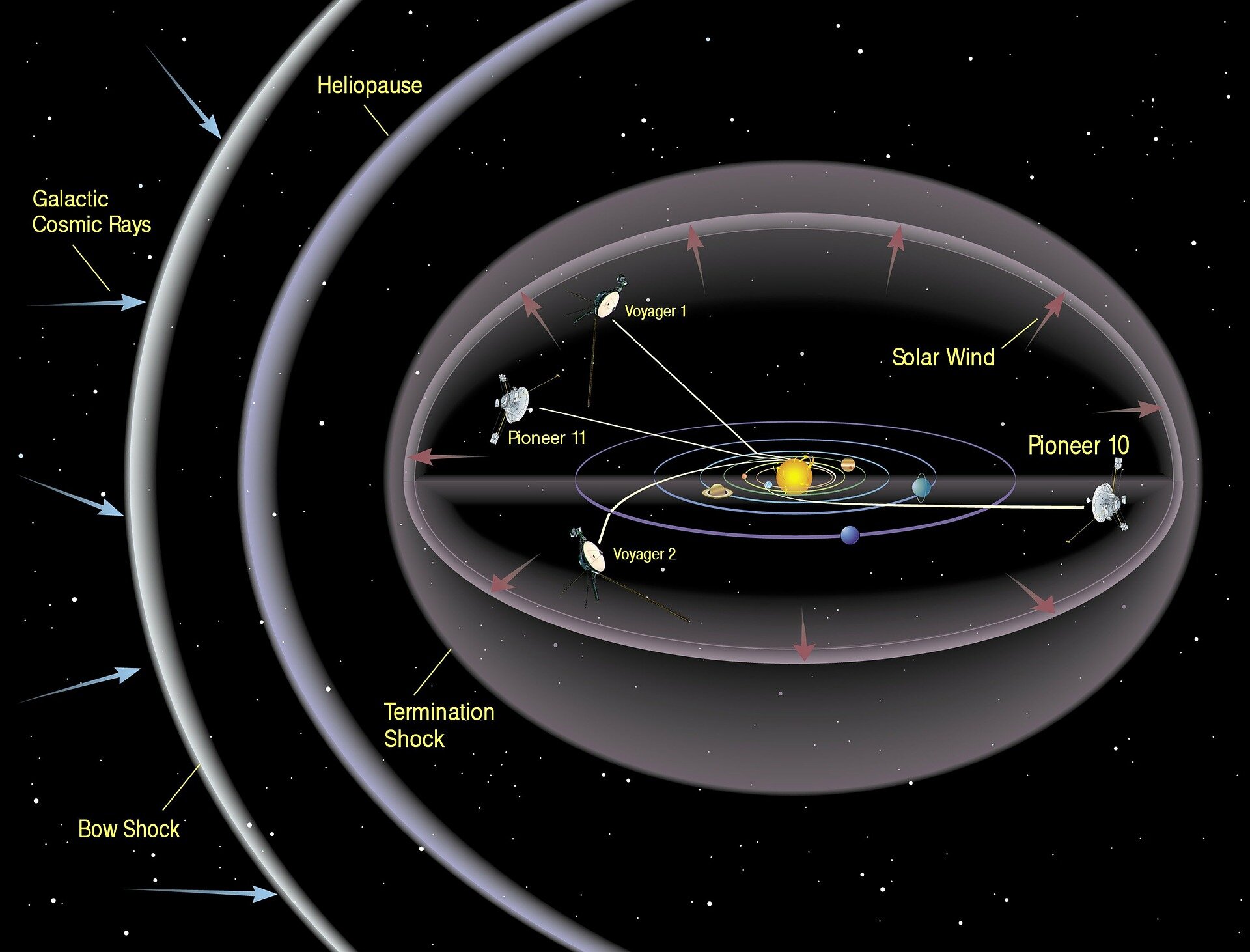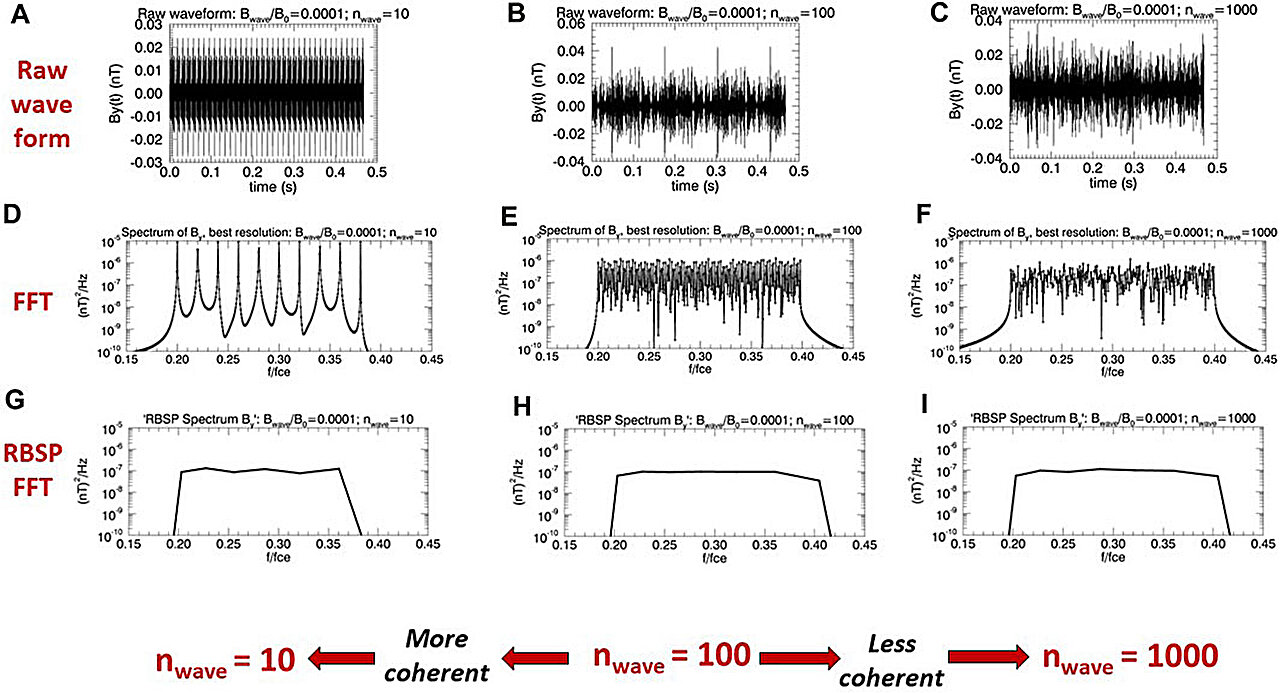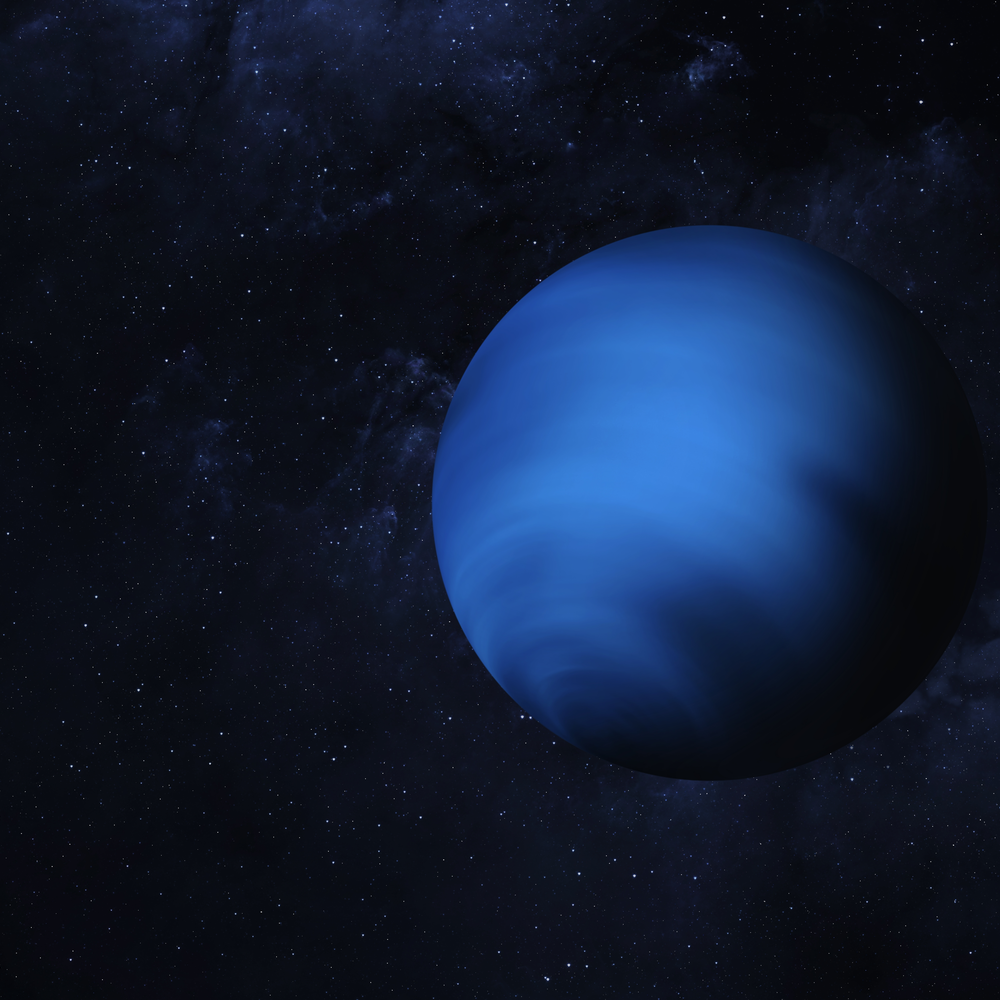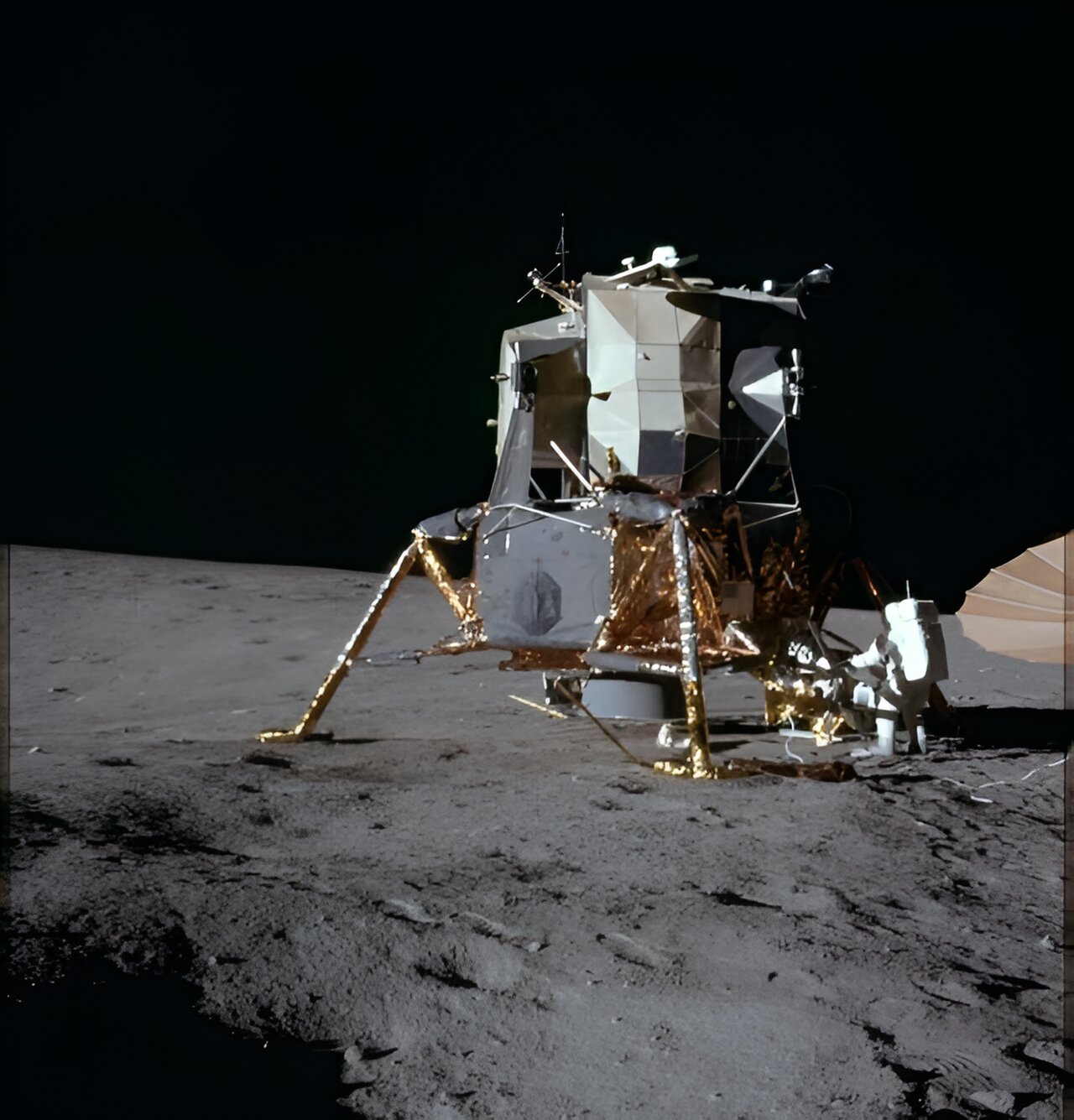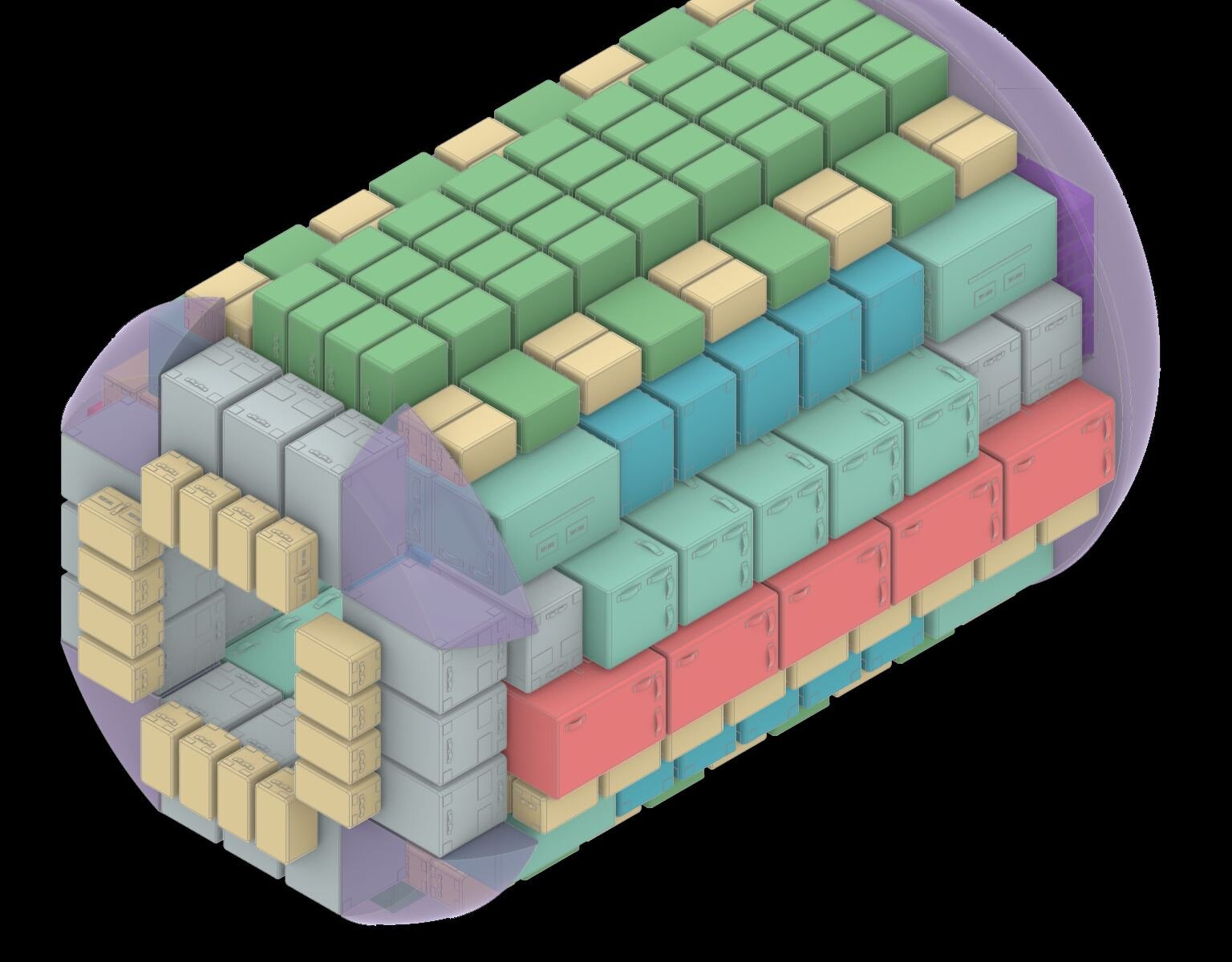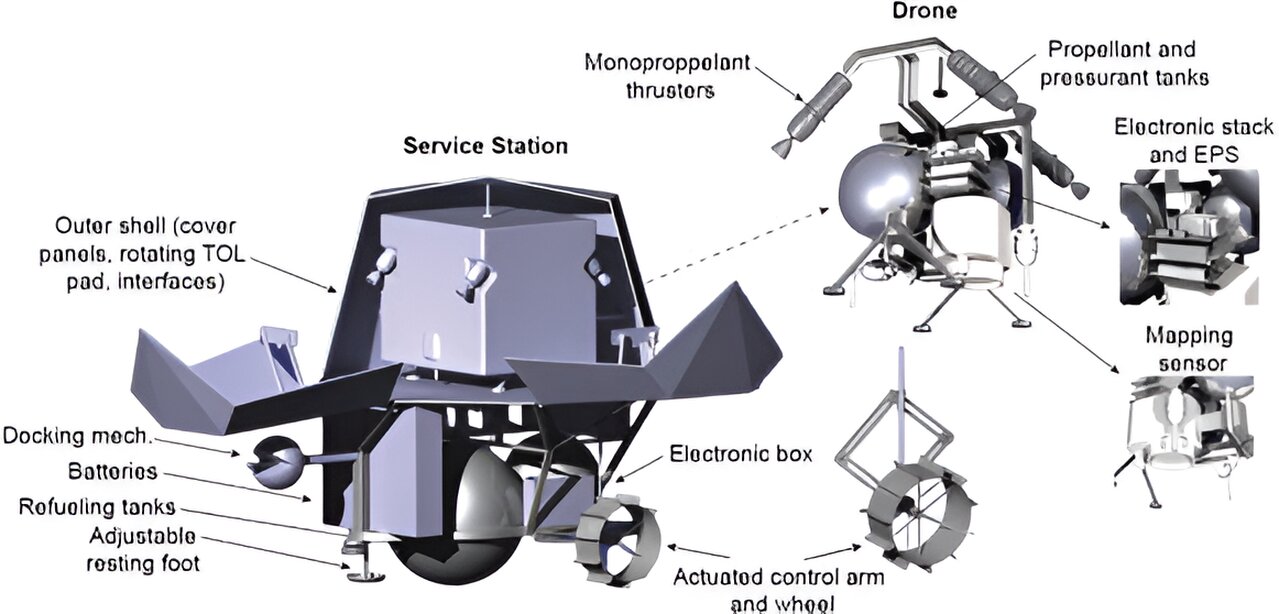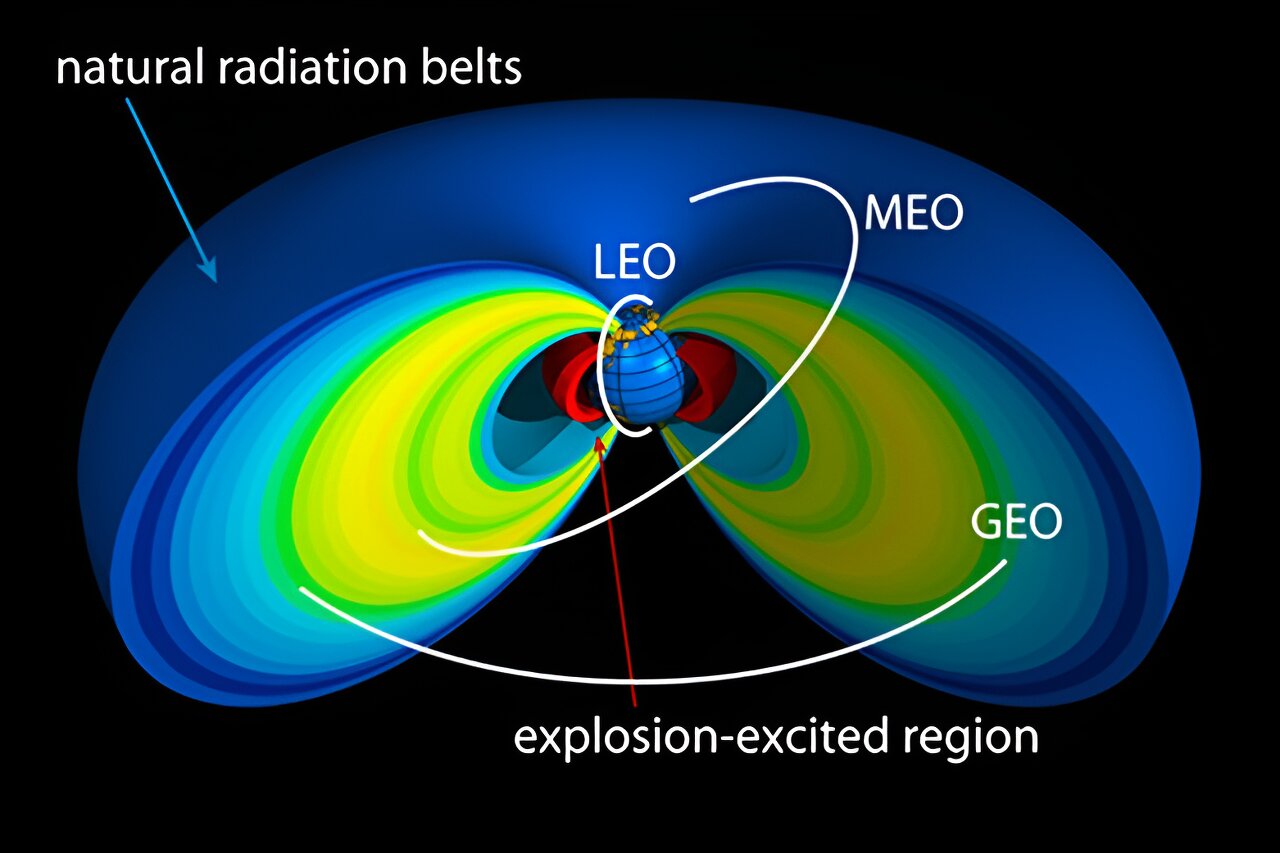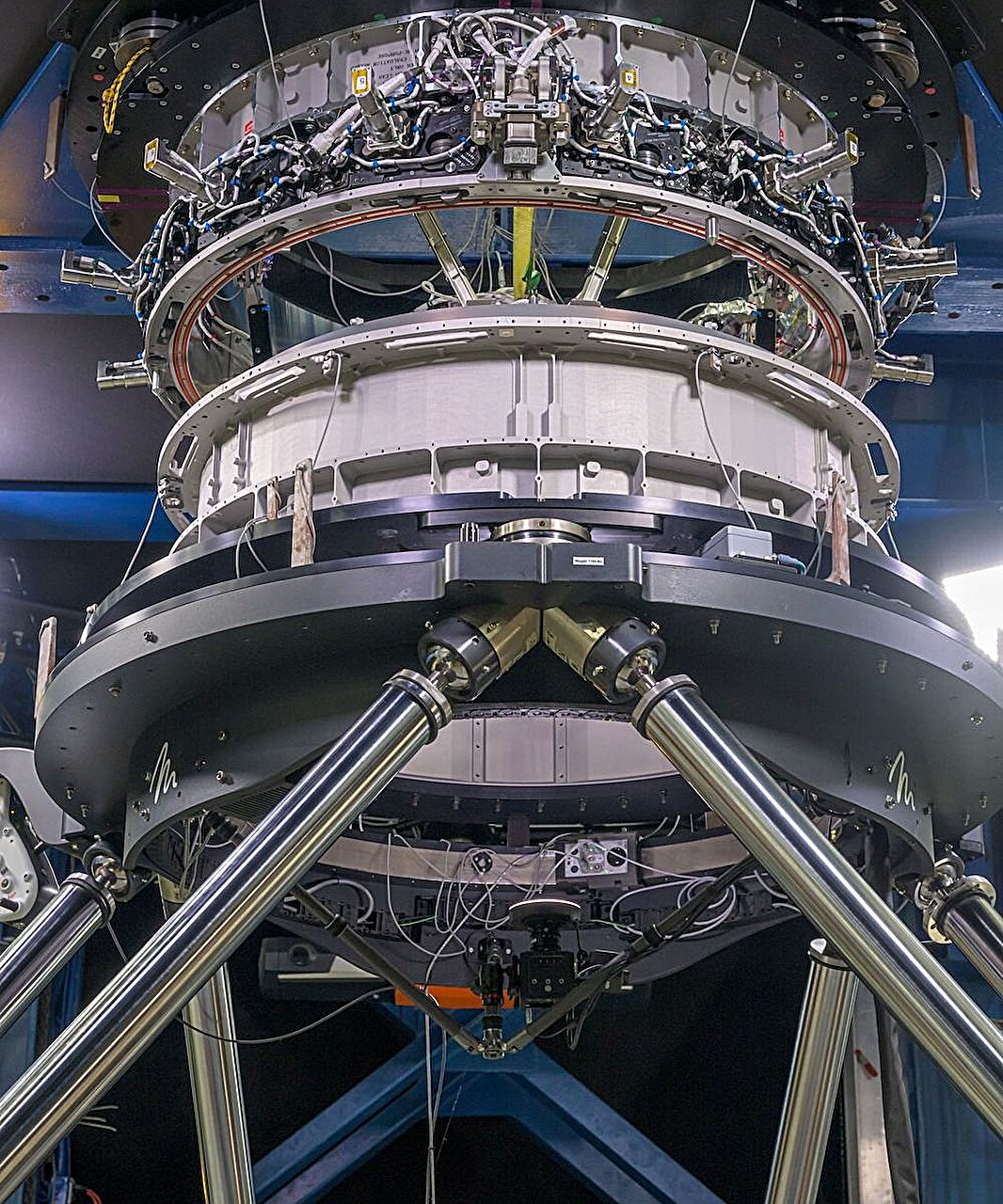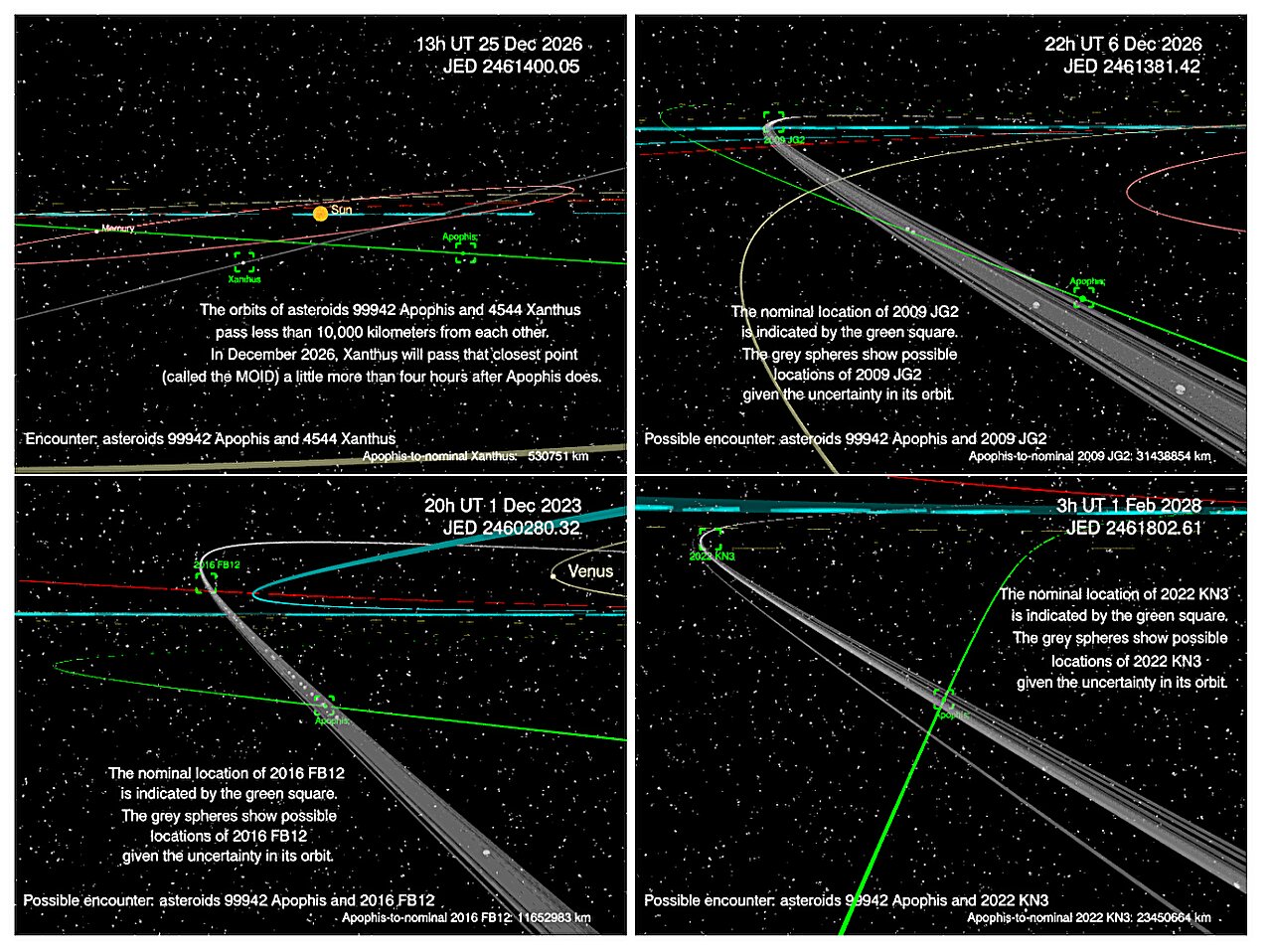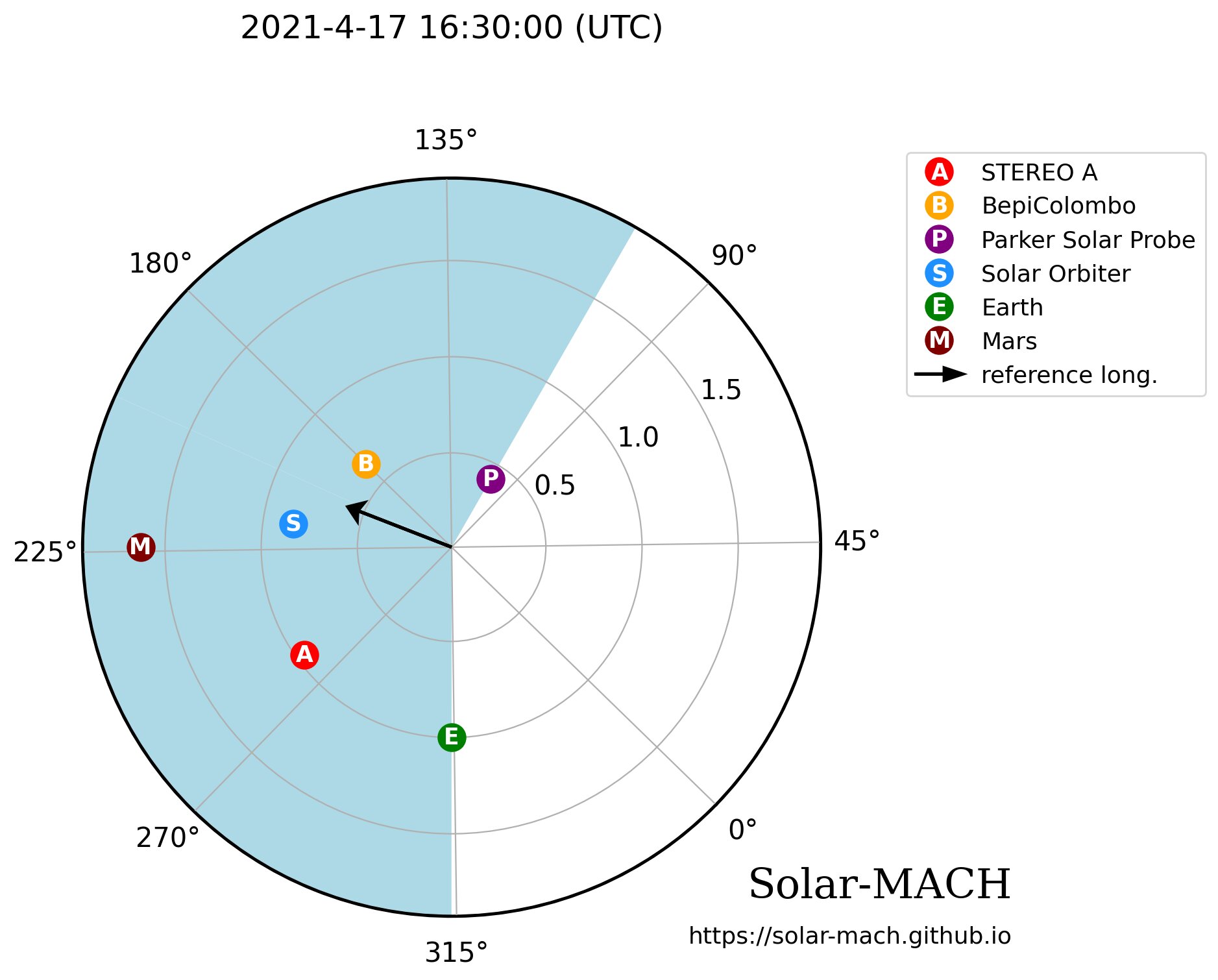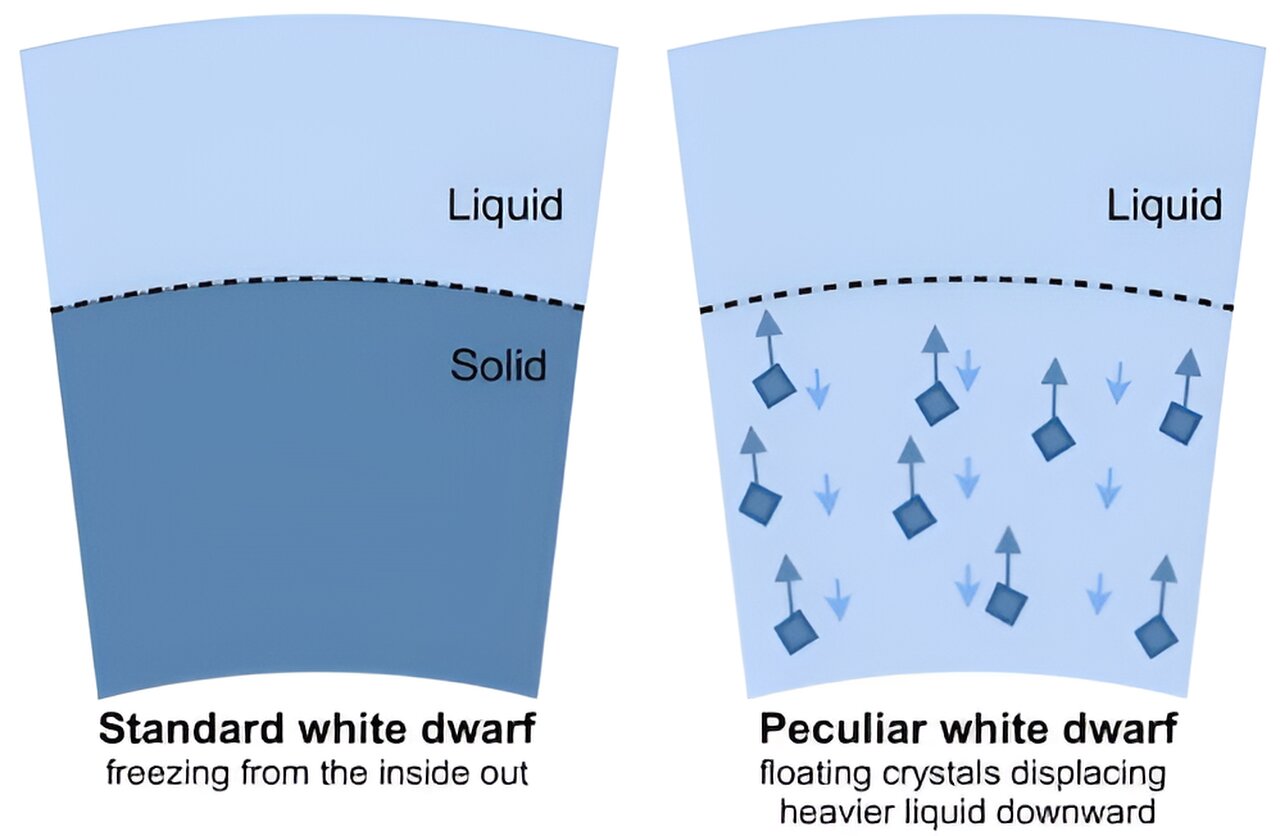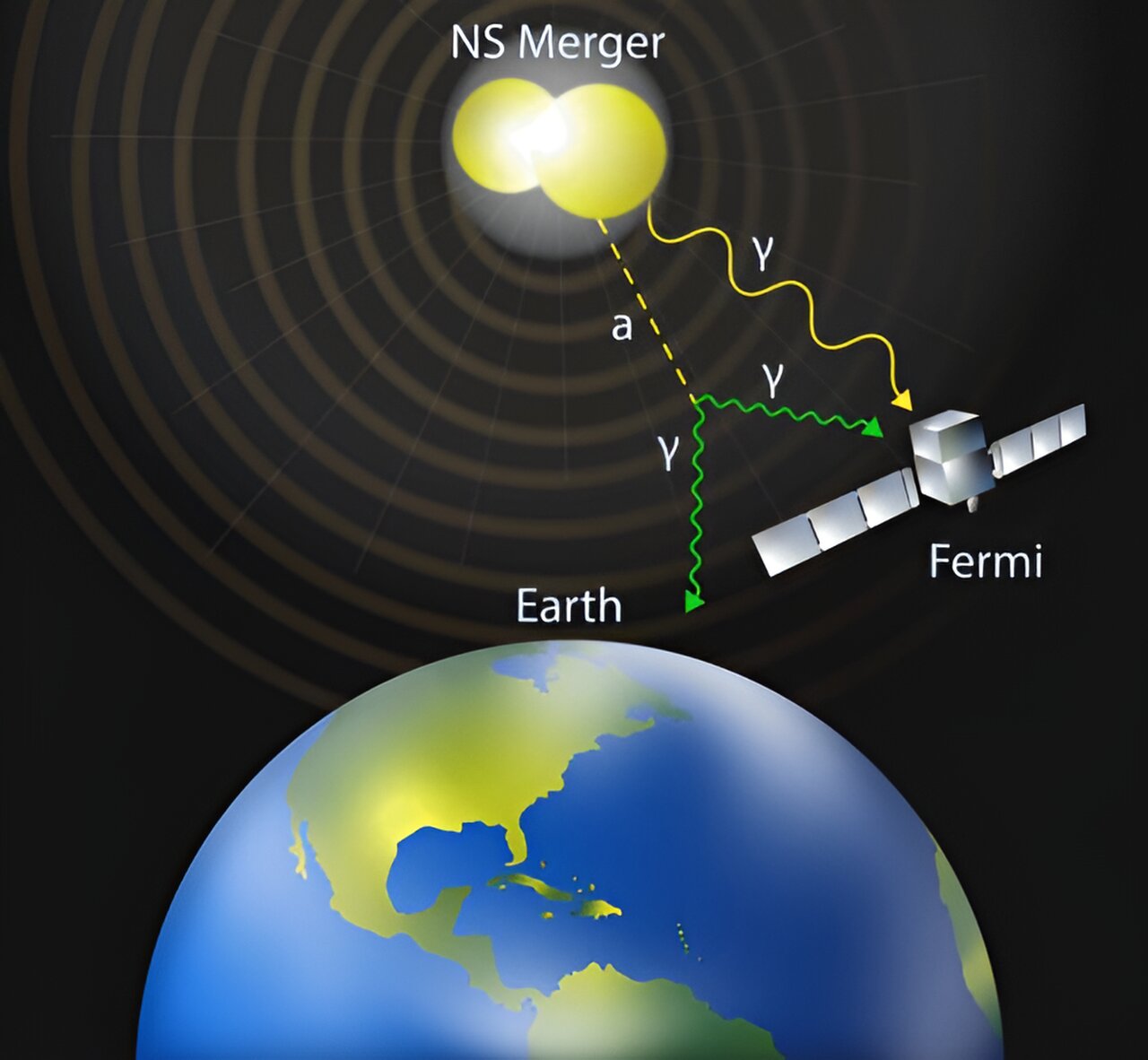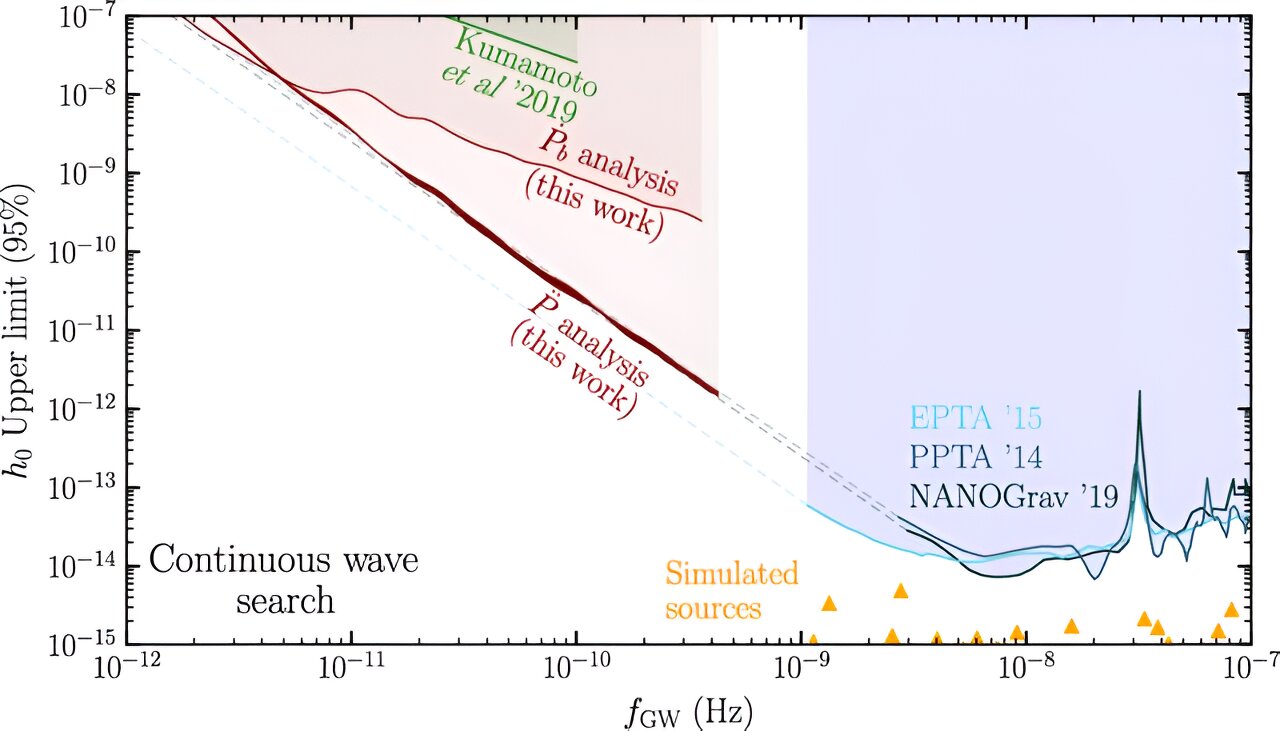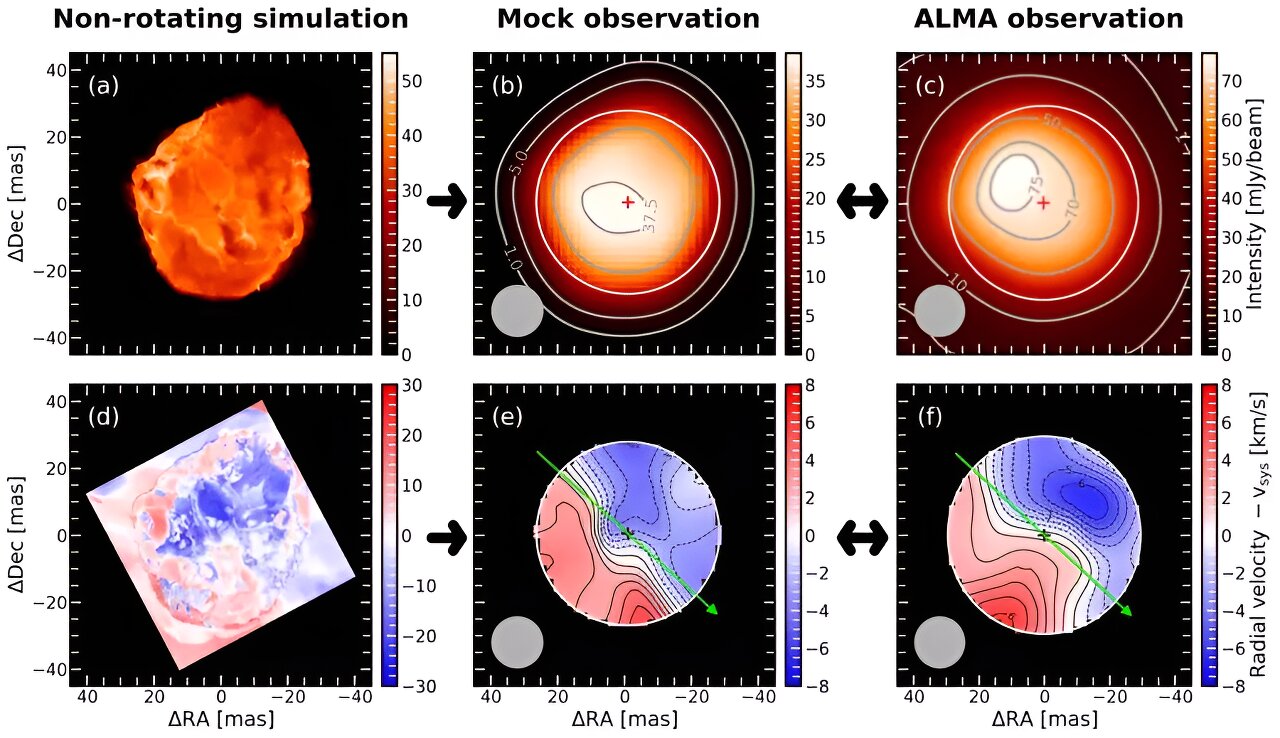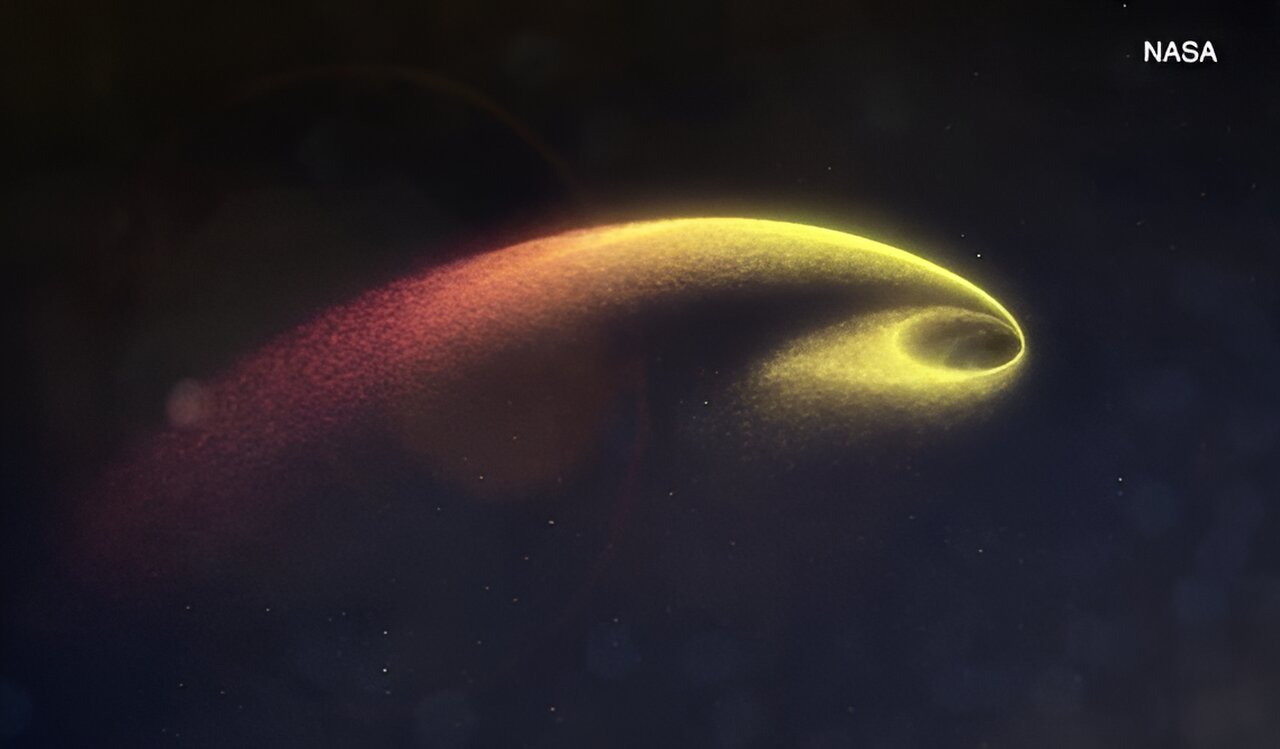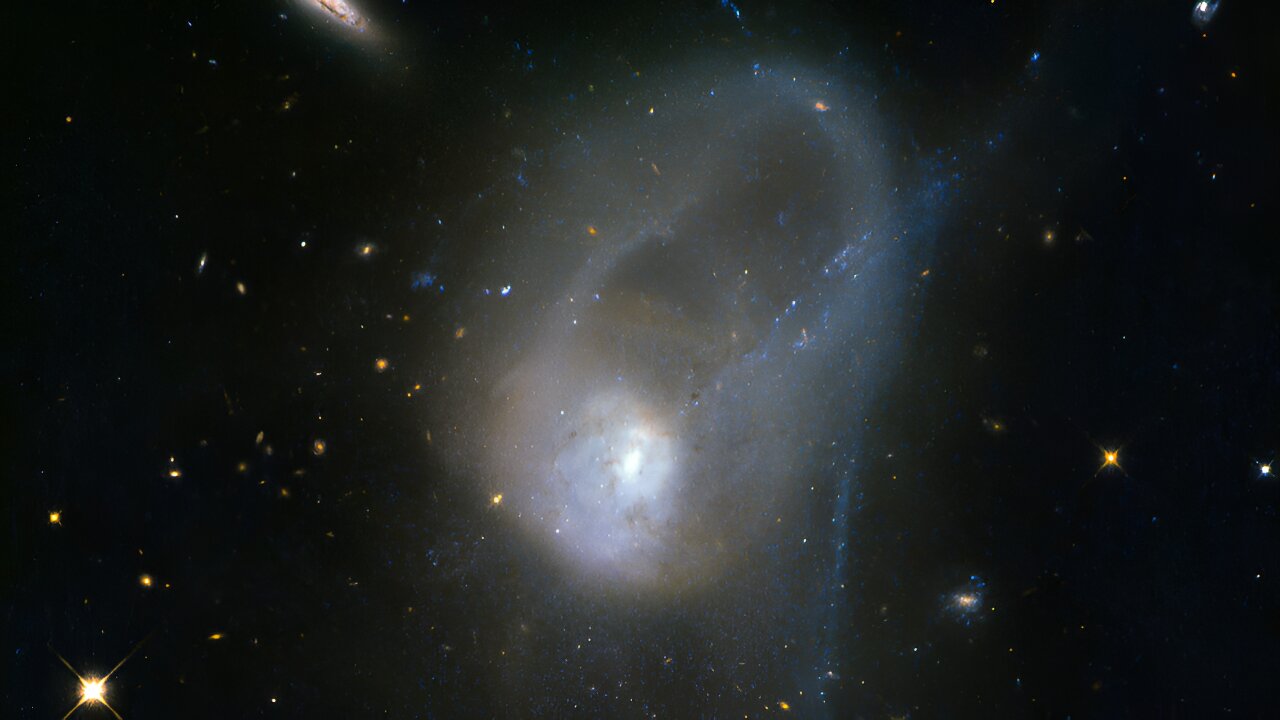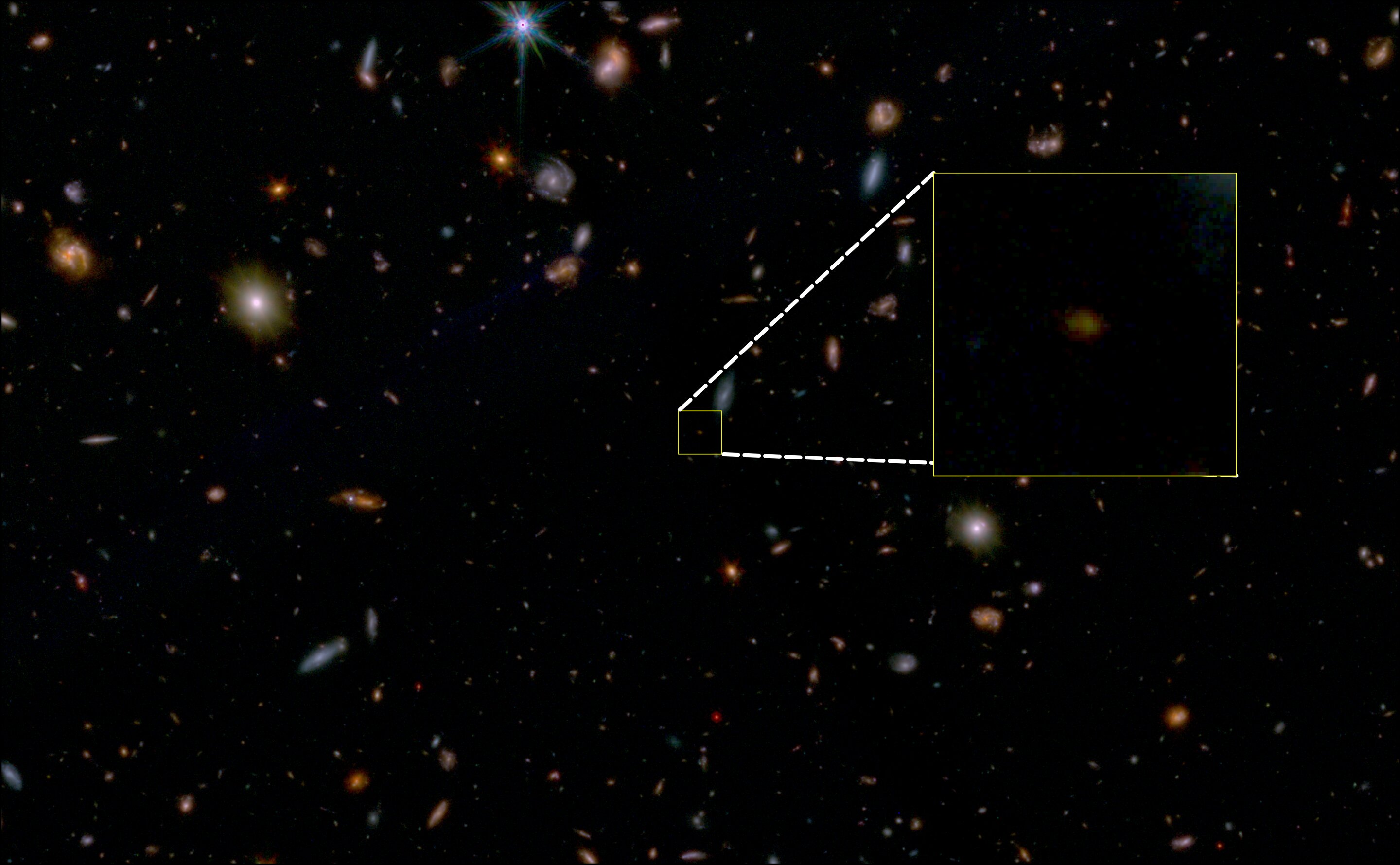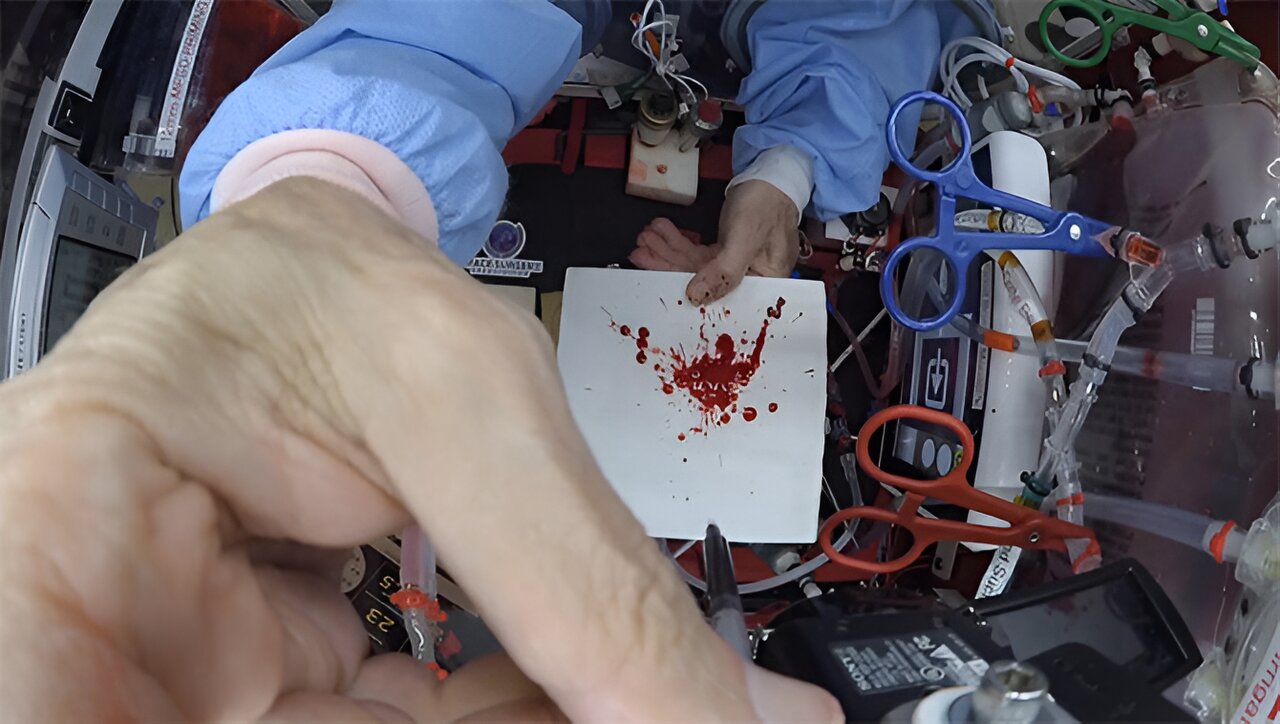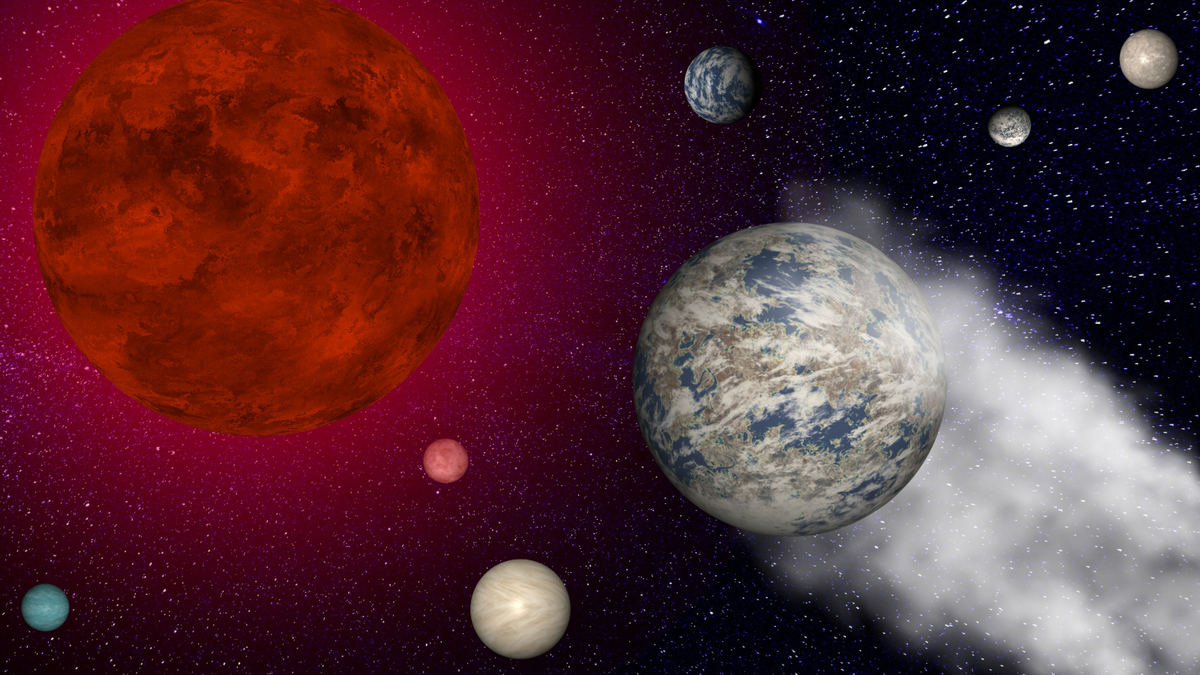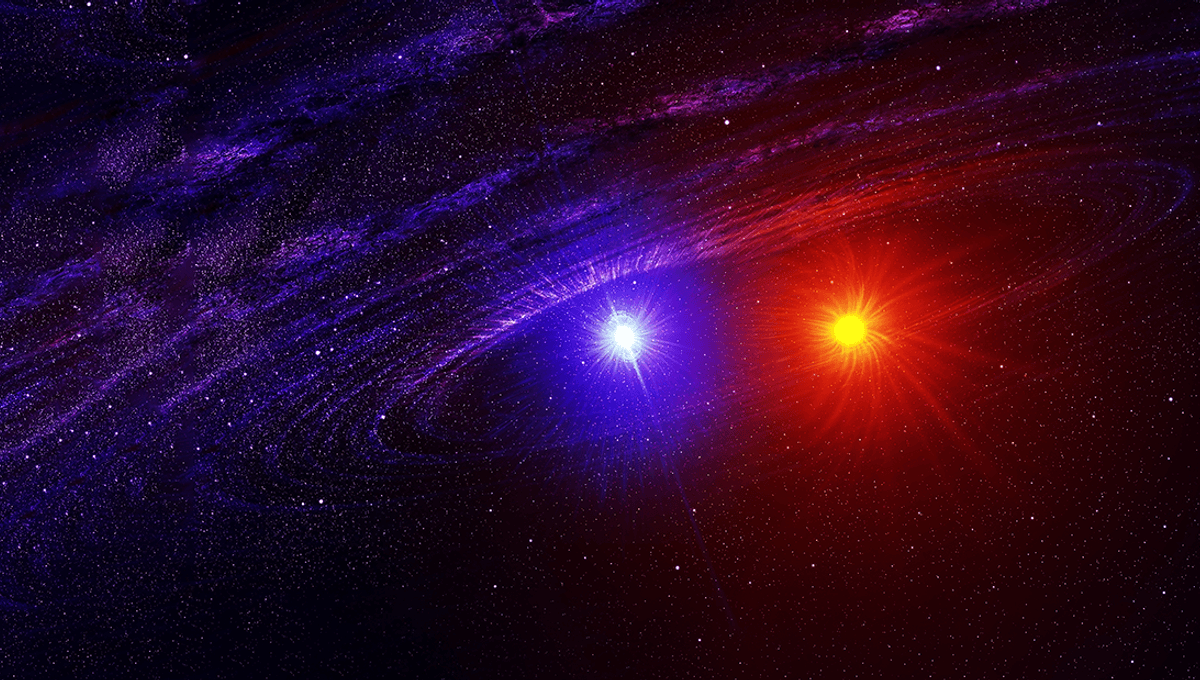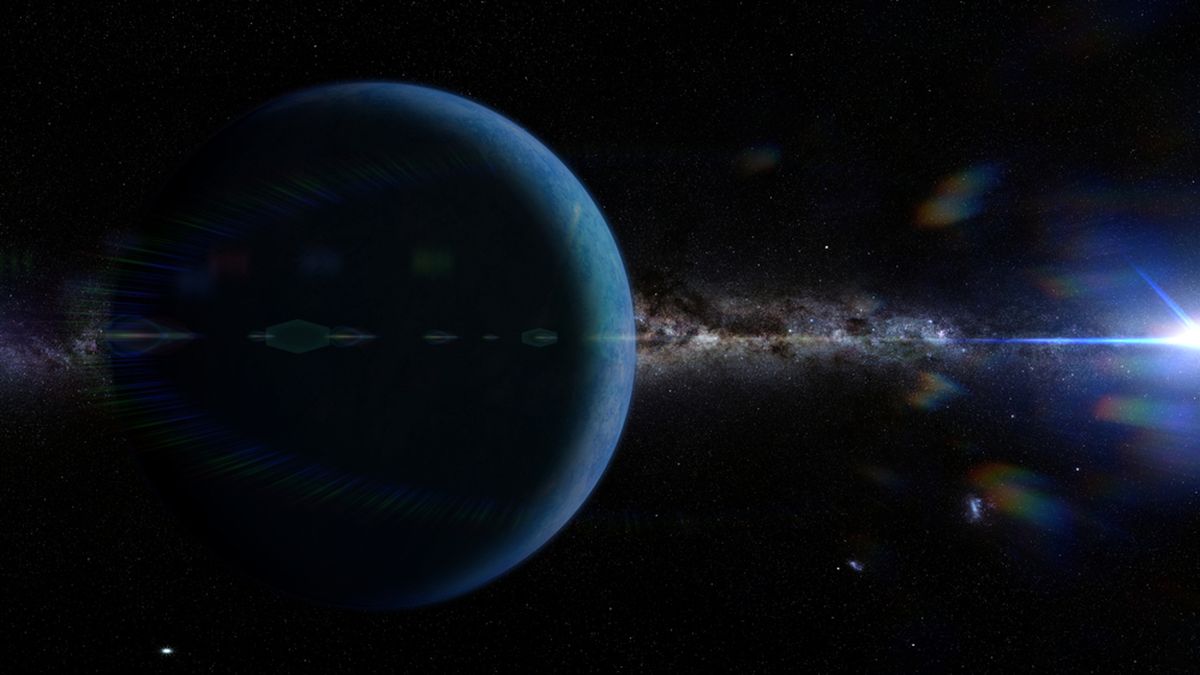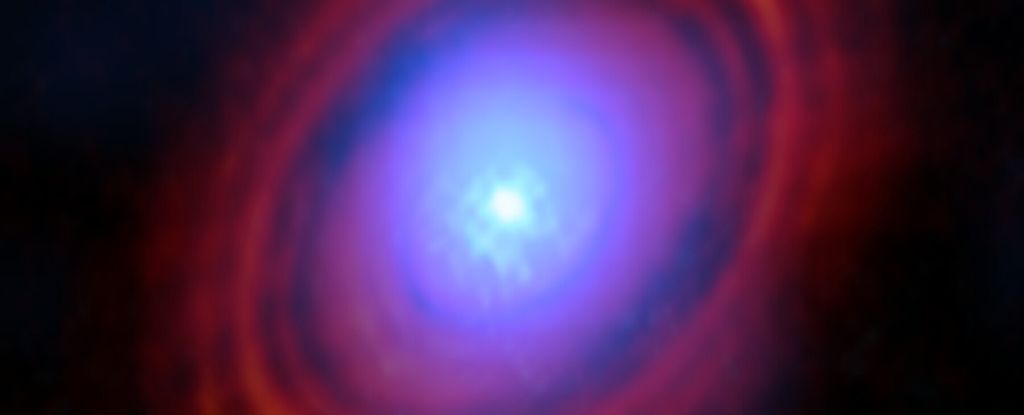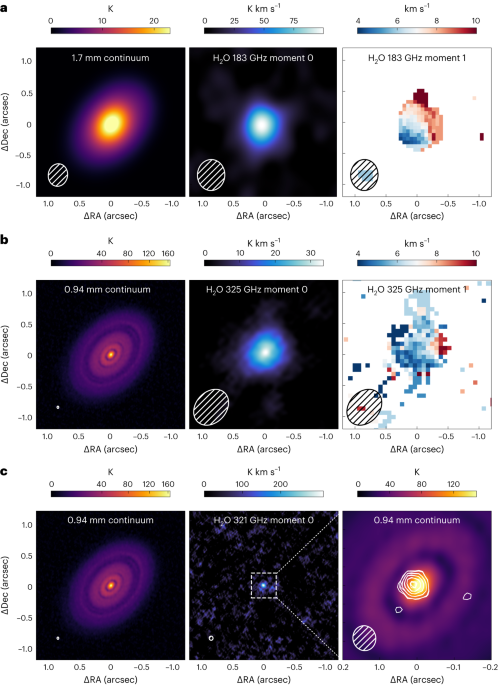The pendulum swings away from habitable planets around M dwarfs. Next month it may swing back again.
Quite a lively - and thankfully literate - discussion in the comments section.
The papers linked in the blog:
The first thermal emission measurements obtained with JWST favor low-density-atmosphere or bare-rock scenarios for the two inner planets. The detection of dense secondary atmospheres around the five outer planets could be achieved by transit transmission spectroscopy with JWST, but this will require addressing the critical problem of stellar contamination with more theoretical and observational work.
[It]
is unlikely that any significant atmosphere could survive for any extended amount of time around any of the TRAPPIST-1 planets. The assumptions used here allow us to generalise the results, and we conclude that the results tentatively indicate that this conclusion applies to all Earth-like planets in the habitable zones of low-mass M dwarfs.
On the third hand, as pointed out by Adam Crowl in the comments for the Centauri Dreams post:
We find that the stellar wind stripping that is expected to occur on TRAPPIST-1c over its lifetime can only remove up to ∼16 bar of CO2, less than the modern CO2 inventory of either Earth or Venus.
Therefore, we infer that TRAPPIST-1c either formed volatile-poor, as compared to Earth and Venus, or lost a substantial amount of CO2 during an early phase of hydrodynamic hydrogen escape. Finally, we scale our results for the other TRAPPIST-1 planets, finding that the more distant TRAPPIST-1 planets may readily retain atmospheres.
As mentioned in the studies above, only the atmospheres or lack of atmospheres on b and c have been observed yet. The five outer planets, which include up to three candidates for habitability, are yet to be studied in the same terms.
Yet, I emphasise.
However, from Wikipedia, which I think is worth noting:

en.wikipedia.org
It is estimated to be 7.6 billion years old, making it older than the Solar System.
What that implies is that the planets themselves are very old and plate tectonics may have shut down long ago on an earth-like world, which has significant (bad) implications for habitability.
However, tidal heating may substitute for that (from 2019 and 2020, before the most recent observations of b and c):
We show that TRAPPIST-1d and e can avoid entering a runaway greenhouse state. Planet e is the most likely to support a habitable environment, with Earth-like surface temperatures and possibly liquid water oceans. Planet d also avoids a runaway greenhouse, if its surface reflectance is at least as high as that of the Earth. Planets b and c, closer to the star, have heat fluxes high enough to trigger a runaway greenhouse and support volcanism on the surfaces of their rock layers, rendering them too warm for life. Planets f, g, and h are too far from the star to experience significant tidal heating, and likely have solid ice surfaces with possible subsurface liquid water oceans.

meetingorganizer.copernicus.org
Using a Maxwell viscoelastic rheology, we computed the tidal response of the planets using the volume-weighted average of the viscosities and rigidities of the metal, rock, high-pressure ice, and liquid water/ice I layers. After determining the possible interior structures, we computed the heat flux due to stellar irradiation and tidal heating for the inner four planets (Barr et al. 2018, Dobos et al. 2019). We found that planet e is the most likely to support a habitable environment, with Earth-like surface temperatures and possibly liquid water oceans. Planet d also avoids a runaway greenhouse state (in which it would irreversibly lose all of its surface water content), if its surface reflectance is at least as high as that of the Earth. Planets b and c have heat fluxes high enough to trigger a runaway greenhouse and to support volcanism on the surfaces of their rock layers. Planets f, g, and h do not experience significant tidal heating arising from the star, and likely have solid ice surfaces with possible subsurface liquid water oceans.
This concerns tidal heating arising from the star, not effects that the planets have on each other. Tentatively, it appears that those effects are minor.
According to the NASA press release, the Trappist planets are close enough (only a few million kilometers) that "the tidal forces between the planets are not negligible". The speaker says that this

astronomy.stackexchange.com
Do you see why I mentioned a pendulum?
Anyway, d and e look like the best candidates for further observations to determine habitability.


